- ~ Home
- ~ Camino Portugués (The Portuguese Way)
- Day Nineteen, Coastal Route, Caminha to Viladesuso
Jump to Camino Portugués Stages
Day Nineteen on the Coastal Route of the Camino Portugués
~ Caminha to Viladesuso (Mougás), 20.6 Kilometers (12.8 Miles)
Disclosure: the PilgrimageTraveler.com is an associate of Booking.com, Roamless, and Amazon. As associates of these merchants, we earn from qualifying purchases from our links.
Our day nineteen on the Coastal Route of the Camino Portugués was an adventure, first getting across the Minho River, then meeting up with our old Camino Primitivo friend at the maritime station in A Pasaxe and joining together for a glorious walk along the Spanish seacoast to her house in Viladesuso.
"A sweet friendship refreshes the soul and awakens our hearts with joy, for good friends are like the anointing oil that yields the fragrant incense of God's presence." Proverbs 27:9
🙋♀️ Why Trust Us at the Pilgrimage Traveler?
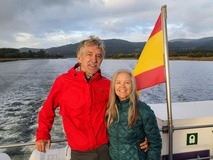
We’re not a travel agency ~ we’re fellow pilgrims! (See About Us)
We've trekked Pilgrimage Routes Across Europe since 2014!
💬 We’ve:
- Gotten lost so you don’t have to. 😉
- Followed waymarks in the glowing sunlight, the pouring rain and by moonlight. ☀️🌧️🌙
- Slept in albergues, hostels & casa rurals. Ate and drank in cafés along the way. 🛌 😴
- Created comprehensive and downloadable GPS maps and eBook Guides, full of must-have information based on real pilgrimage travels. 🧭 🗺️
- Shared our complete journeys, step by step to help YOU plan your ultimate pilgrimage and walk with your own Heart and Soul. 💙✨
Every detail is from our own experiences. Just fellow pilgrims sharing the Way. We have added a touch of spirituality, heartfelt insights and practical guidance from the road ~ offering a genuine connection to the spirit of pilgrimage. Tap into the wisdom of seasoned pilgrims!
Ultreia and Safe Pilgrimage Travels, Caminante! 💫 💚 🤍
Map and Stats of Day Nineteen, Coastal Route, Camino Portugués
Here is my Google, interactive map of our GPS tracks. Open the map, zoom in/out and use it just like you always would! I have placed many services on the map, including accommodations, supermarkets, cafés, churches and other places of interest. You can see that after A Guarda, the Coastal and the Senda Litoral are one and the same routes for the remainder of the day.
To see the information on the short diversion of 8.0 kilometers on the Senda Litoral, which adds about 3.3 kilometers to the day, click here.
Here is our elevation profile for the day, for the Coastal Route in blue on the map above. (For the 2.5 kilometer addition to Mougás, see day twenty.) You can see that there are several significant climbs along the Coastal, the first immediately from the dock area, but nothing really problematic.
👣 Camino Portugués eBook Guides
Enjoy all the valuable info from our web pages ~ offline, ad-free, and beautifully formatted, including our photos. Why carry a heavy guidebook when you can use a nimble digital version on your device?
Our guides are frequently updated and uniquely entertaining, as we share our own Camino story along the way.
📲 Instant download. 💸 Money-back guarantee. 🔄 Free updates for 1 year.
Buy only what you need ~ or grab all four for the price of three (25% savings). Click here for more information or BUY NOW at only 17.85!
Jump to Camino Portugués Stages
Photo-Rich Travelogue of Day Nineteen, Coastal Route, Camino Portugués
We left the Residencial Galo d'Ouro early, to have our breakfast at the Café Central in the main square. We ate hearty, because the food was inexpensive, the place was actually open early and they had marvelous choices of pastries, sandwiches and empanadas.
If you need to back track to find the Taxi Boat Peregrinos walk along the waterfront, below, the Avenida Doutor Dantas Carneiro, with a nice sidewalk along the river. You are actually doing the Sendal Litoral for day eighteen in reverse.
Walk about 1.9 kilometers until the road veers off, but where you stay straight at a quay-like wall to continue to follow the waterfront, below. Walk on past the clump of buildings, shown in the background of the photo.
Next, you join a very nice boardwalk, shown in this photo along the mouth of the Minho River. It is about a 750 meter walk after the boardwalk begins, that you will find the new Taxi Boat Peregrinos service. Look for their signs right along the boardwalk.
Otherwise, walk to the far north end of Caminha and make your way to the docks to board one of the taxi boat services there. We chose the Xacobeo Transfer taxi boat, on the far right side of the dock at their small sign.
The other taxi boat provider, the Taximar, has its station in the old ferry station building and wishes to command the services from the dock. However, as noted above, the Xacobeo Transfer boats come to the dock as well. There appears to be a bit of a war between the two. Make sure you know which service you are using and where the boats arrive. Just ask the skippers on the boat.
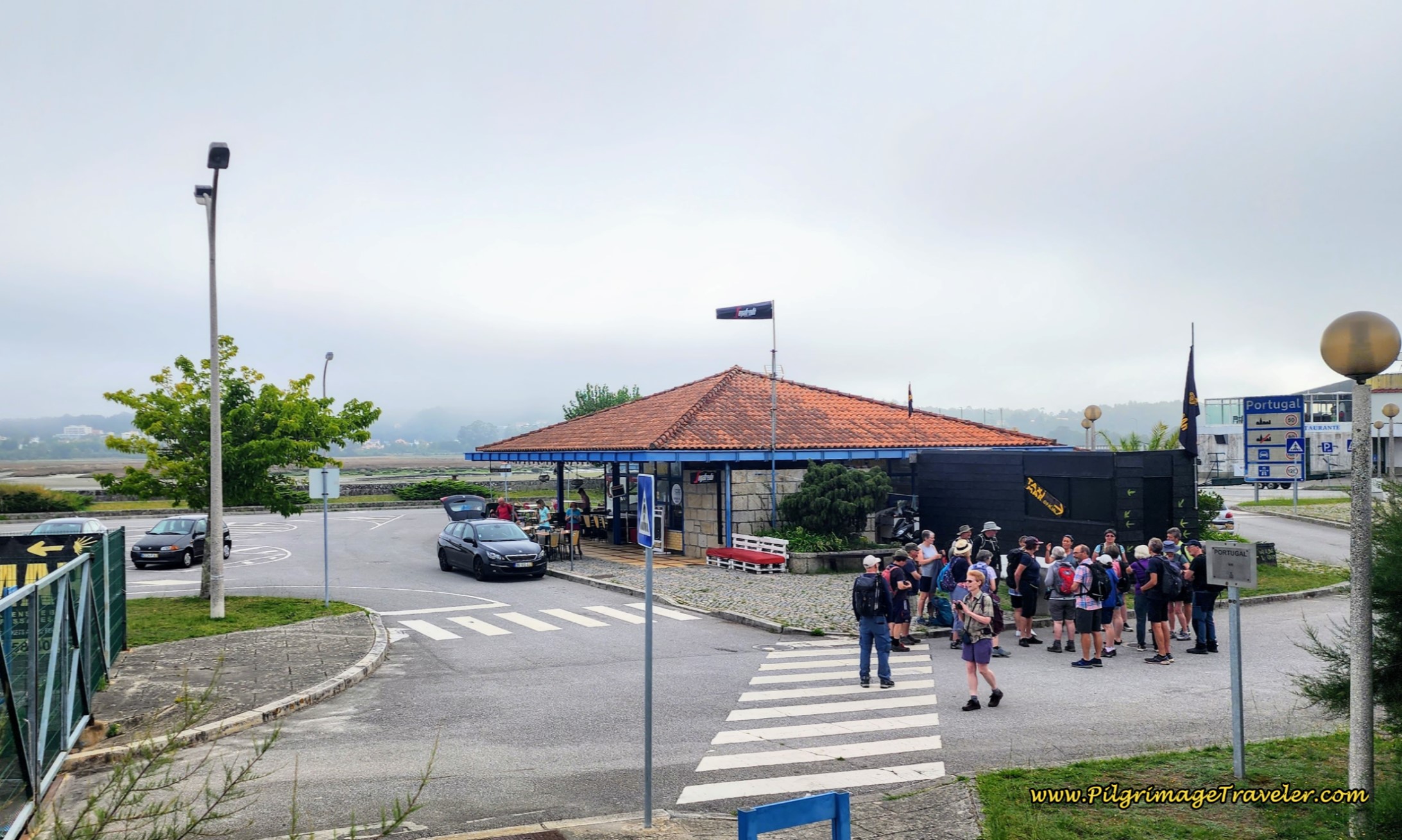 Taximar Station in Old Ferry Boat Station
Taximar Station in Old Ferry Boat StationThe ride over from Caminha to A Pasaxe, Spain takes about 15-20 minutes. The Xacobeo Transfer boats run back and forth, taking pilgrims as fast as they can. We scheduled and paid online and had our names checked against the skipper’s piece of paper. I am not sure if they take cash on the spot (six euros each), but their launching area is very hard to find at the end of the dock and is designated by a small sign.
When the boat lands on the other side, you have arrived in Spain! Just remember that Spain is one hour later than Portugal, so you will lose an hour.
We met our pilgrim friend, Glyvia, from Viladesusuo, at the maritime station dock. It was a glorious reunion among old pilgrim friends! Our plan was to walk together to her house.
We set off and up the hill across from the maritime station, on a street called O Palomar. This climb uphill went for a ways and was a bit strenuous.
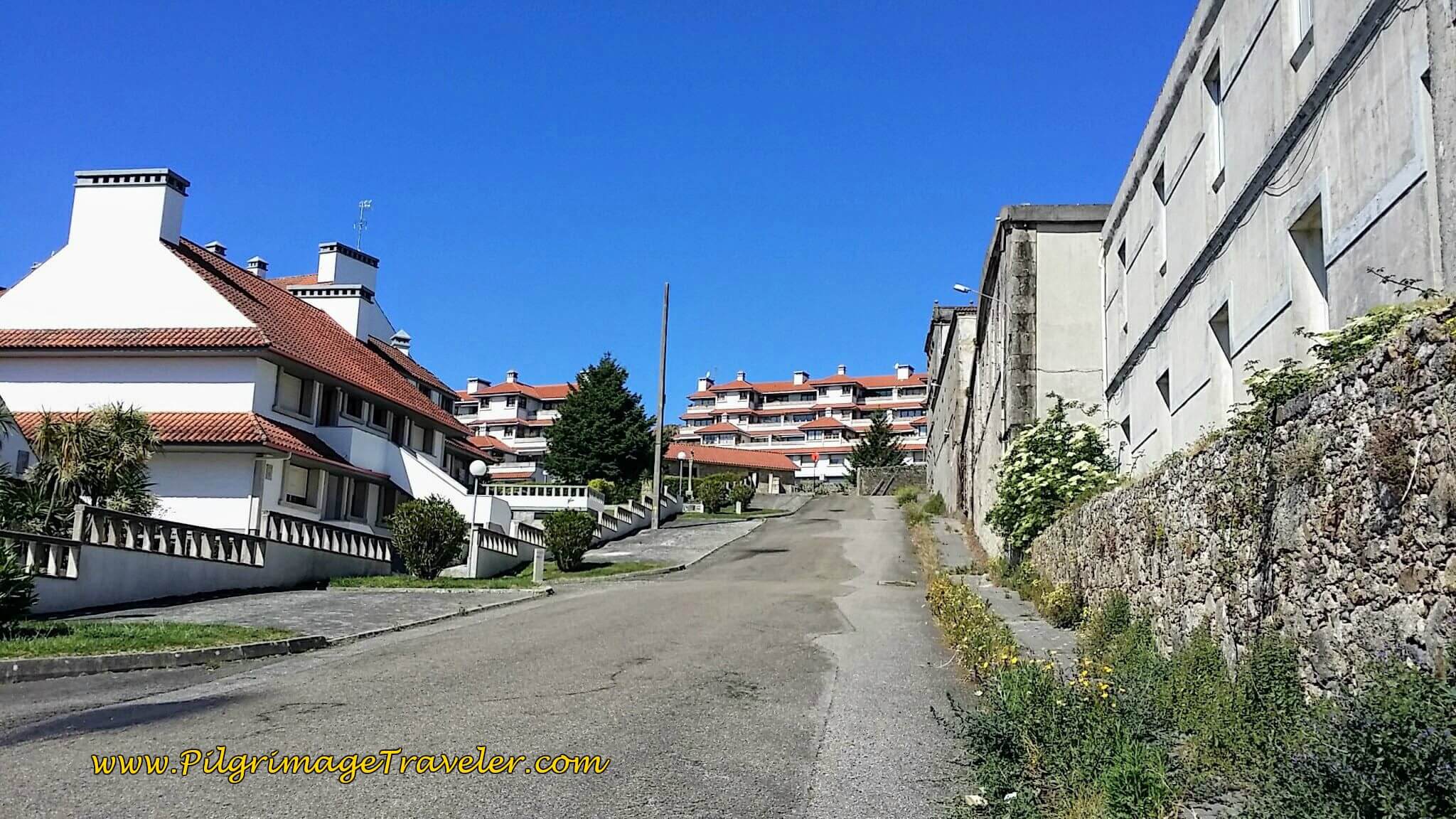 The Hill Climb from the Old Ferry Station in A Pasaxe
The Hill Climb from the Old Ferry Station in A PasaxeAfter about 800 meters, we came to the end of O Palomar, turned left onto Carretera de Camposancos and then an immediate right onto this side road, below, in the town of O'Couto. There is a café here if you need one.
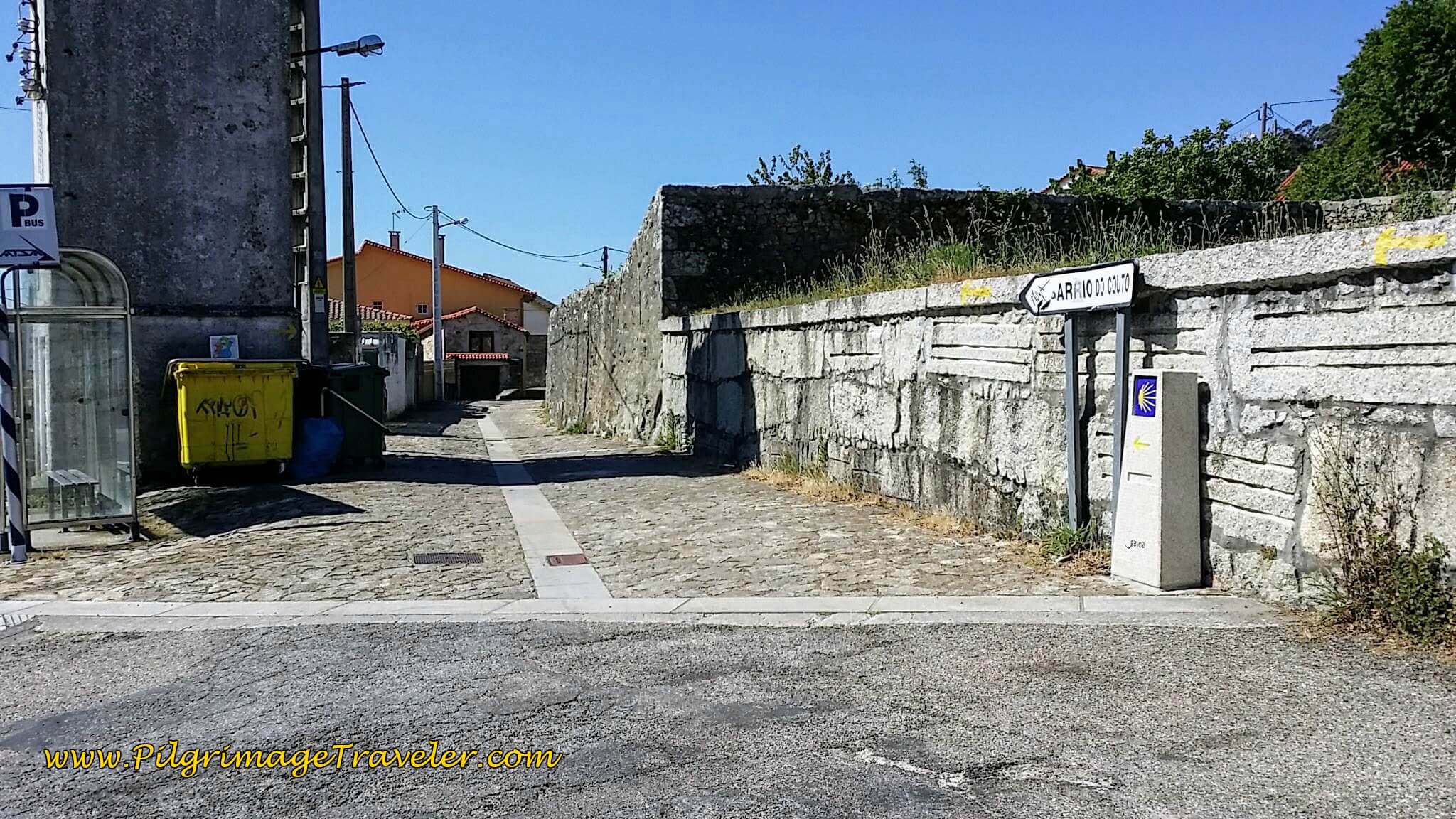 Turn Right Here in O'Couto
Turn Right Here in O'CoutoWe took the first right in a few meters onto a quaint side road, at a cross, then a few meters turned right again. We stopped here so I could snap a photo of Rich and Glyvia. We were so happy to be together, and walking a Camino again! We chatted and chatted endlessly, the whole distance, filling each other in on our lives.
After about 1.3 kilometers total, we took a left turn shown below, walking more steeply up a hill, on day nineteen on the Coastal Route of the Camino Portugués.
A few meters we turned right into the woods.
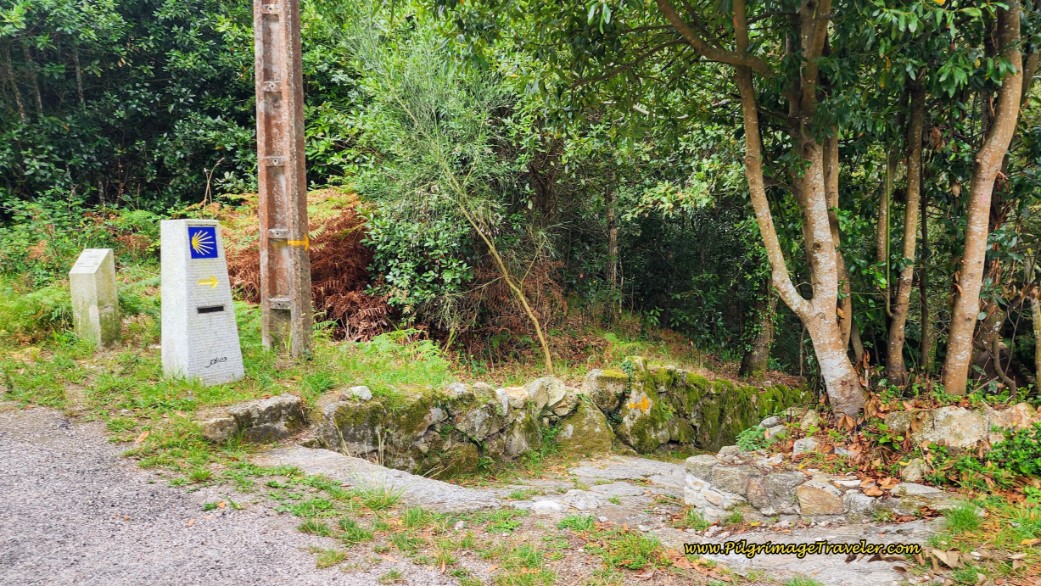 Right Turn Into the Forest
Right Turn Into the ForestThere is a wonderful old well here.
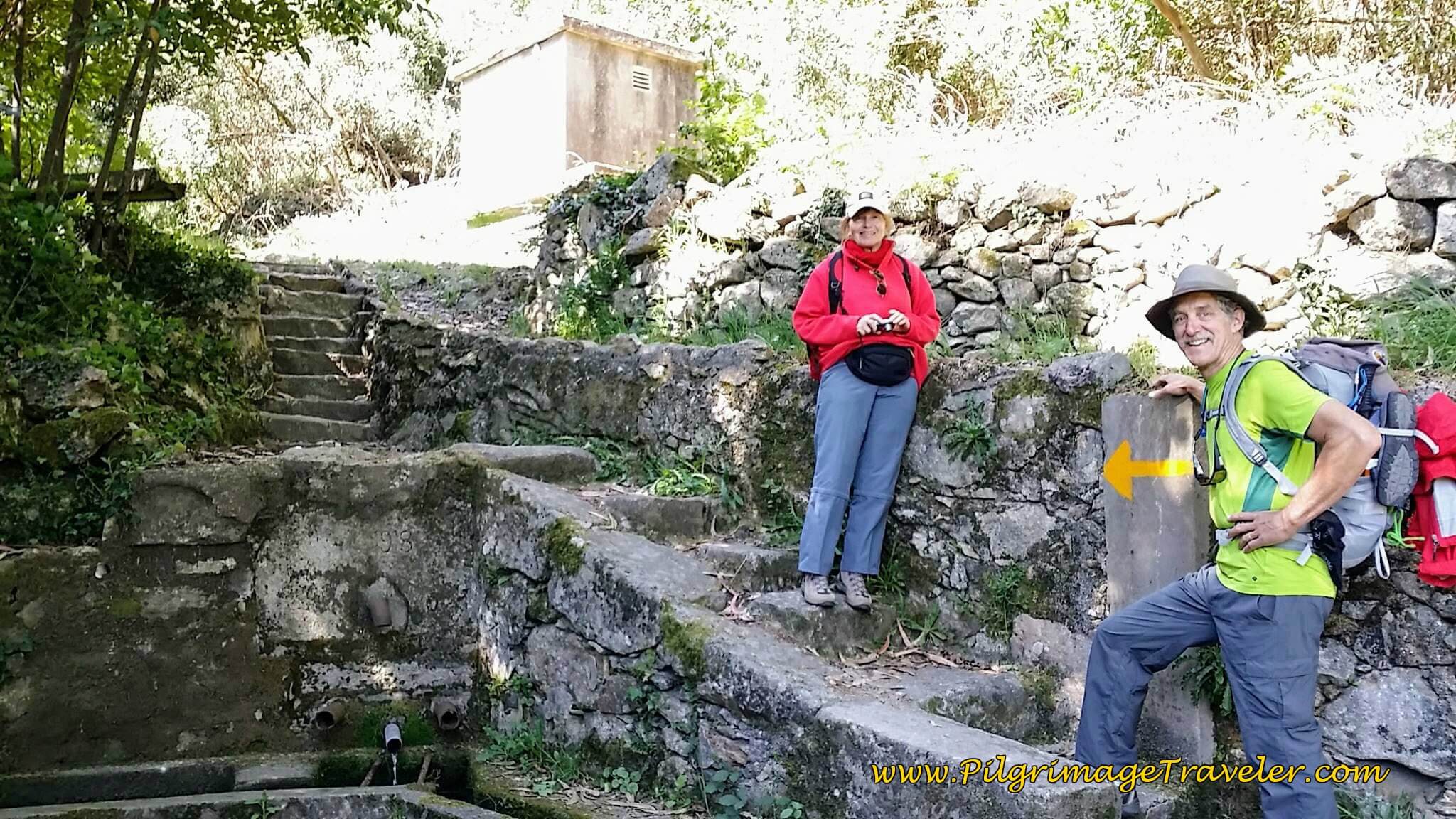 An Old Well in the Forest
An Old Well in the ForestWe continued through a forest on an enchanted path for a total of about one kilometer.
The forest path comes out onto the Avenida Paseo Portugal, after about 2.3 kilometers total from the boat landing. This is a broad and busy avenue, but with nice sidewalks for the pilgrimage traveler. More importantly, there was absolutely no cobblestone! This avenue leads one into the next large town of A Guarda.
The Avenida bends to the west and becomes the Rúa Rosalía de Castro, shown below.
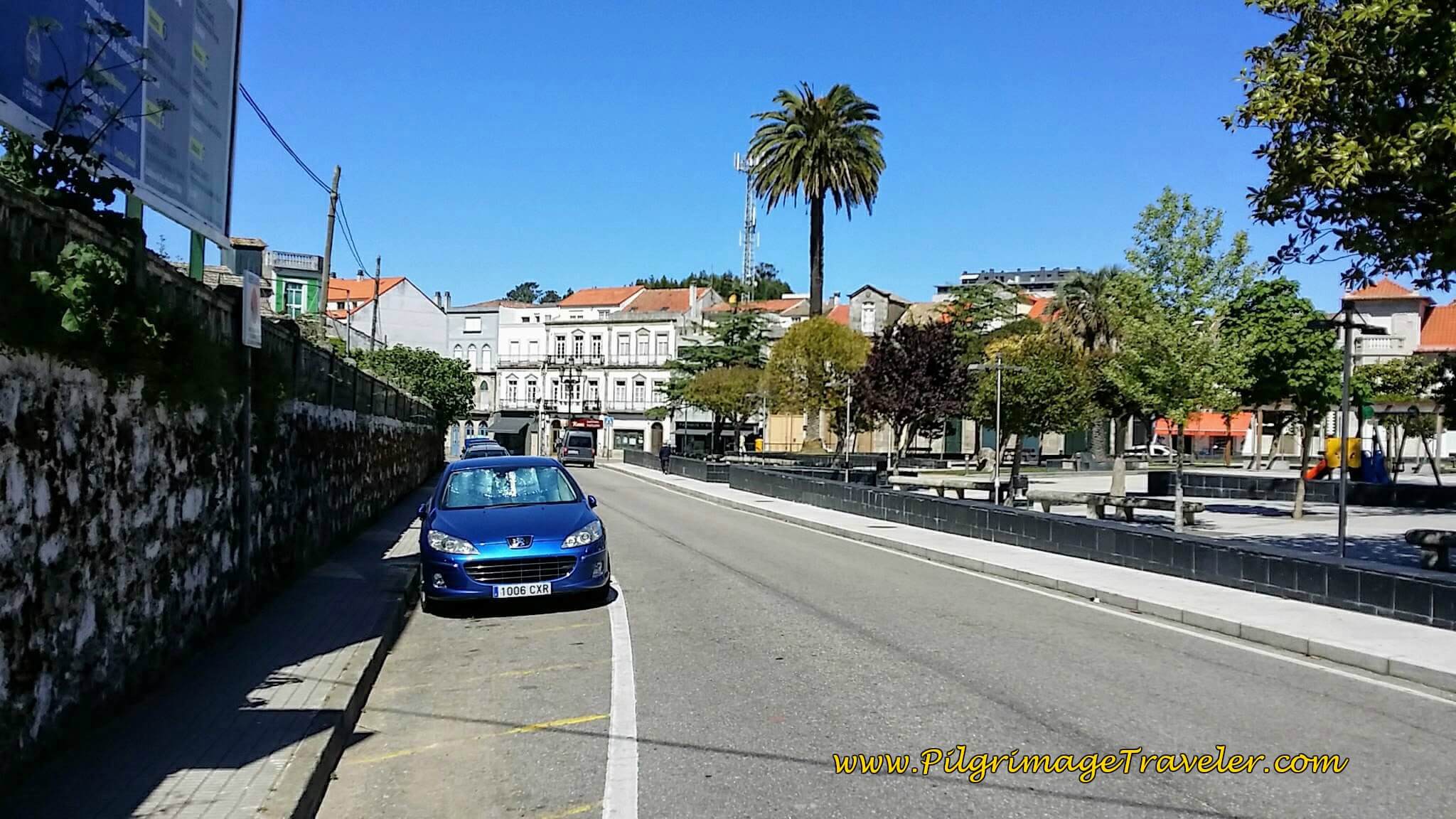 Along the Rúa Rosalía de Castro
Along the Rúa Rosalía de CastroThe street comes to a T-intersection and we went left onto the PO-552. A few steps onward is the Hotel Celta on your right, on your way to the next turn in 300 meters, onto the Rúa Vicente Sobrino.
If your destination is A Guarda, there are many accommodations, including the municipal albergue shown farther below.
The old Camino used to continue on the PO-552 longer, for about 500 meters, turning left onto the Rúa José Manuel Andreíni, then taking the next right onto the Rúa Vicenta Rodríguez Cachada, to walk by the historic church of the Parroquia de Santa María.
Now, the new Camino takes you unabashedly through more of the old town, after about 300 meters on the PO-552, taking a left turn onto the Rúa Vicente Sobrino, below, and walking on it for about 1/4 kilometer.
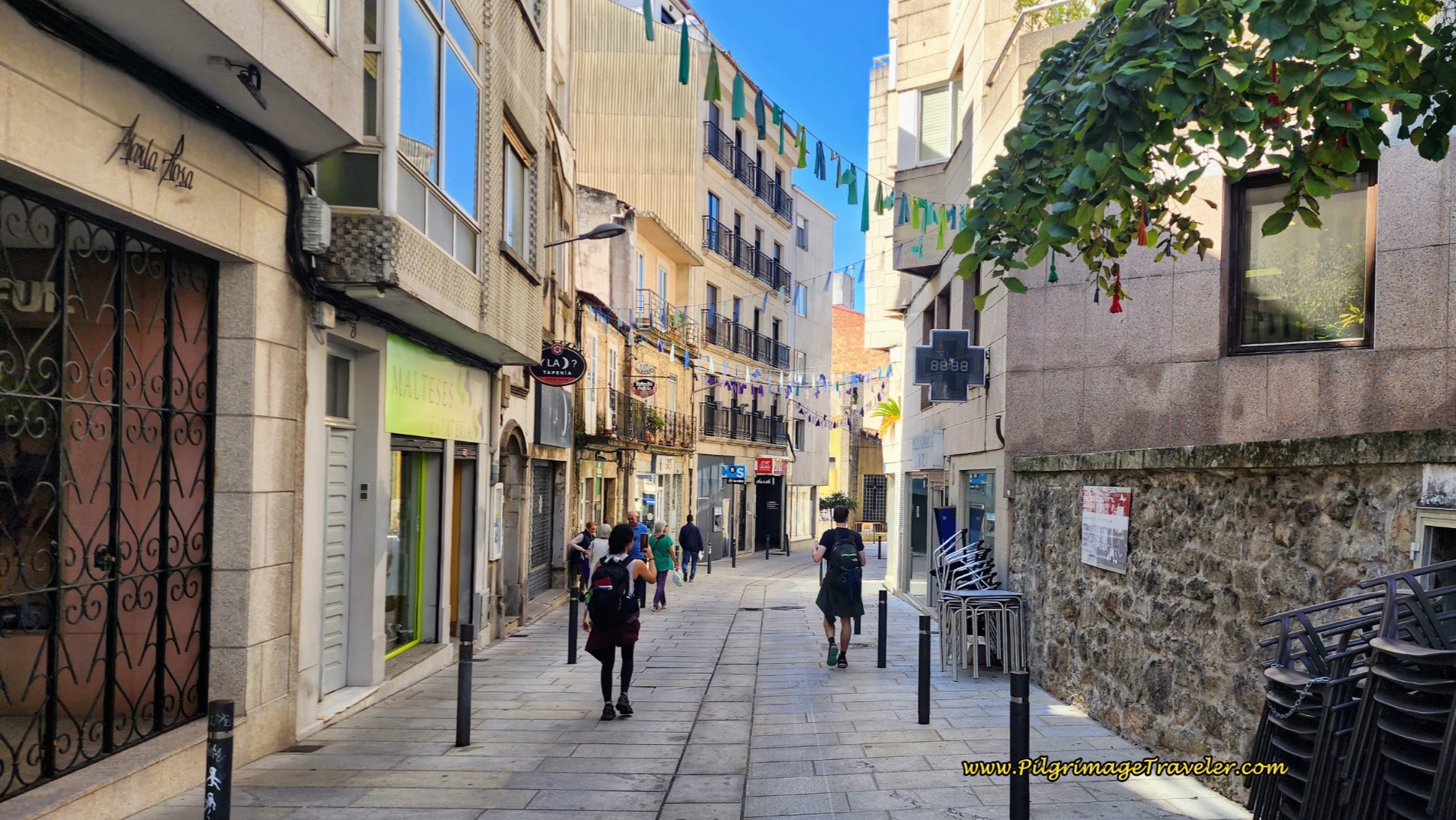 Left Turn Onto the Rúa Vicente Sobrino
Left Turn Onto the Rúa Vicente SobrinoNext, it heads up and to the right onto the Praza Bautista Alonso, below, walking through it and turning to the right to see the City Hall.
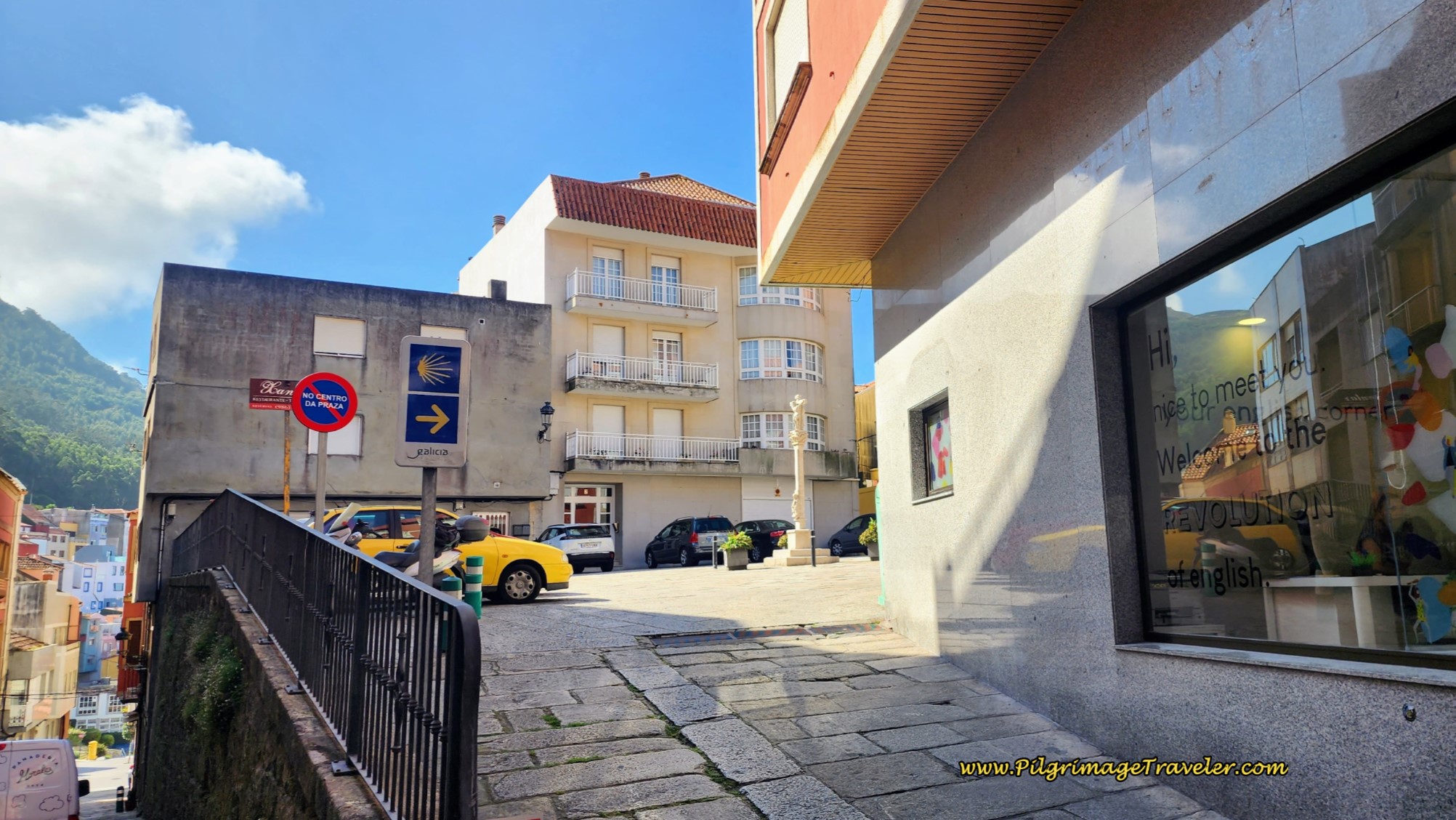 Walk Up to the Praza Bautista Alonso
Walk Up to the Praza Bautista AlonsoAfter walking by the Concello da Guarda (City Hall) and the Praza de Reloj (Clock Plaza), with its many cafés, the Camino goes northward for a few blocks to join the old route at the same church, pictured below. It is a more roundabout way for sure!
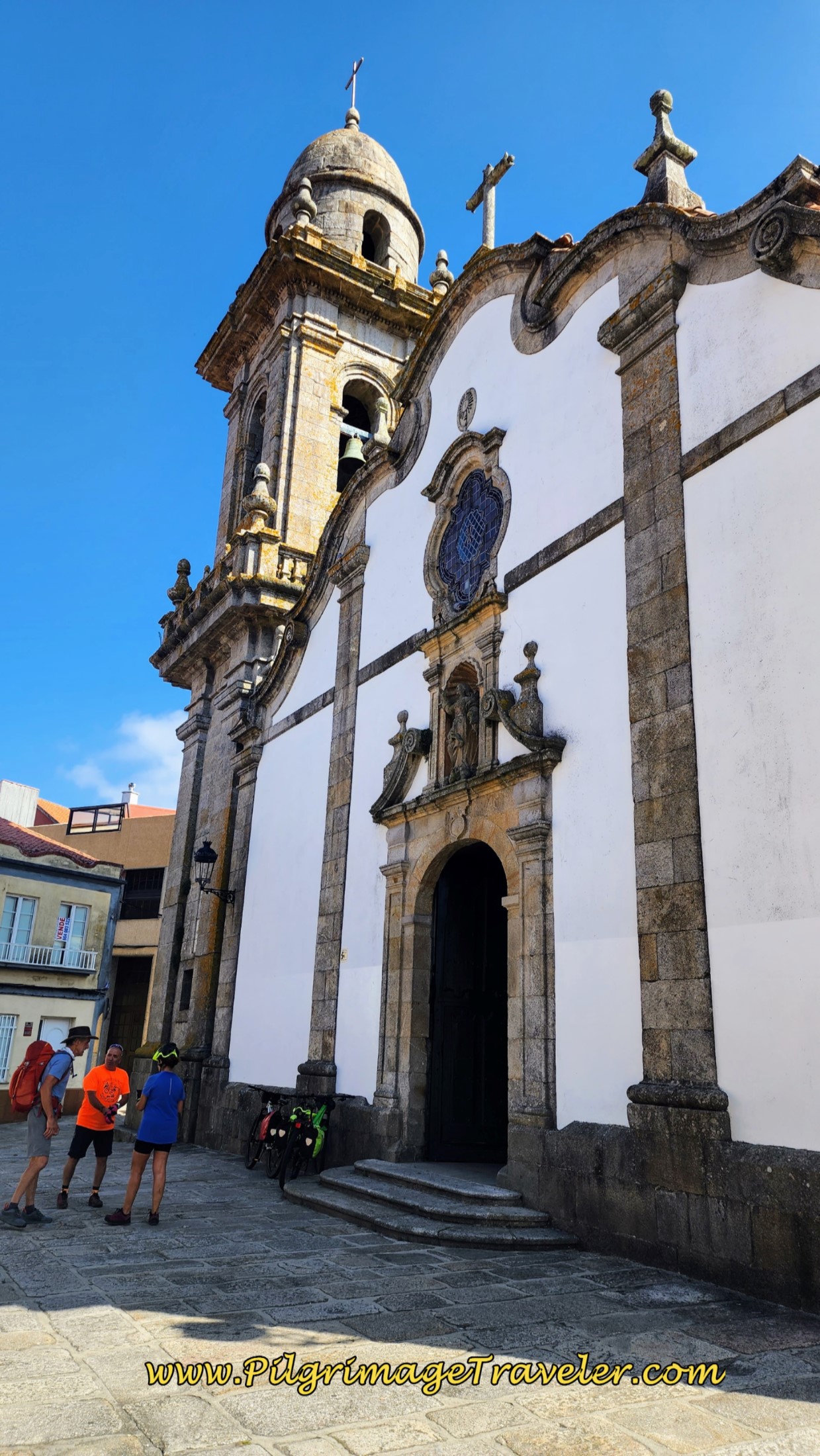 Parroquia de Santa María
Parroquia de Santa MaríaThis new route is only useful if you wish to stop at the many quaint shops that you now walk by, enjoy walking on narrow streets, and/or need a café with ambiance. Otherwise, I recommend you take the alternative shortcut described above as the old route, and shown in red on my map, to save yourself some steps on an otherwise longer day! However, the difference in the distance is only a few hundred meters, so make your own choice!
After the church, we turned northward (left) onto the Rúa San Bernardo as it walks onward. Shortly after the church, the Albergue de Peregrinos de A Guarda is on your right on day nineteen of the Coastal Route of the Camino Portugués.
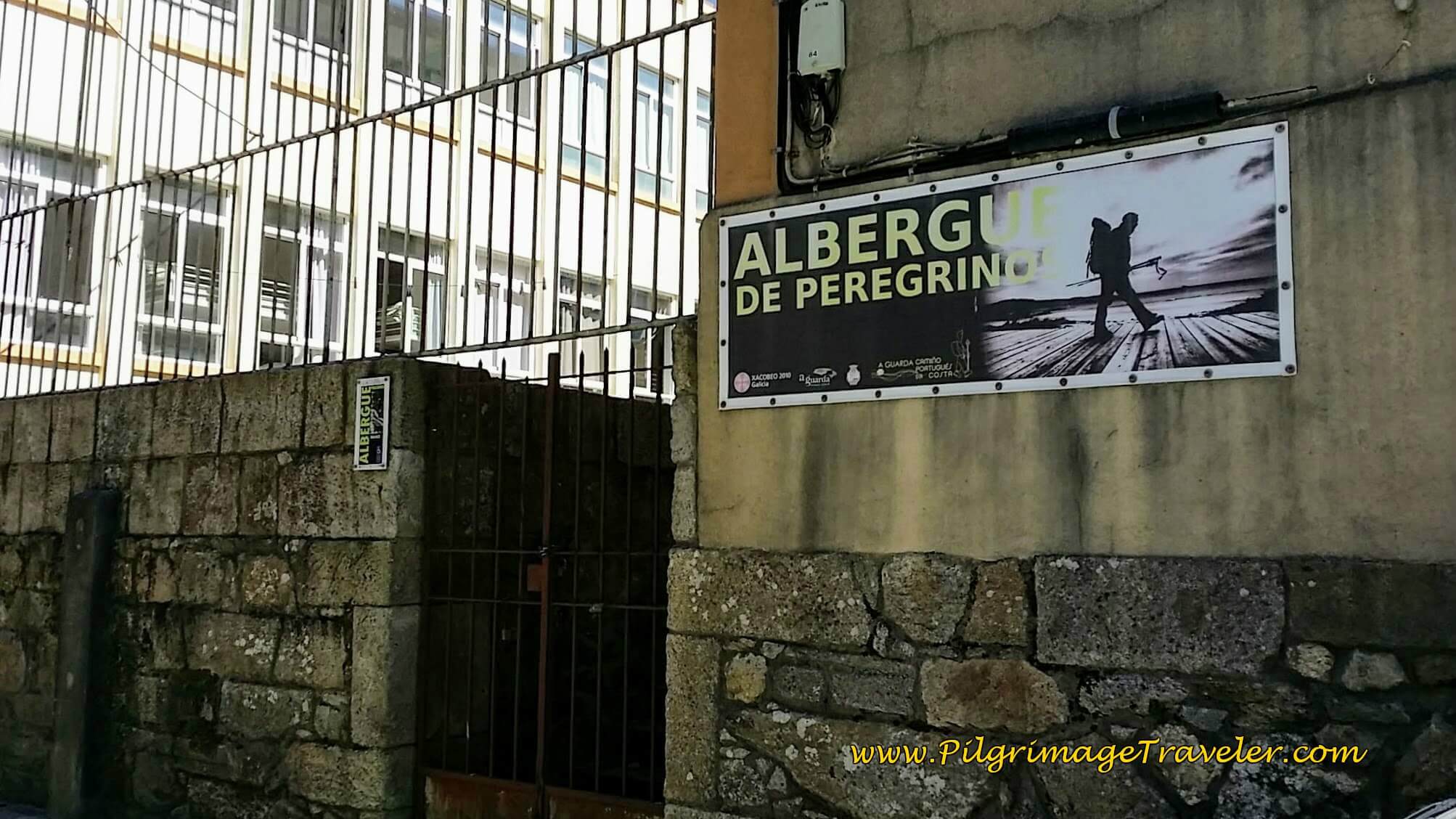 Albergue de Peregrinos, A Guarda
Albergue de Peregrinos, A GuardaThere is a private Albergue O Peirao, farther west from the Santa María church. Consult the interactive map above for its precise location.
A left turn onto the Rúa da Guía and we walked by the Plaza of the same name. I took a photo of the charming Capilla Virgen de La Guía in the Plaza. The sight of a church always brings me to a present moment.
Jump to Camino Portugués Stages
We turned right onto the Rúa Baixada á Praia, then left onto the Travesía Cachiños, where the city opens up and views of the sea on the west side now appear.
The Travesía Cachiños becomes a short path, with a series of steps that lead you to the street below. The views of the sea here are gorgeous! We stopped to admire and photograph it.
I took so many photos that Google gave me a stitched version, below.
 Photo-Stitched Version of the Grand View
Photo-Stitched Version of the Grand ViewAfter walking down the hill and the steps, we turned left, then right on the narrow pavement, to join the Rúa Baixada á Praia once again and the small beach of the Praia de Area Grande. It is at this juncture, 4.7 kilometers from A Pasaxe, where the Senda Litoral joins the Coastal Route.
Once down by the water, we walked around the small bay, crossed a small peninsula where there is a park and a lookout called the Parque and Miradoiro de Fedorento, and this statue of Santiago. Of course we took the photo!
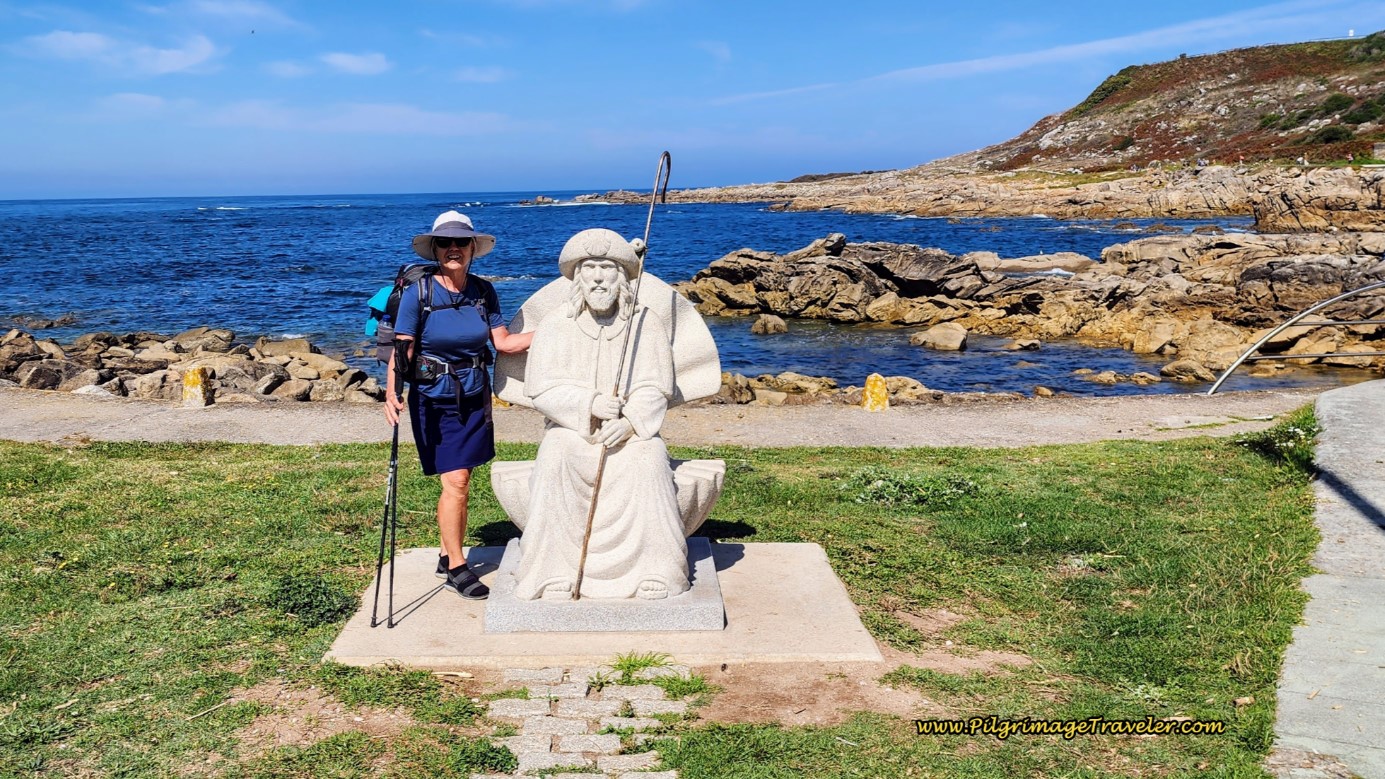 Elle at Fedorento Park with Santiago
Elle at Fedorento Park with SantiagoAnd just beyond the park is the beautiful Praia de Fedorento, below. The inexpensive Hostal del Mar, shown in the left side of the photo, right along the lovely beach, is another possible accommodation in this area. Book ahead if you want to stay here in the summer!
 Praia de Fedorento
Praia de FedorentoAfter the Fedorento beach the Camino leaves the beach-front road and turns to the left onto a side road. Along the road is a long parking area along the coastline. Within a few meters, the Way takes a wonderful path to the left, that takes the pilgrimage traveler on an ancient road! I do love these old roads! The ancient road is only about 100 meters long, but a very special 100 meters! You can see the wagon ruts in the stones.
The onward coastal path, approximately one kilometer long, becomes a road just before the historic Cetárea Redonda after about 6.4 kilometers total. Apparently this sea pen was used up to the late 1800's. You can see a walkway leading towards the sea, to the sea farm, where lobsters and other crustaceans were raised. You may wish to walk out to see this round, rock pen by the sea.
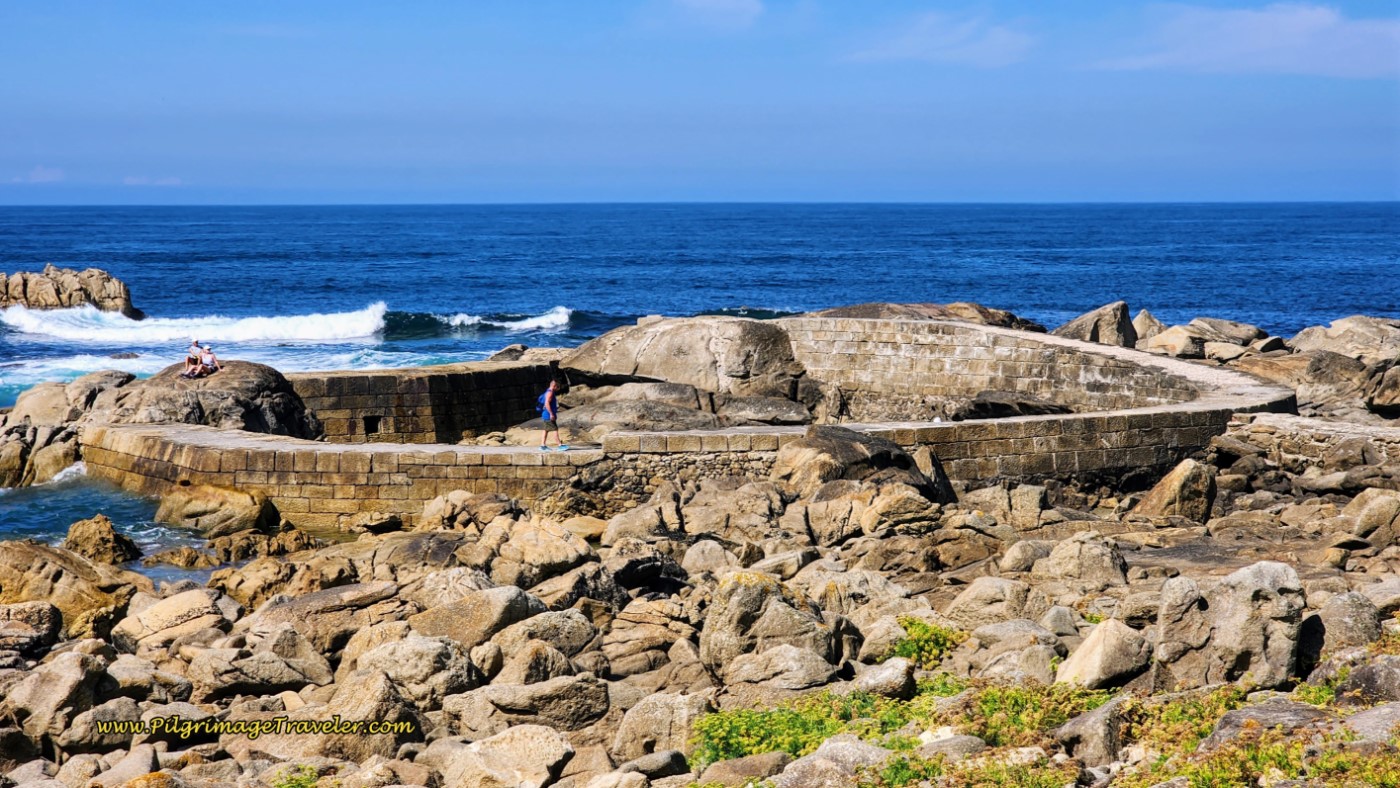 Cetárea Redonda, Sea Pen, Day Nineteen, Coastal Route, Camino Portugués.
Cetárea Redonda, Sea Pen, Day Nineteen, Coastal Route, Camino Portugués.We turned right after the historic site, onto a paved road, below, and headed back toward the main road, the PO-552. Pass by a lovely look-out picnic area as you climb the steep hill up from the sea.
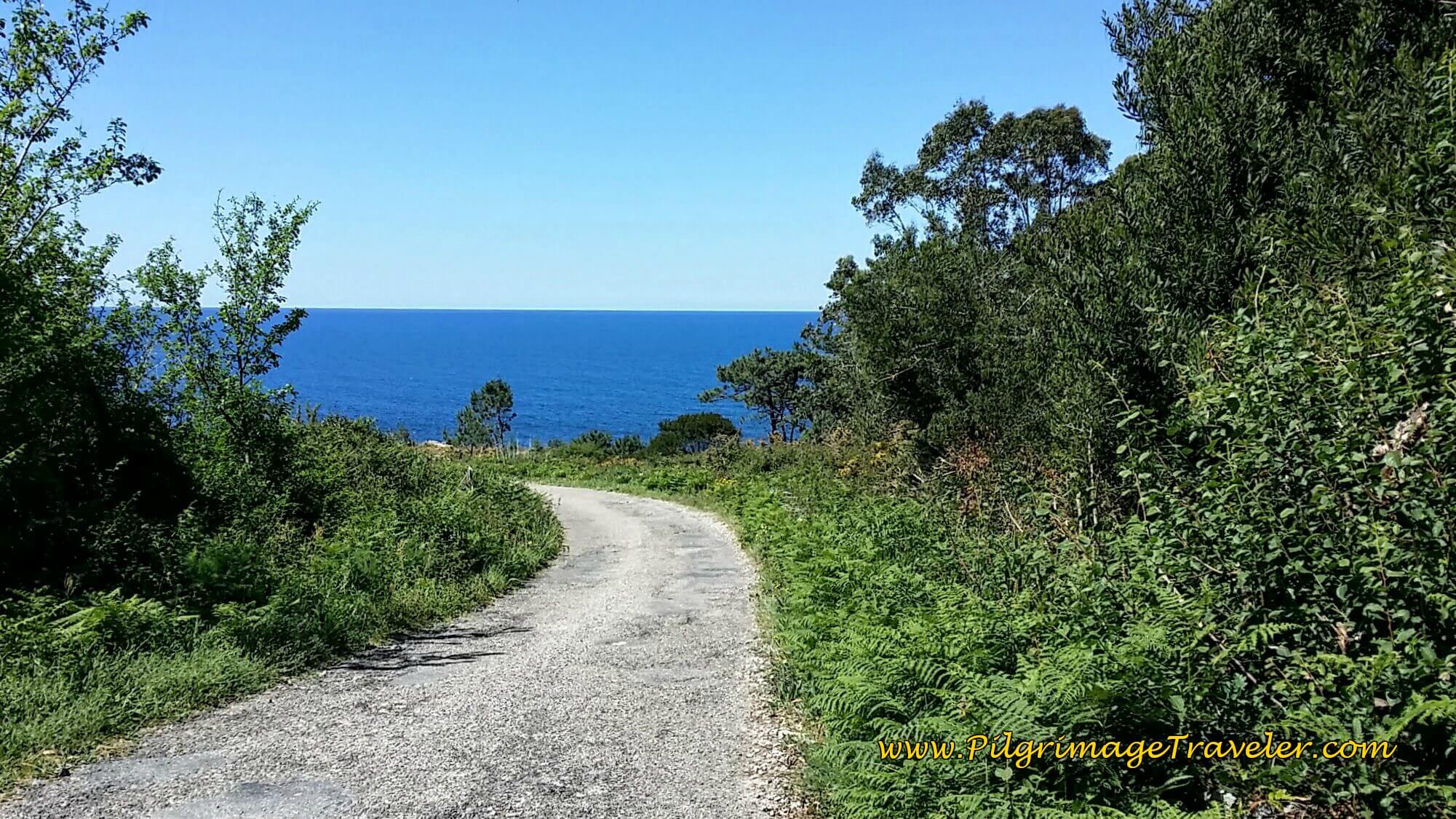 Paved Road Leading to the PO-552
Paved Road Leading to the PO-552Just before joining the PO-552, about 300 meters onward, a lane turns to the left, which the Camino takes, avoiding the highway for a while longer.
This lane continues for about 3/4 kilometer, then once again the Camino joins the now-familiar PO-552. The parade of pilgrims was astounding to me! Indeed, things have really changed in recent years.
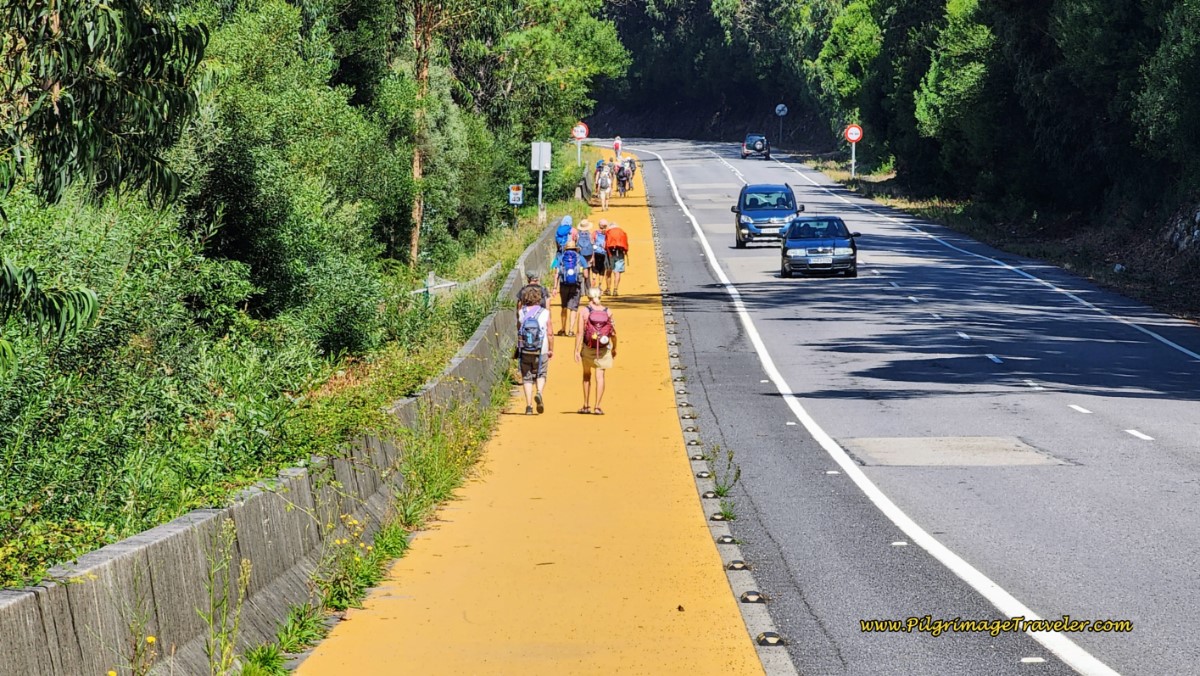 Camino Portugués Joins the PO-552 on Day Nineteen, Coastal Route, Camino Portugués
Camino Portugués Joins the PO-552 on Day Nineteen, Coastal Route, Camino PortuguésIt would be almost impossible to walk directly along the rugged coastline in this next section. The views from the road are wonderful, with the sea constantly on your left. The walking is easy along the bikeway, despite being on the pavement. You will walk on the roadway for about two kilometers along this next stretch.
After about ½ kilometer along the PO-552, there is another lovely pilgrim’s rest area, if you want to stop for a picnic. The views from here are quite nice!
We continued walking up the long, gradual hill and after another kilometer came to a lookout point, the Miradoiro da Punta Bazar, after about 8.9 kilometers total, and with a car pull-out area.
We continued to walk on the highway for 300 more meters. Just beyond the Miradoiro the Camino turns off the bikeway to the left onto yet another lovely path to walk toward the next town of Portecelo, after about 10.3 kilometers from A Pasaxe.
It is just over a kilometer from the turn off the highway to the center of Portecelo, on a quiet dirt road that essentially parallels the PO-552 to the west. The dirt road ends with a left hand turn onto a secondary paved road, to walk you into Portecelo. There is a café here, the Explanada do Horizonte with marvelous seaside views after approximately 10.5 kilometers. If you have not already stopped for a picnic, this is a note-worthy place.
There are also three accommodations in town, the Casa Mar a Laxe, a bit pricey, the Apartamento as Casetas and the Apartamento Loft Peregrinos A Estivada if you wish to stay the night. Look out for the signs to them as you walk through Portecelo.
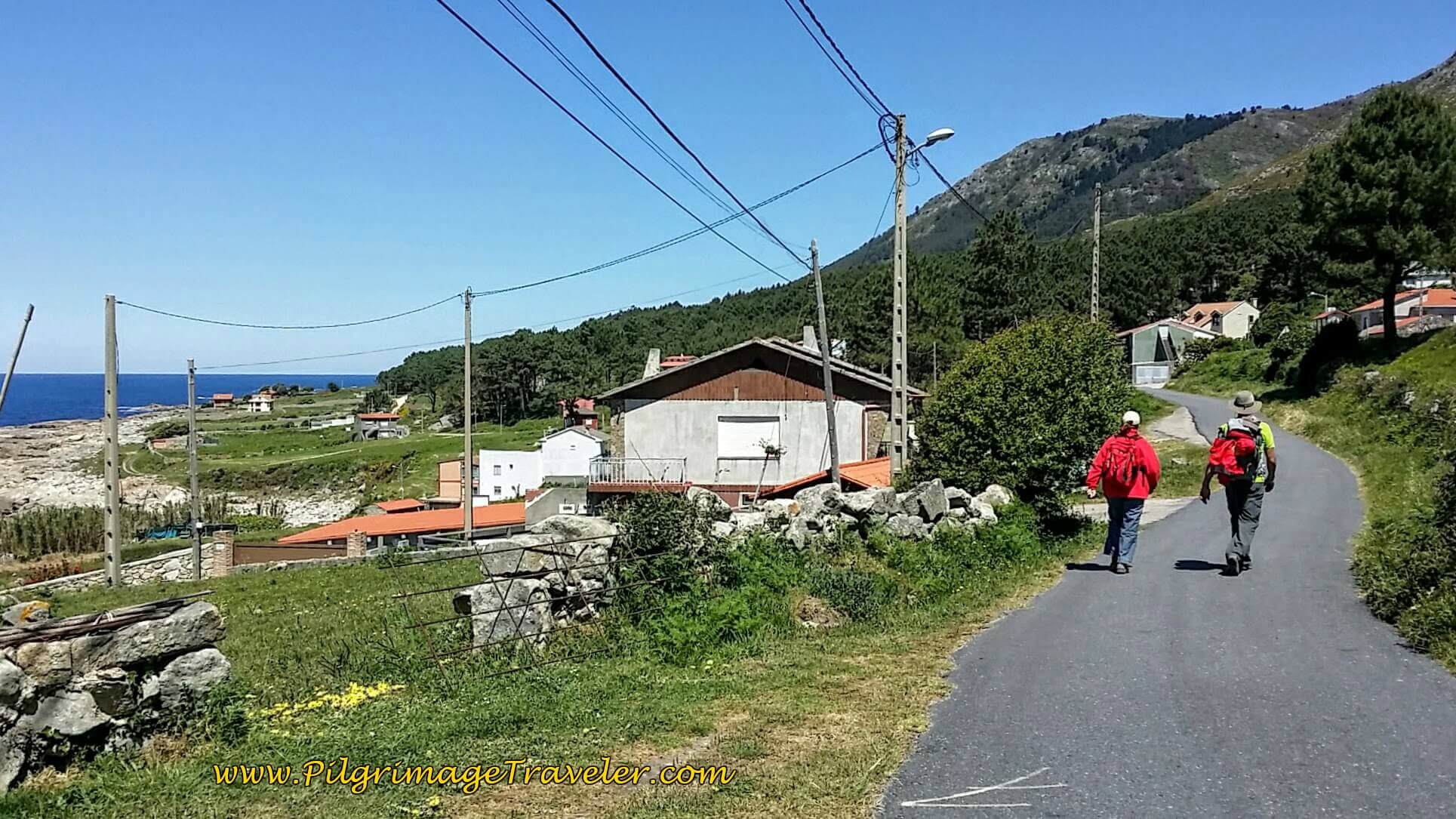 Walking Through Portecelo on Day Nineteen, Coastal Route, Camino Portugués
Walking Through Portecelo on Day Nineteen, Coastal Route, Camino PortuguésThe wonderful views of the sea open to the pilgrimage traveler again, after leaving town on a secondary paved road which turns to dirt after ½ kilometer. Shortly after the road turns to dirt, you may want to take a small detour to a set of petroglyphs, the Petroglifo Laxe do Lapón. Look out for the sign to them. The actual petroglyphs, I felt, were difficult to find.
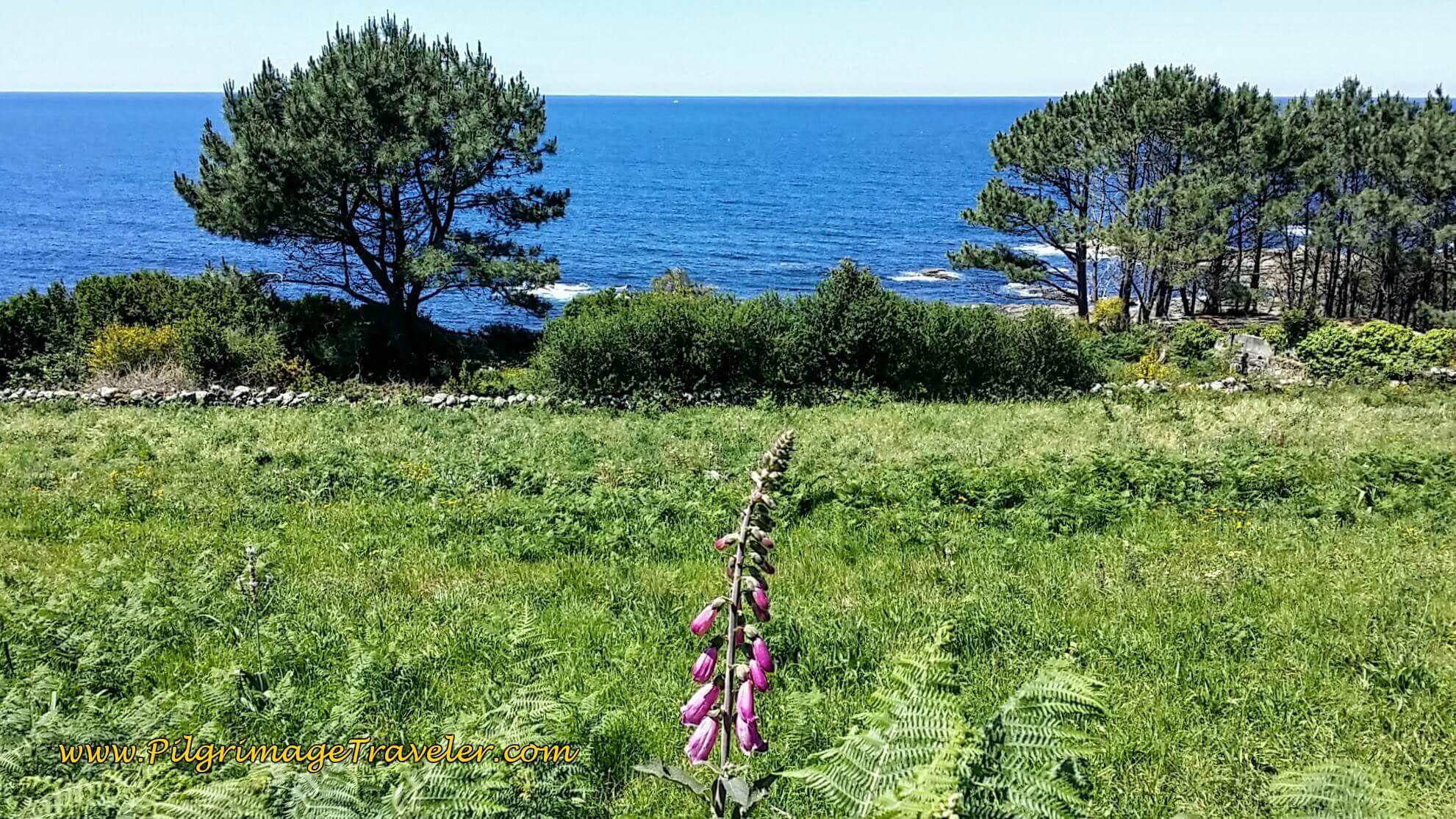 Seacoast Constant Companion on Your Left
Seacoast Constant Companion on Your LeftSpring blooms abounded. If anyone knows the name of this beautiful flower, please let me know! I'm sure all my readers would appreciate it.
Continue along the dirt road, which walks you parallel to the PO-552 for a full two kilometers more. The walk is lovely through here, and though you may hear the highway to the east and catch glimpses of it, you will not see it so much.
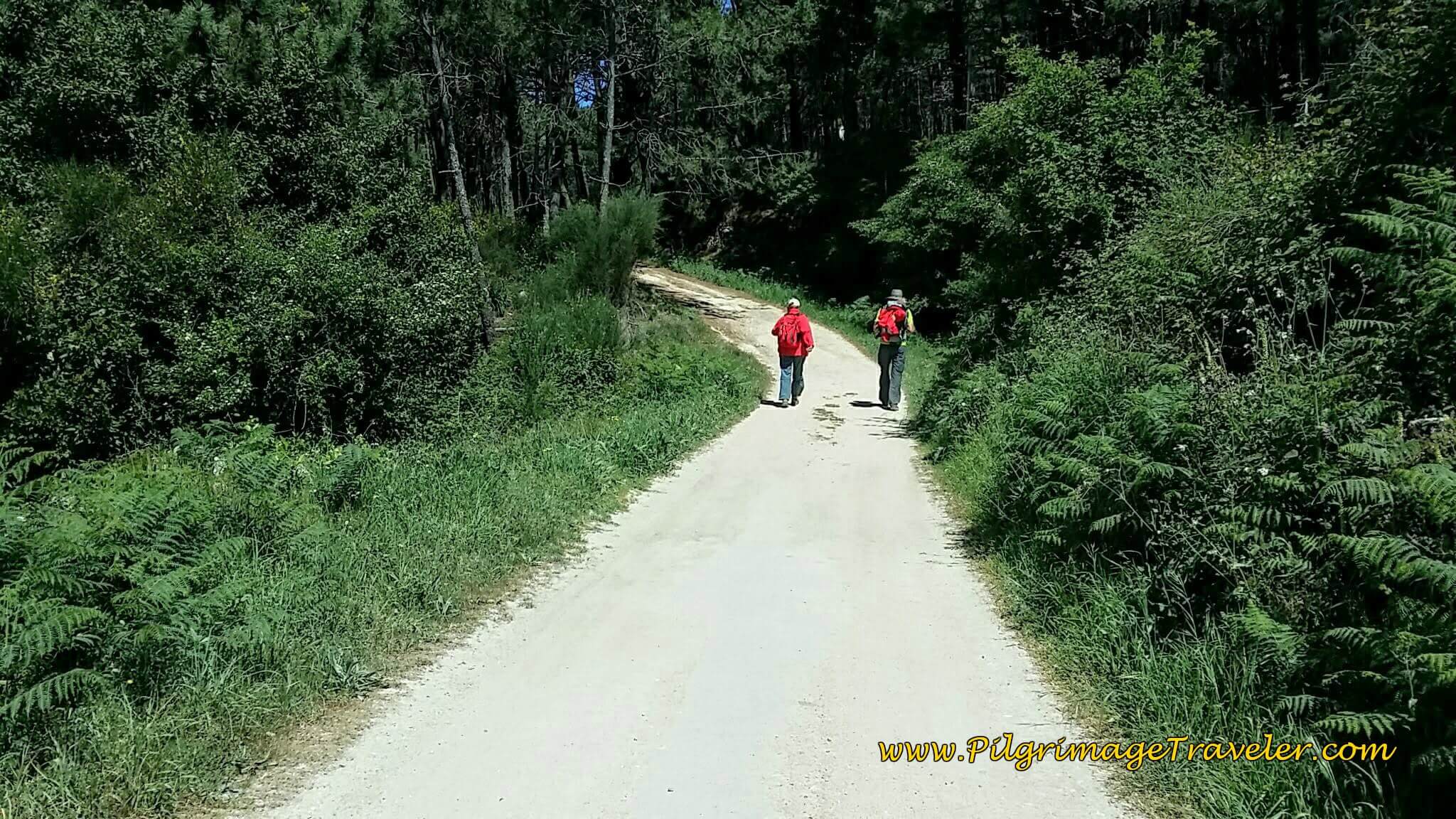 Quiet Dirt Road to Walk Upon
Quiet Dirt Road to Walk UponWe joined the PO-552 here, at this sign, at that time, and walked on the highway for another 1.2 kilometers, toward the next town of Oia, as the sign below advertises. Yes, that is a pilgrim on the sign!
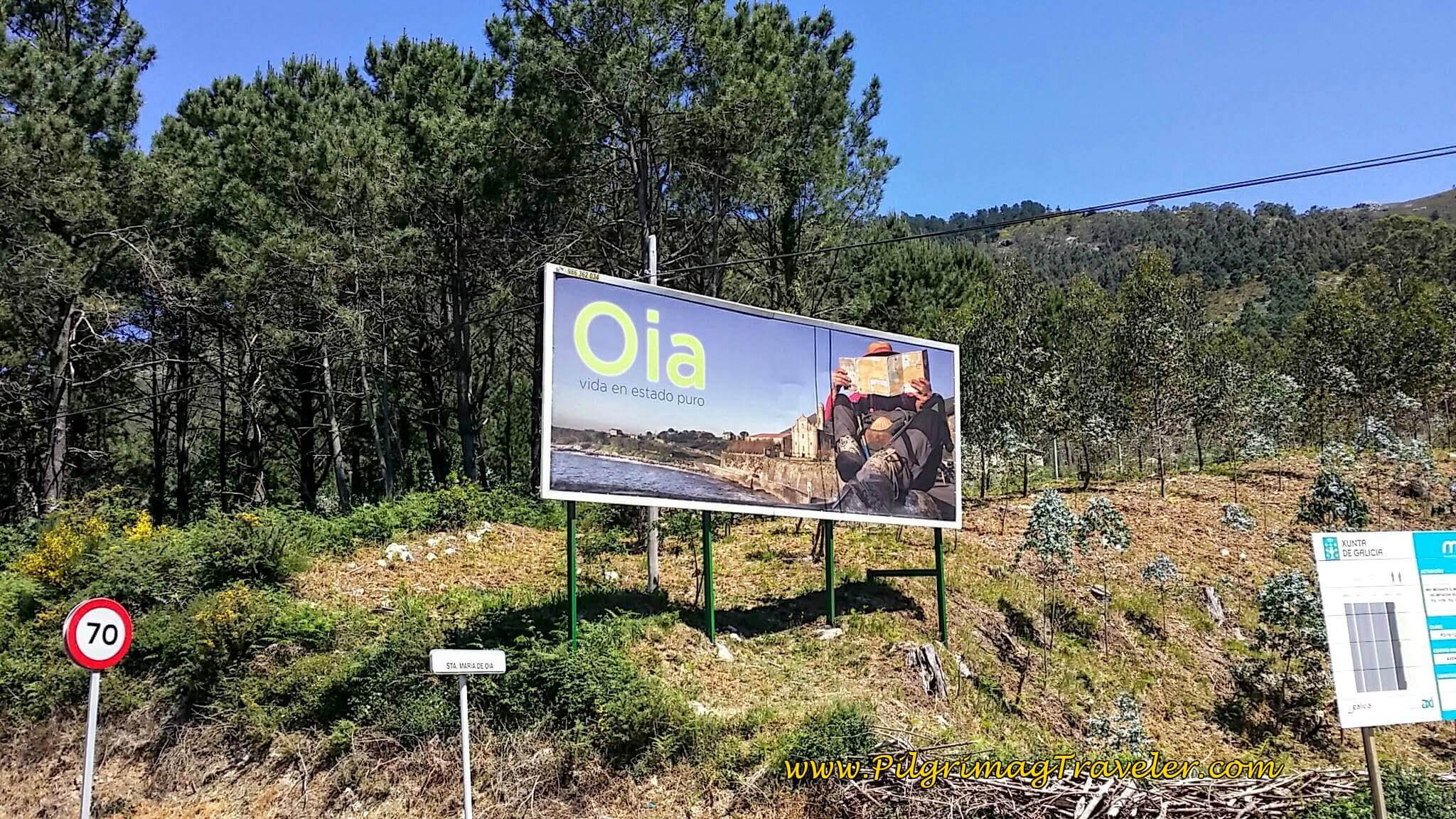 Join the Coastal Highway Here
Join the Coastal Highway HereIf you were to turn right onto the PO-552, a few meters south, there is yet another pilgrim accommodation, the Casa Alicia Uso Turistico & Peregrinos.
After joining the road, another long, steady climb ensues. There is a nice bike path next to the road, making it a safe walk as well. We passed by another turnout/viewpoint area at 13 kilometers total.
About 600 meters after the viewpoint, pass the Aloxamento A Mariña, an inexpensive accommodation.
After about 700 meters past the viewpoint, the Camino actually drops down to a coastal road for a 1.2 kilometer diversion off the highway, passes by a lovely meditation garden (about 13.8 kilometers) built just for pilgrims, then climbs back up to join the PO-552 at another lookout called the Mirador de Tío Rincho, at 14.9 kilometers, shown below.
If you don’t want to take the diversion, you can just stay on the PO-552, however coastal roads are always better than highways, in my opinion. The meditation garden is nice, but not extremely so, however, it may fit your needs to pause there and reflect for a while!
It was at the Mirador that we took a break, sat down on the grass and had a picnic lunch. We aired out our feet, as was our usual blister prevention practice.
Then, continue on the bikeway at the side of the PO-552, down the hill after the Mirador de Tio Rincho, until houses appear...
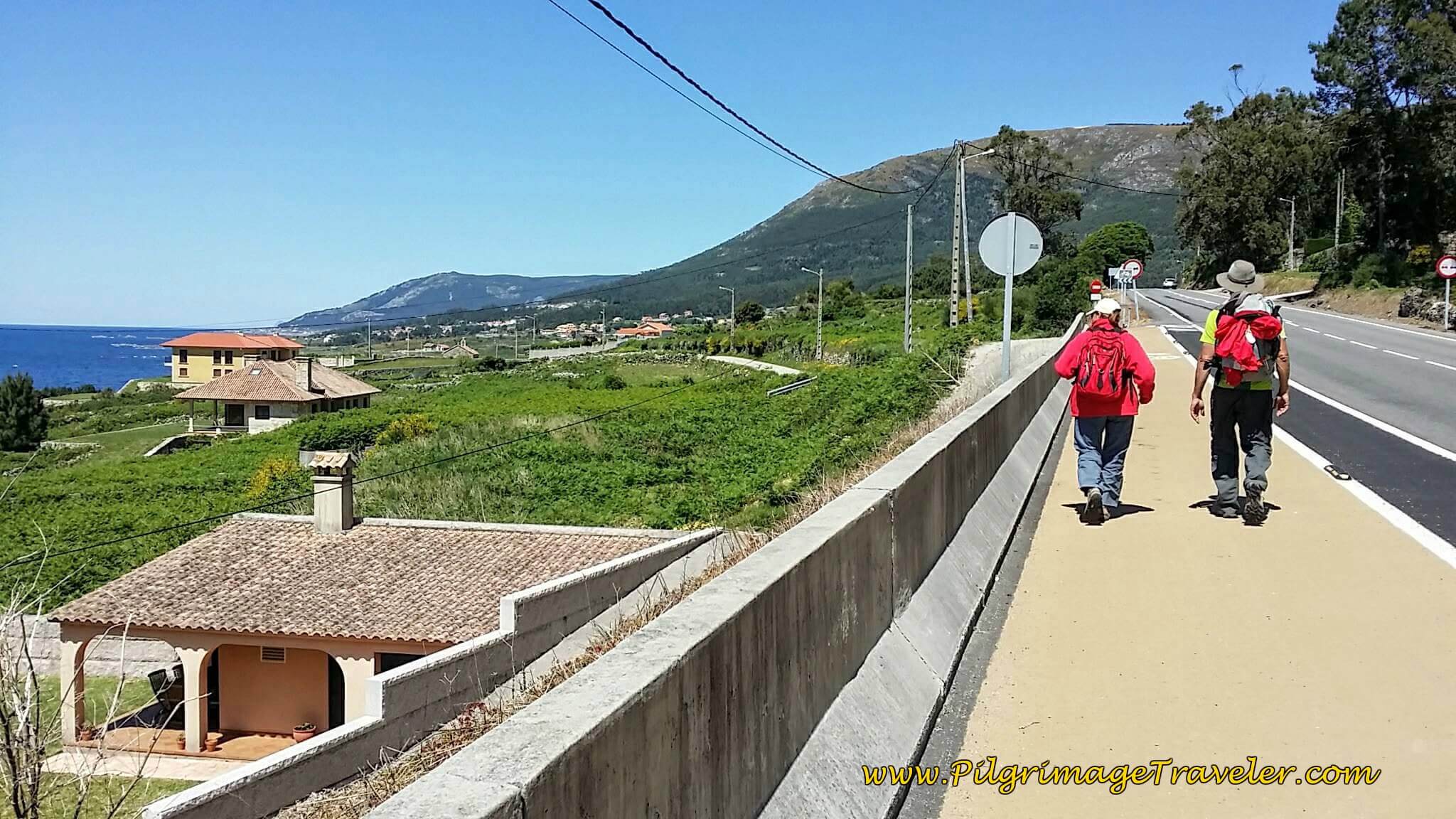 Continue on the Bikeway Along the Highway
Continue on the Bikeway Along the Highway...and you see this sign, below, where the Camino turns left onto a paved road towards the next town of Oia.
In only a few hundred meters you come to the historic Ermida de San Sebastián and Cruceiro (cross), rebuilt in the 1700's. We paused here, to enjoy the moment by the church and the sea.
Then, we continued on this road to Oia. There is a water fountain, 250 meters past the Ermida, not pictured.
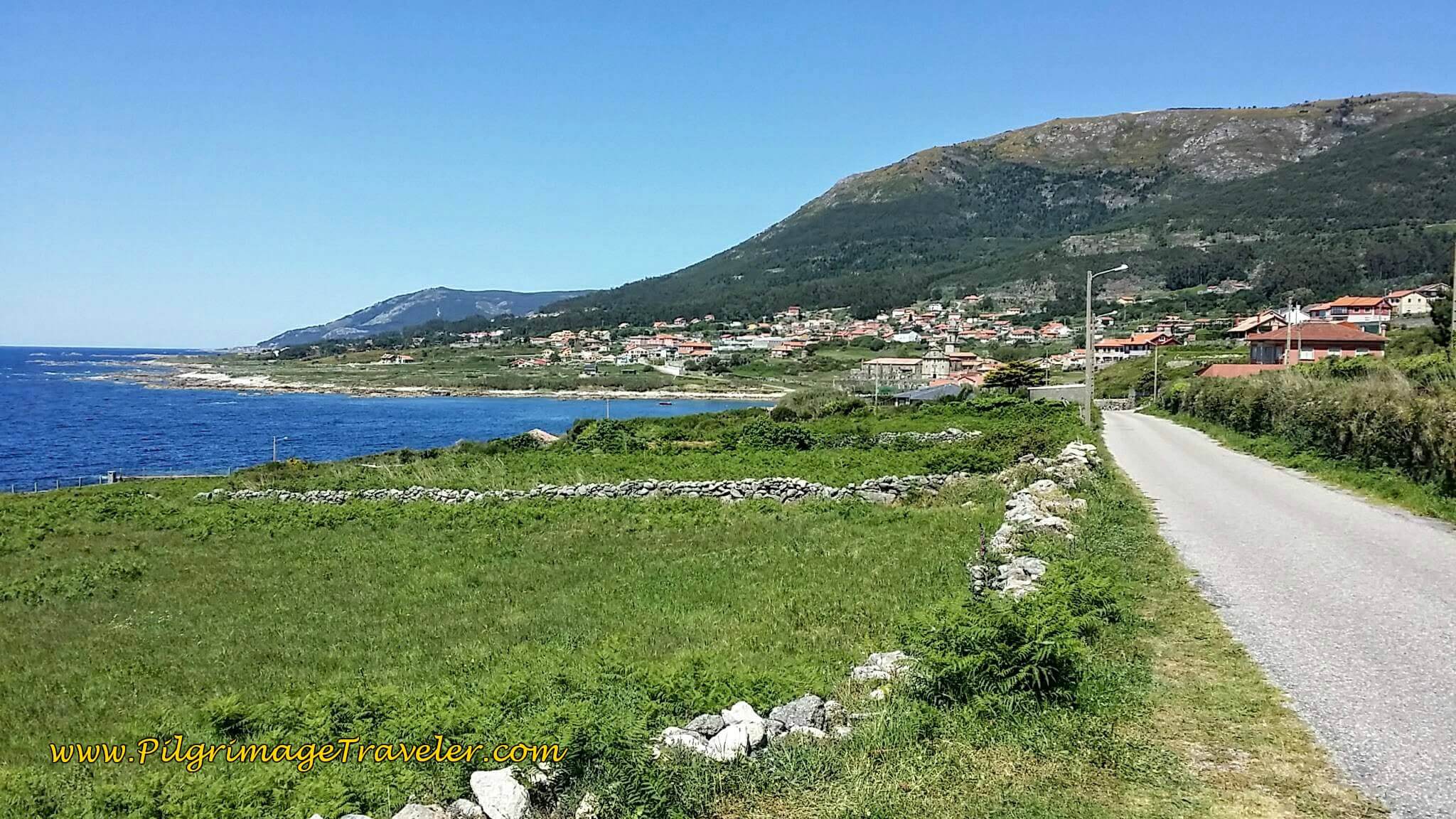 Paved Secondary Road to Oia
Paved Secondary Road to OiaWhen you come to Oia, less than 1/2 kilometer after the Ermida, the street, the Rúa Vicente López, below, is a quaint walk through the village.
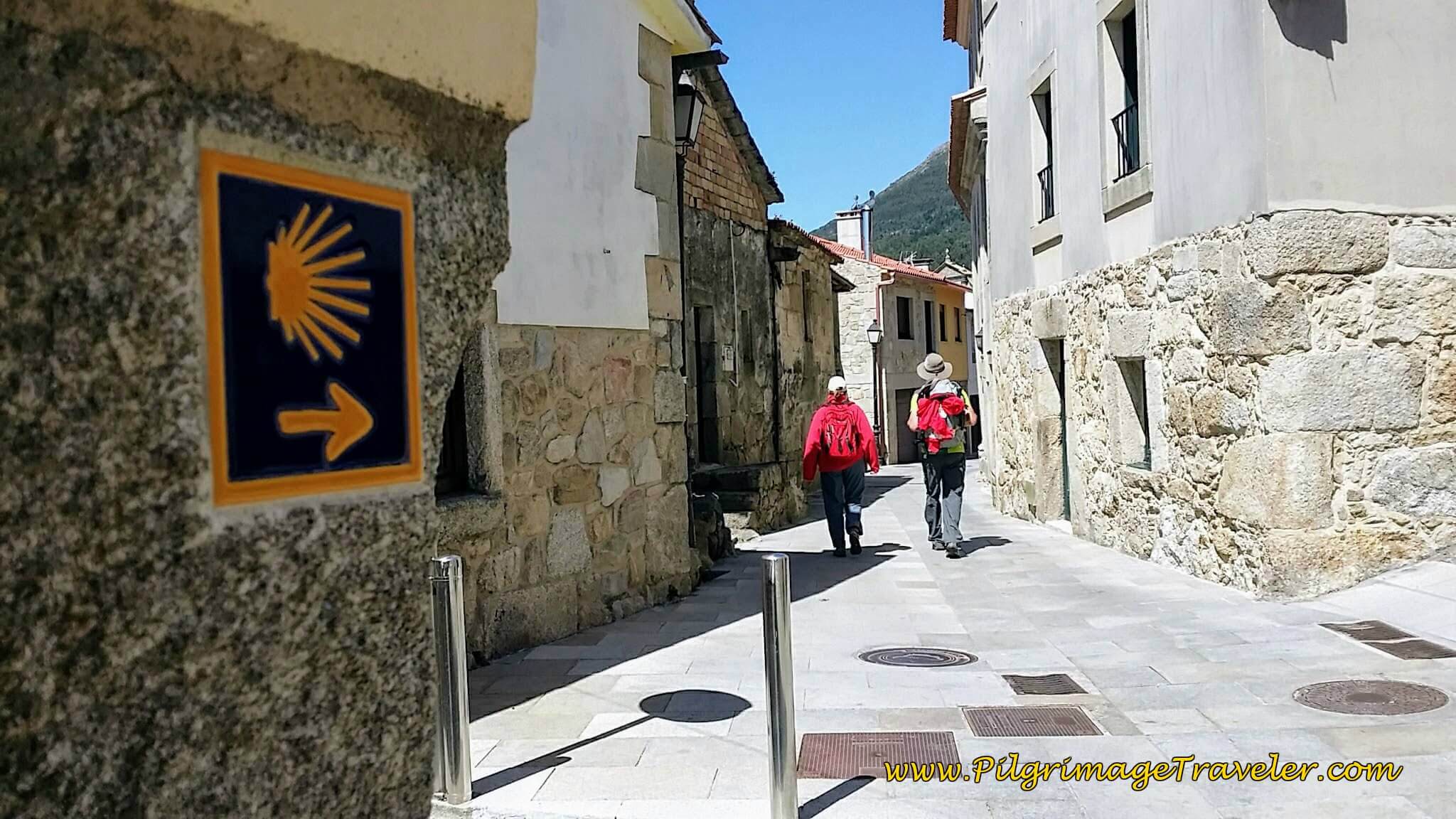 Rúa Vicente López through Oia
Rúa Vicente López through OiaOn the north side of town, the monastery, the Mosteiro de Santa María de Oia appears ahead, on a beautiful, small bay with the small beach, the Playa de Oia at approximately 16.7 kilometers into day nineteen on the Coastal Route of the Camino Portugués.
It was a 1.2 km walk from the turn off from the PO-552 to the Monastery.
From the monastery it is about 4.0 kilometers to Viladesuso and 7.0 kilometers to the Albergue in Mougás.
This gorgeous little town has become a real pilgrim hub in recent years, with the monastery under revitalization and open more hours than in the past, and several cafés if needed. The whole atmosphere just invites you to linger!
There are hotels in Oia, if you are too tired to continue. Click on the link to see them. Most are mere steps from the Camino, such as the Casa Puertas, the Casa Arrabal and La Cala, A Pilgrim's Inn just before the monastery, the Hotel A Raiña just after the monastery and the Casa Toñi, a few meters after leaving town. Assess your situation carefully at this lovely place.
We have stayed in the La Cala Inn, and it is a gem of a pilgrim’s place. There are shared rooms, but no bunk beds for the price of a dormitory. Tanya, the American owner has gone out of her way for all a pilgrim could need. Unfortunately, this inn is closed for the 2025 season and Tanya has not decided yet if or when she will reopen!
We had a lovely dinner at A Casa da Henriqueta, with a perfect sunset view, however, it is a pilgrim's splurge.
Jump to Camino Portugués Stages
Otherwise, continue on the paved road past the monastery, and in a few meters, turn left onto the dirt road that follows the sea northward, below, lined with stone walls. (If you were to stay straight here you would encounter the Hotel A Raiña in a few meters).
Some of these photos were taken in the daytime, during my original story, and some, as you can see, were taken at dawn when we chose to stay in Oia.
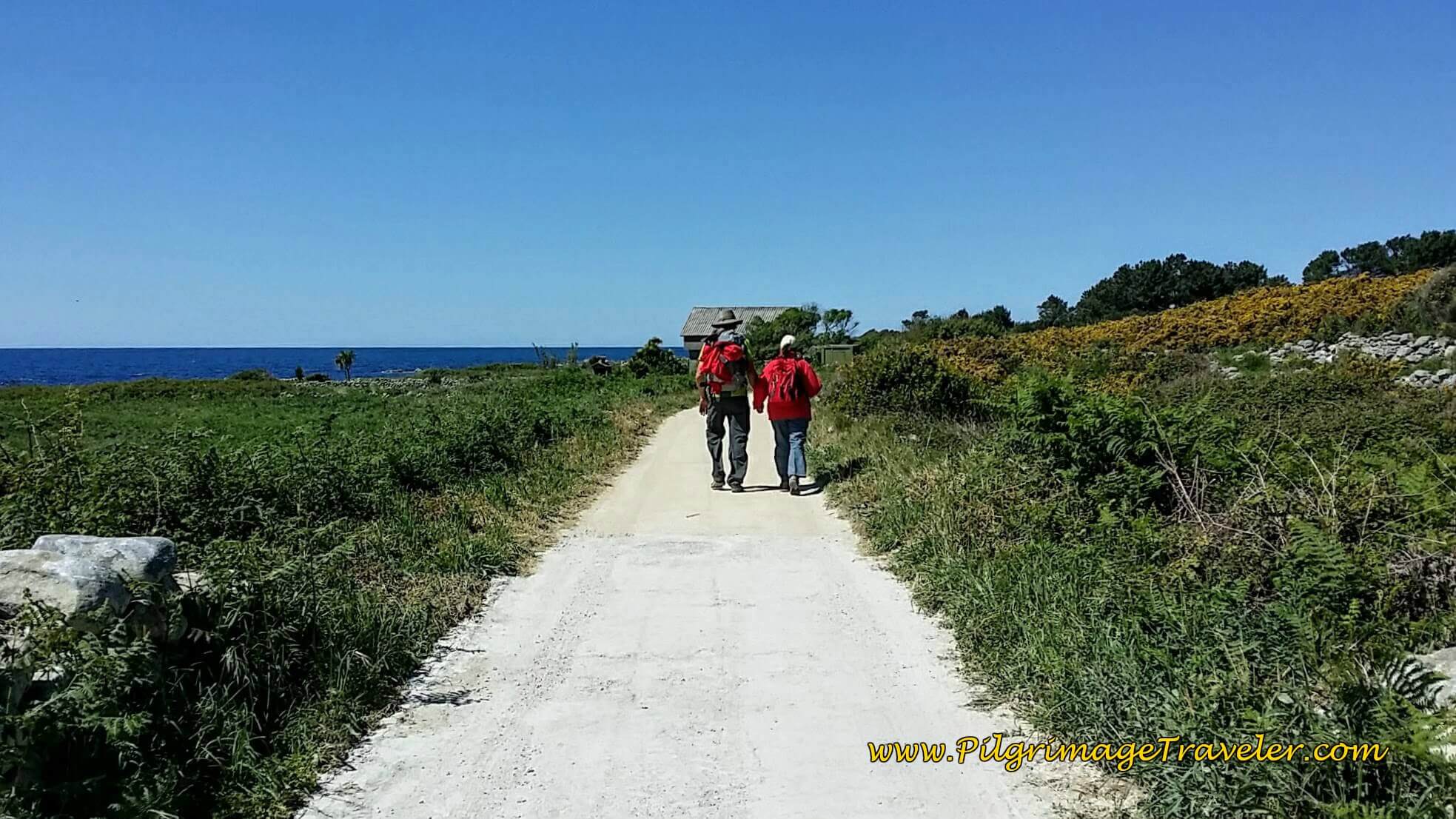 Long Seacoast Dirt Road Continues
Long Seacoast Dirt Road ContinuesContinue for about 2.6 kilometers along the coastal road, keeping left whenever there is a road juncture. There is no beach in this long section, nor any closer road to the shoreline to walk upon, so there is no separate Senda Litoral, but the route is the same as the Camiño Portugués Pola Costa.
The Casa Toñi is about halfway along this coastal road section, if you chose to stay there.
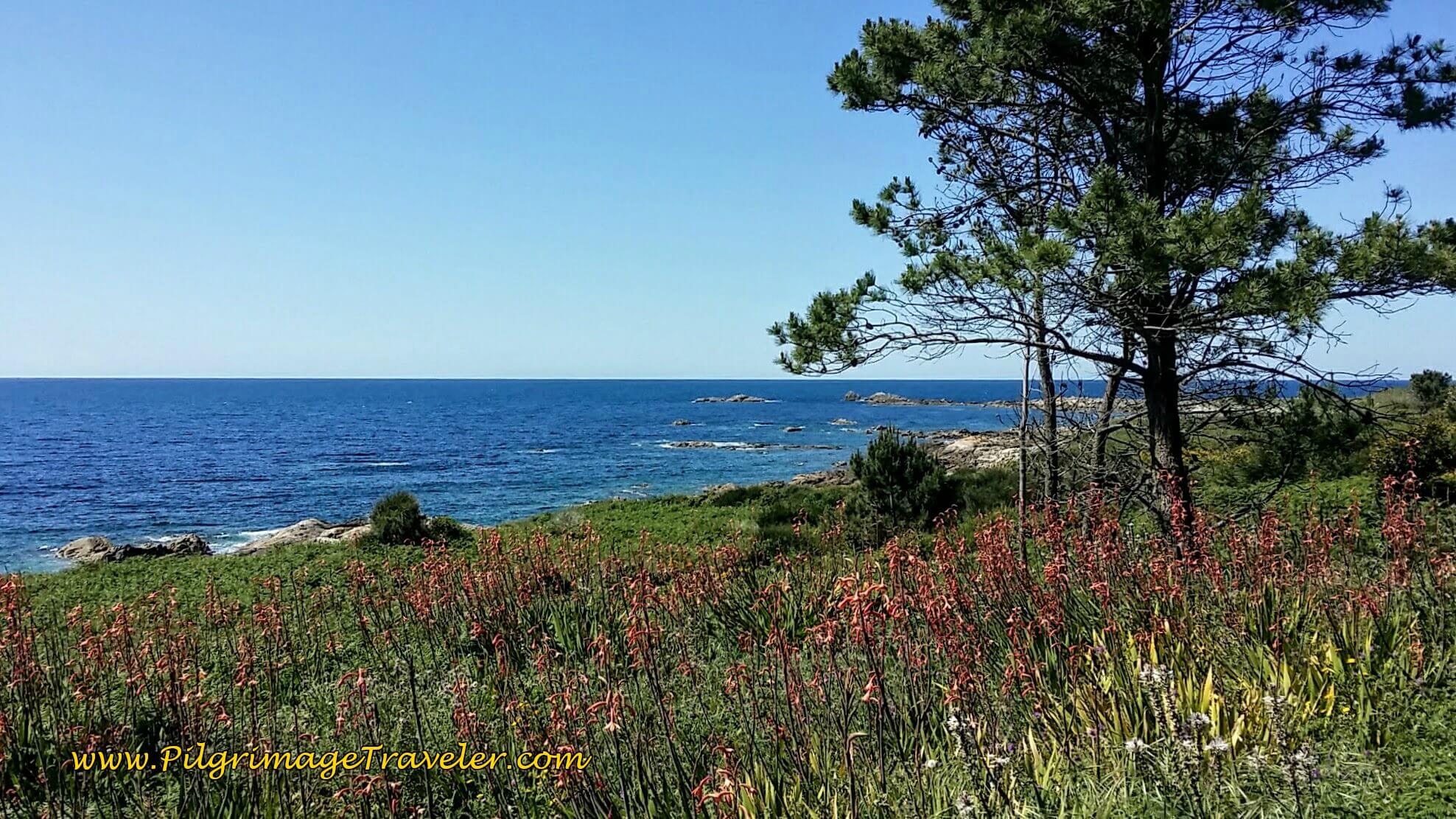 The Sea Beacons the Pilgrimage Traveler Onward
The Sea Beacons the Pilgrimage Traveler Onward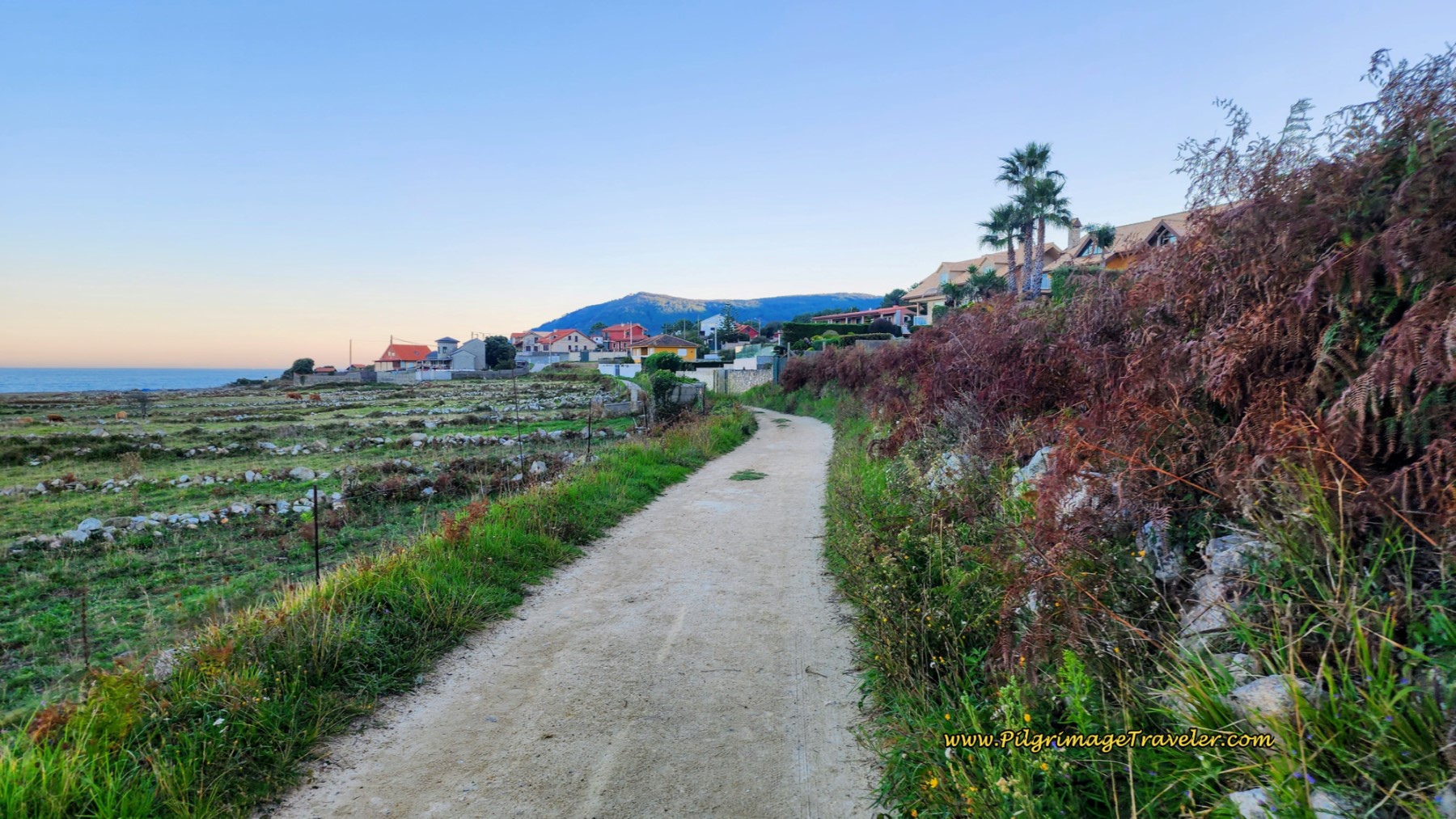 Houses Appear, Nearing Viladesuso
Houses Appear, Nearing ViladesusoYou join the PO-552 after 19.5 kilometers from A Pasaxe, at this photo, where you turn left to continue walking to the north.
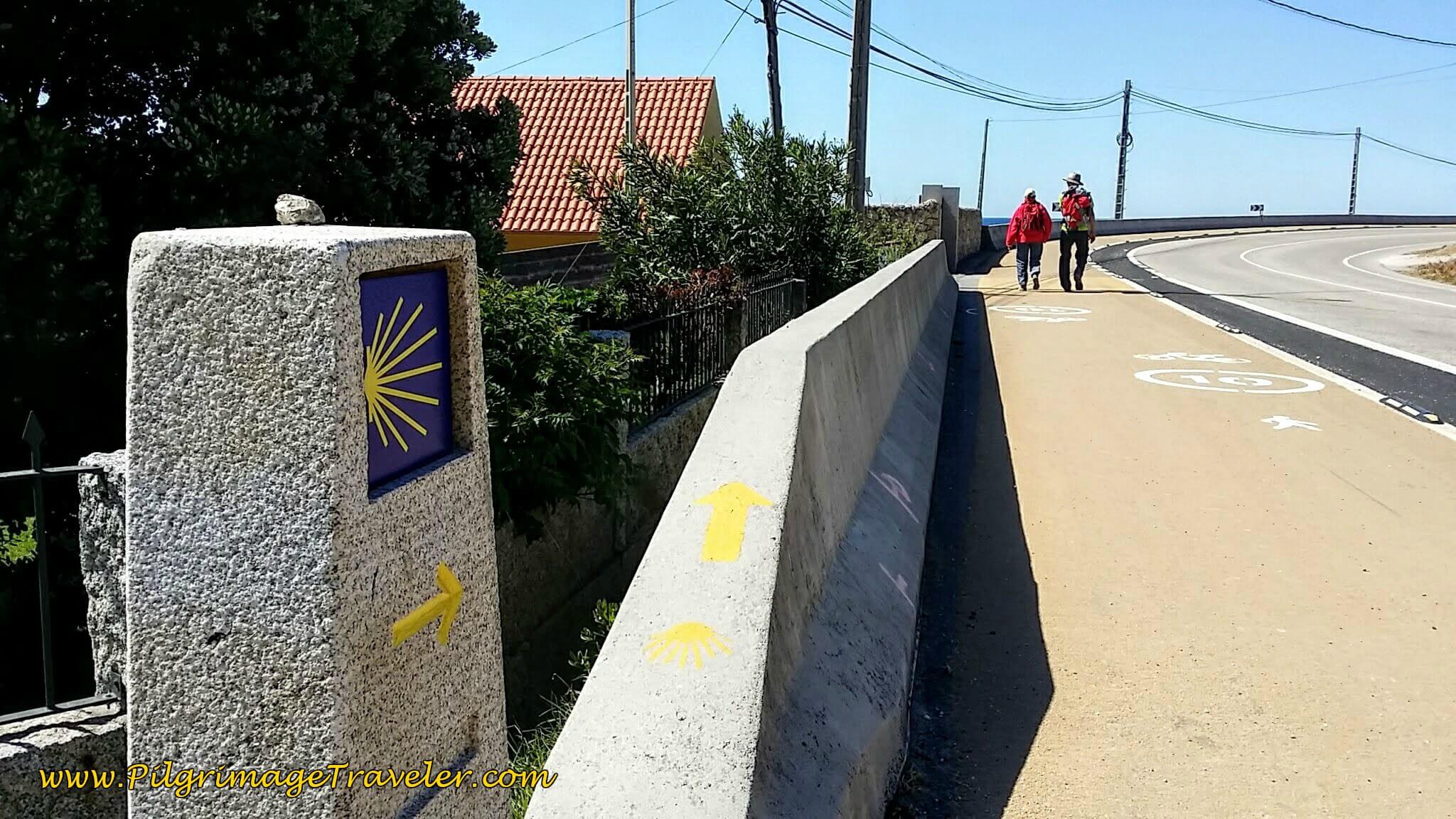 Rejoin the PO-552 After 3 Kilometers on the Dirt Road
Rejoin the PO-552 After 3 Kilometers on the Dirt RoadThen, walk a full kilometer on the highway to Viladesuso.
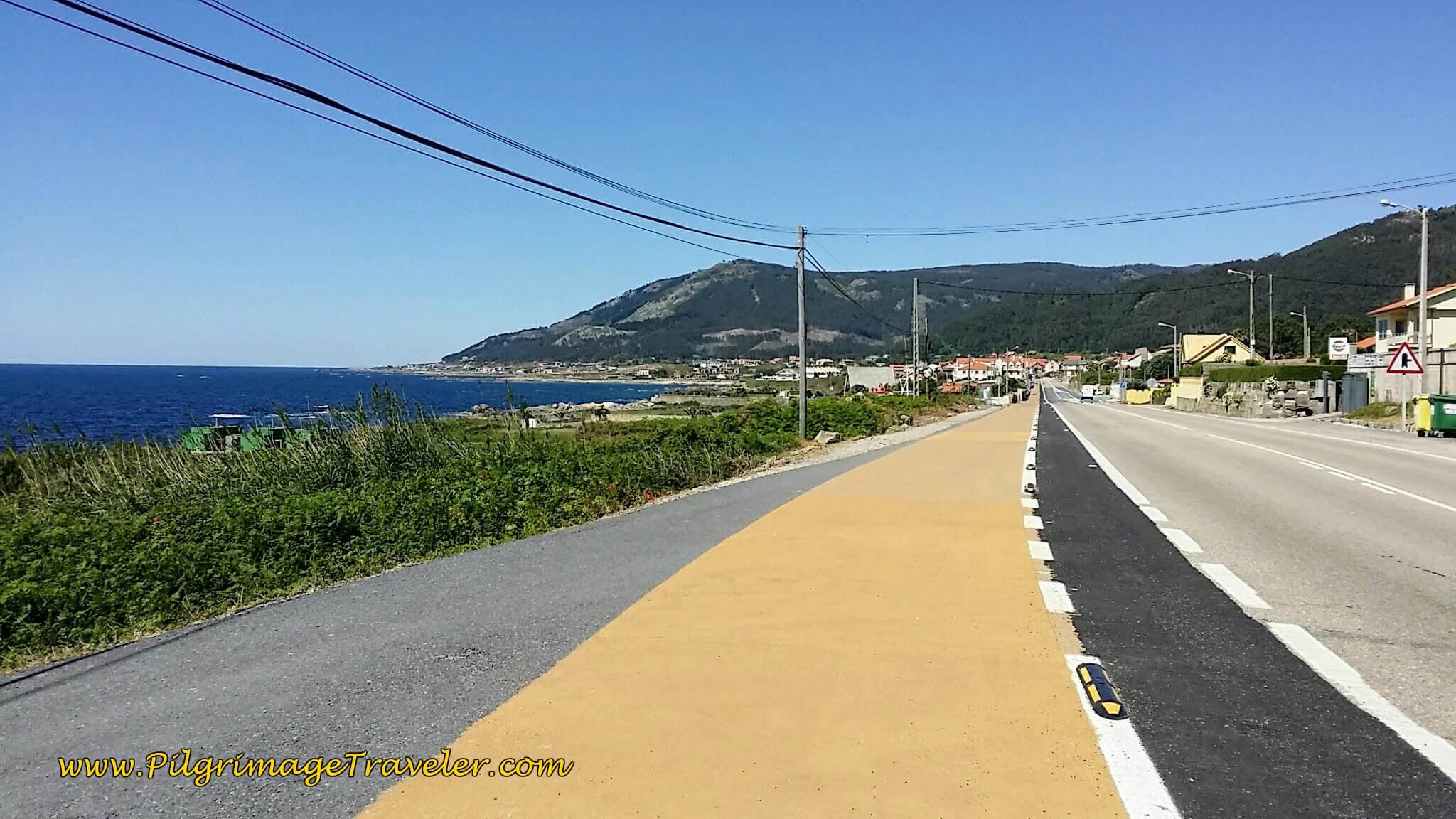 The PO-552 ~ Viladesuso Ahead, Day Nineteen, Coastal Route, Camino Portugués.
The PO-552 ~ Viladesuso Ahead, Day Nineteen, Coastal Route, Camino Portugués.There are places to eat and sleep along the highway in Viladesuso, if you don't want to do the final 2.5 km push to the Albergue in Mougás. There is the Loft Oia, the Casa Porto Dos Barcos, the private Albergue da Estrela the Hotel Restaurant Glasgow, the Alojamiento Camino Portugués Oia, another private albergue, and the Hotel Restaurante Costa Verde, all right along the highway.
After walking past most of the accommodations, the Camino soon turns right off the highway, here.
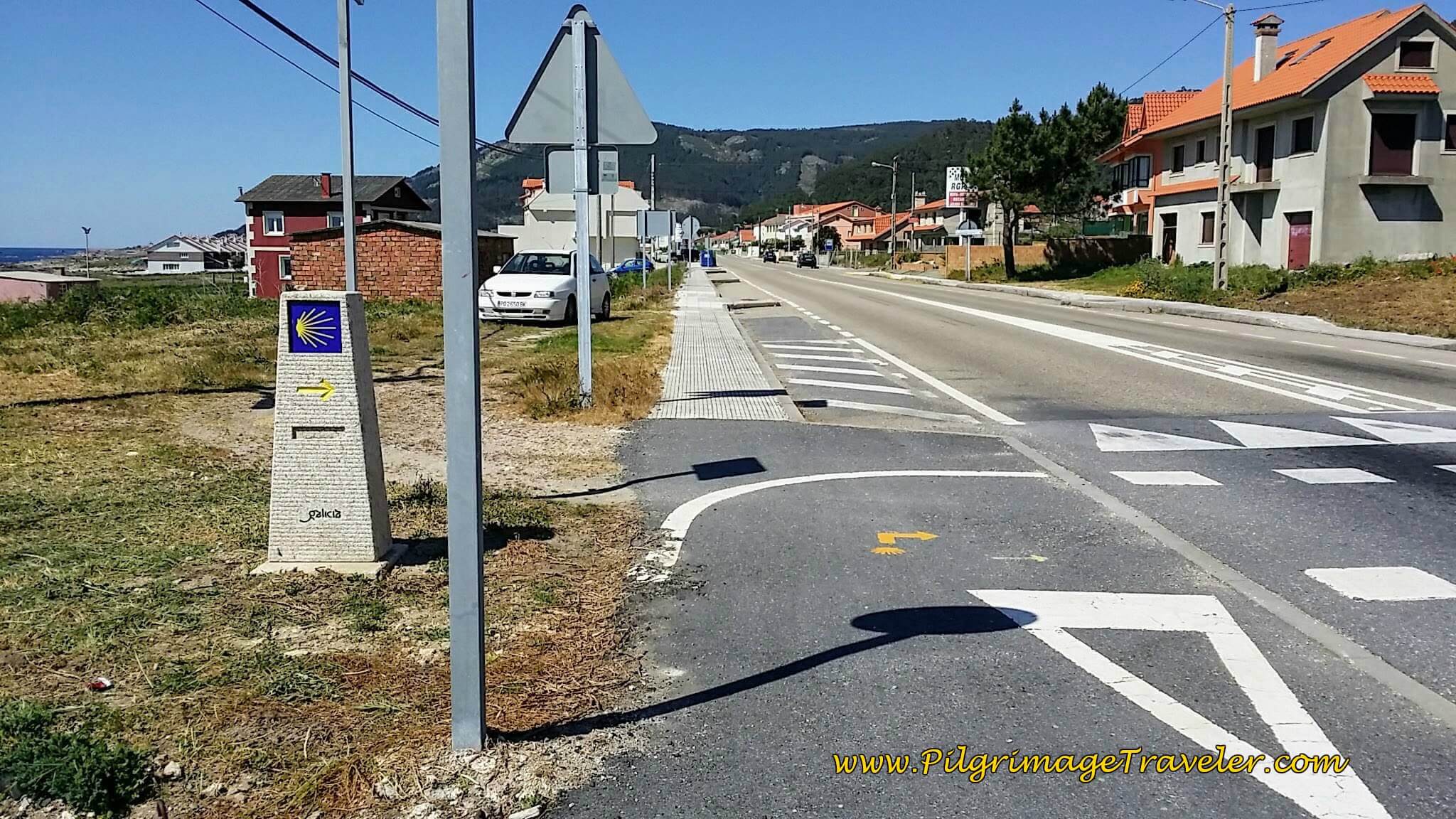 Turn Right Here in Viladesuso
Turn Right Here in ViladesusoNext you walk uphill by the Camiño Portugués Pola Costa sign.
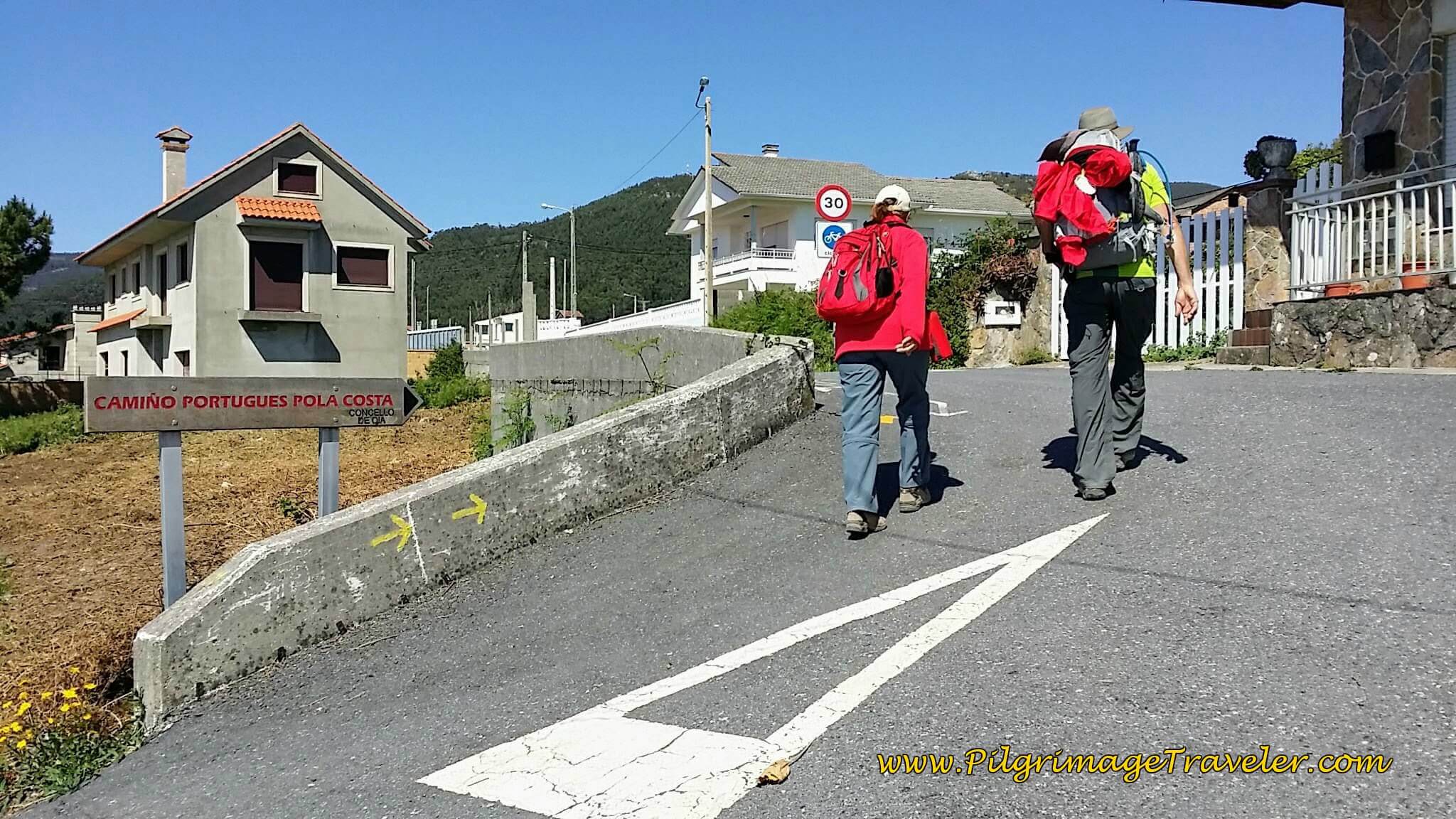 Another "Camiño Portugués Pola Costa" Sign to Guide You
Another "Camiño Portugués Pola Costa" Sign to Guide YouOur day ends here, just after passing the Albergue da Estrela and where the Camino goes left toward Mougás, but we stay straight to go up the hill to Glyvia's house.
A few meters off the Camino, is the "Albergue de Glyvia!" We were happy, lucky peregrinos to be staying here, and had plenty of afternoon left over to enjoy her home.
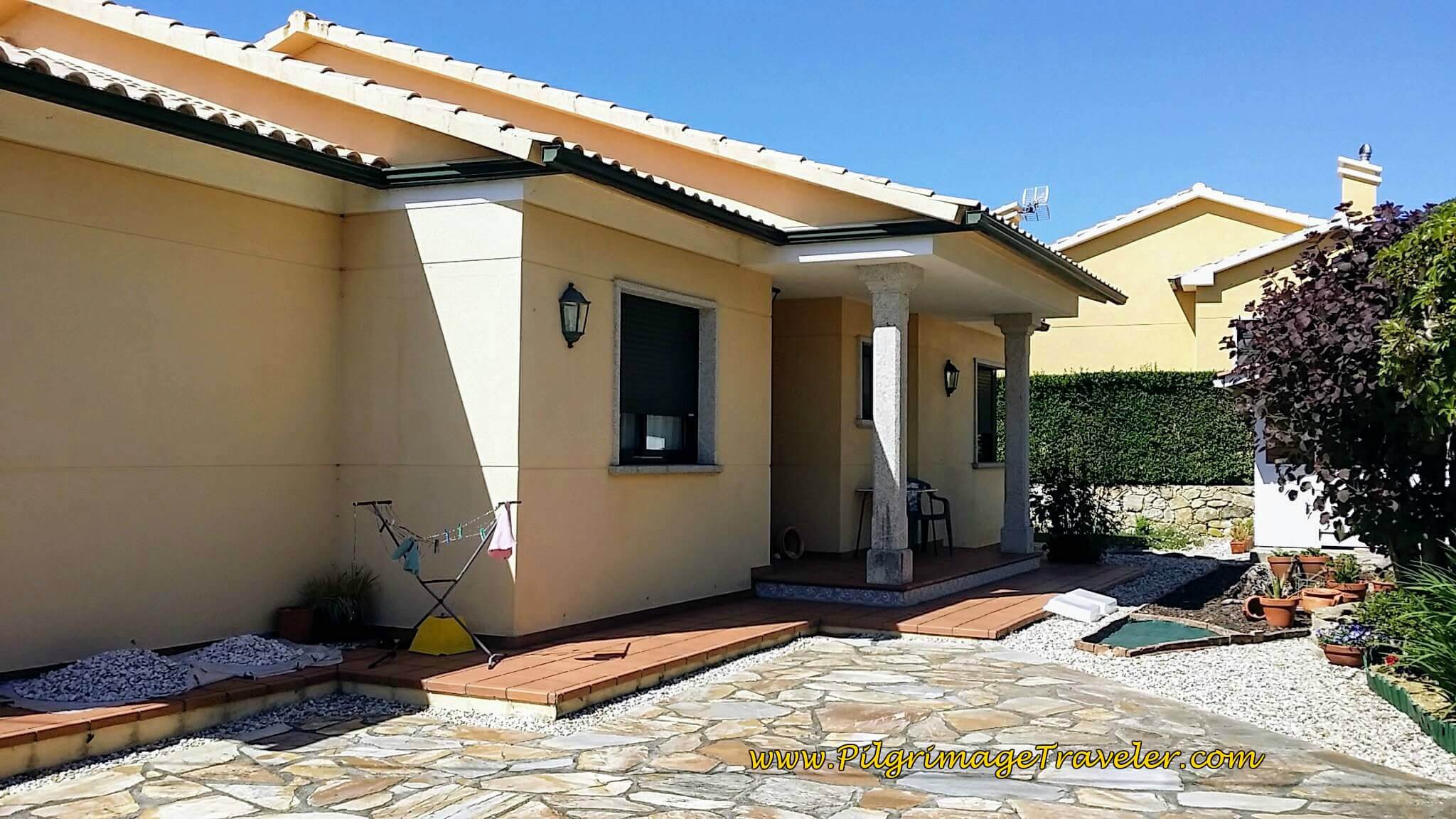 Albergue de Glyvia!
Albergue de Glyvia!Glyvia let us wash all our clothes at her house! We emptied our packs entirely and washed absolutely everything! She loaned us clothes/robes to wear while ours were being done. We sat on her back porch with a view overlooking the sea, sipping beer while our clothes washed.
She made us a fantastic dinner: Lots of wine, pasta carbonara, fresh tomato/mozzarella salad, German cake and coffee. We thought we had died and gone to peregrino heaven! We gave her "albergue" a 5-star rating!
Reflections on Day Nineteen, Coastal Route, Camino Portugués
The adventure was marvelous on this day, and the walk glorious! Meeting up with our friend Glyvia was so very, very nice. It was quite whimsical, we thought, in the fall of 2015, after getting to know her on the Camino Primitivo, when she invited us to her home along the Camino Portugués por la Costa. Yet here we were, in her fabulous home. It was a spectacular opportunity for us. We had made a life-long friend. That is what the Camino does for you!
While the walk from the old ferry station to her home was longer than Glyvia had remembered, it being 20.6 kilometers instead of 16, she had suffered a bit, just to join us on the walk. She got two blisters, which we treated that night. She was so very tired afterward, and we had walked her slower pace, out of kindness towards her. She had had a rough two weeks over Easter, barely one week prior, having suffered from a flu-like illness.
I admired her courage in walking so far with us, so soon after an illness. She was so thrilled with our company, on the walk and having us in her home, that it touched our hearts so very much.
On top of her tiredness, she was such a fabulous hostess! The kindness that we received from her, in her home, was monumental.
We had blessed others, and now we were being richly blessed. It was a wonderful feeling. She had more than lived up to the name we had given her on the Camino Primitivo ~ "Camino Mother."
In fact, Glyvia told us how frequently she rescues pilgrims who are tired, thirsty, hungry and/or lost, stumbling by her house. She gives them snacks and water. She is a blessing to all pilgrims who need that extra boost to make it to Mougás! Hats off to you, dear Glyvia!
Salutation
May your own day nineteen on the Coastal Route of the Camino Portugués be filled with sweet friendships that refresh your soul and awaken your heart with joy! Ultreia!
Camino Portugués Overview
Camino Portugués Stages
Central Route: Lisbon to Porto Stages
Central Route: Porto to Santiago Stages
Senda Litoral or the Coastal Routes: Porto to Santiago Stages
Skip to Central Route Above, for Final Days 22-25 to Santiago
Variante Espiritual Stages
Please Consider Showing Your Support
Many readers contact me, Elle, to thank me for all the time and care that I have spent creating this informative website. If you have been truly blessed by my efforts, have not purchased an eBook, yet wish to contribute, I am exeedingly grateful. Thank you!
Search This Website:
🙋♀️ Why Trust Us at the Pilgrimage Traveler?

We’re not a travel agency ~ we’re fellow pilgrims! (See About Us)
We've trekked Pilgrimage Routes Across Europe since 2014!
💬 We’ve:
- Gotten lost so you don’t have to. 😉
- Followed waymarks in the glowing sunlight, the pouring rain and by moonlight. ☀️🌧️🌙
- Slept in albergues, hostels & casa rurals. Ate and drank in cafés along the way. 🛌 😴
- Created comprehensive and downloadable GPS maps and eBook Guides, full of must-have information based on real pilgrimage travels. 🧭 🗺️
- Shared our complete journeys, step by step to help YOU plan your ultimate pilgrimage and walk with your own Heart and Soul. 💙✨
Every detail is from our own experiences. Just fellow pilgrims sharing the Way. We have added a touch of spirituality, heartfelt insights and practical guidance from the road ~ offering a genuine connection to the spirit of pilgrimage. Tap into the wisdom of seasoned pilgrims!
Ultreia and Safe Pilgrimage Travels, Caminante! 💫 💚 🤍
Follow Me on Pinterest:
Find the Pilgrimage Traveler on Facebook:
Like / Share this page on Facebook:
***All Banners, Amazon, Roamless and Booking.com links on this website are affiliate links. As an Amazon associate and a Booking.com associate, the Pilgrimage Traveler website will earn from qualifying purchases when you click on these links, at no cost to you. We sincerely thank you as this is a pilgrim-supported website***
PS: Our eBook Guide books are of our own creation and we appreciate your purchase of those too!!
Shroud Yourself in Mystery, along the Via de Francesco!
Walk in the Footsteps of St. Francis, and Connect Deeply to the Saint and to Nature in the Marvelous Italian Countryside!
Need suggestions on what to pack for your next pilgrimage? Click Here or on the photo below!
Find the Best Hotel Deals Using This Tool!
Carbon Trekking Poles ~ My Favorites!
Carbon fiber construction (not aluminum) in a trekking pole makes them ultra lightweight. We like the Z-Pole style from Black Diamond so we can hide our poles in our pack from potential thieves before getting to our albergue! There are many to choose from! (See more of our gear recommendations! )
Gregory BackPack ~ My Favorite Brand
Do not forget your quick-dry microfiber towel!

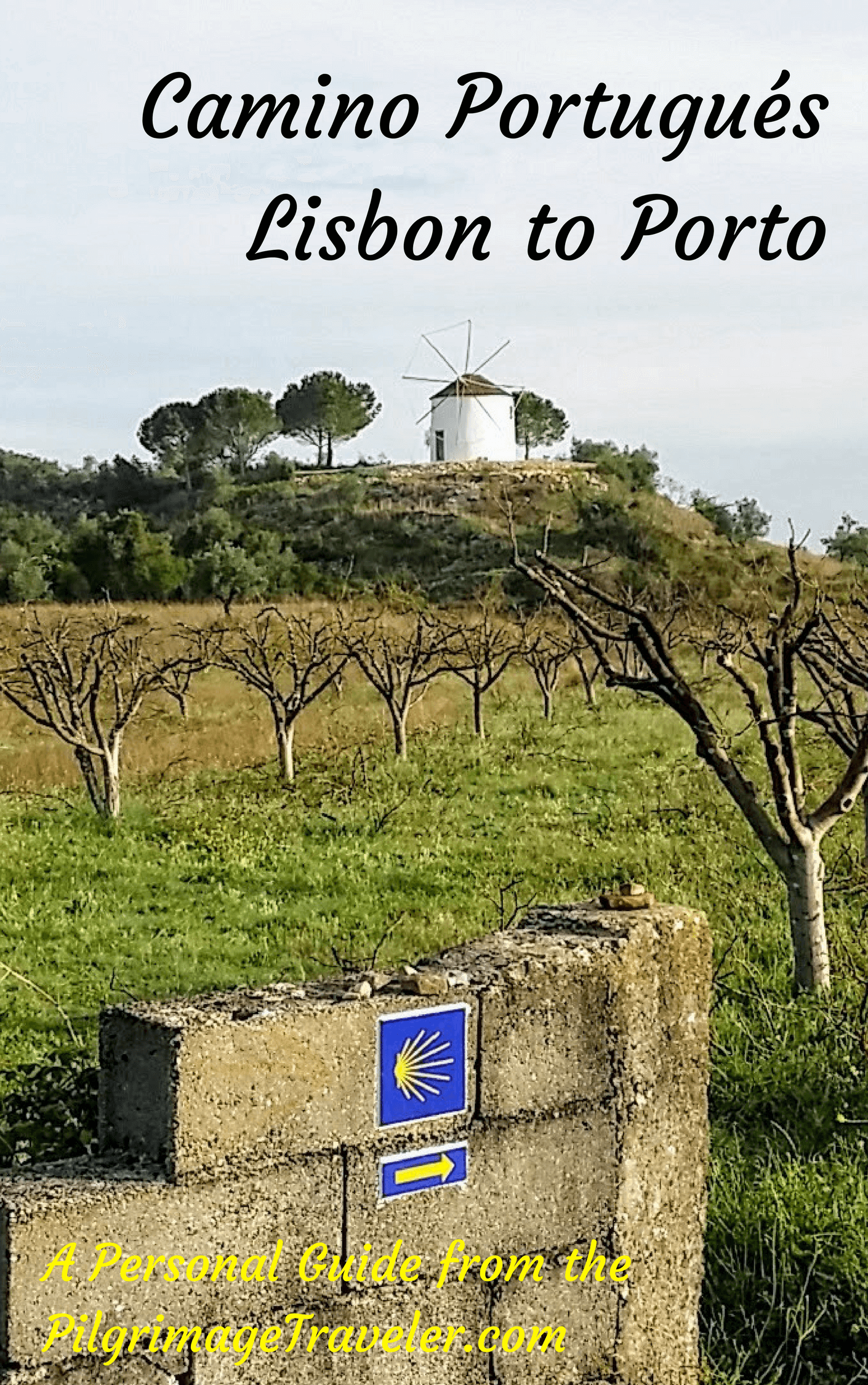
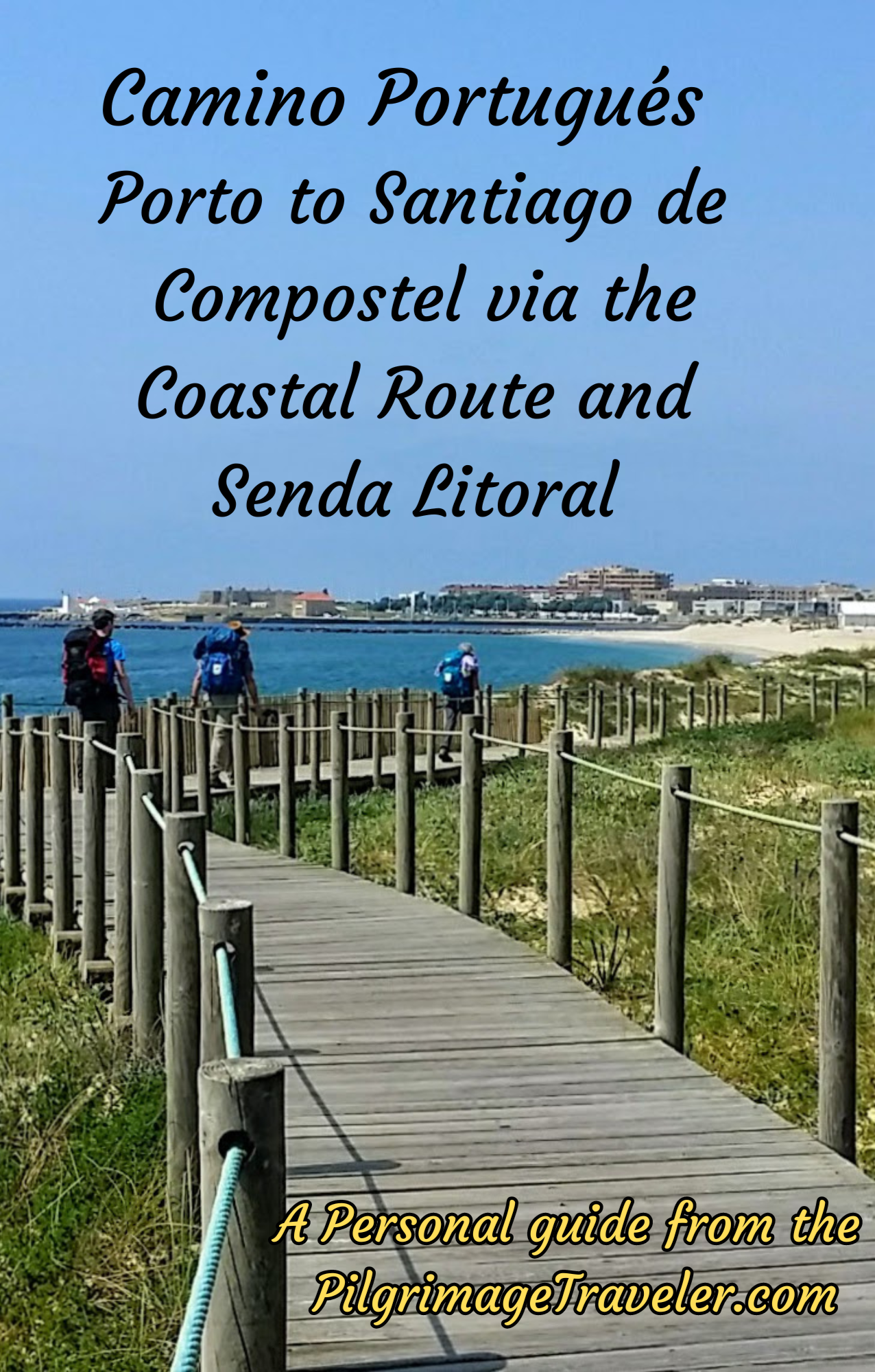
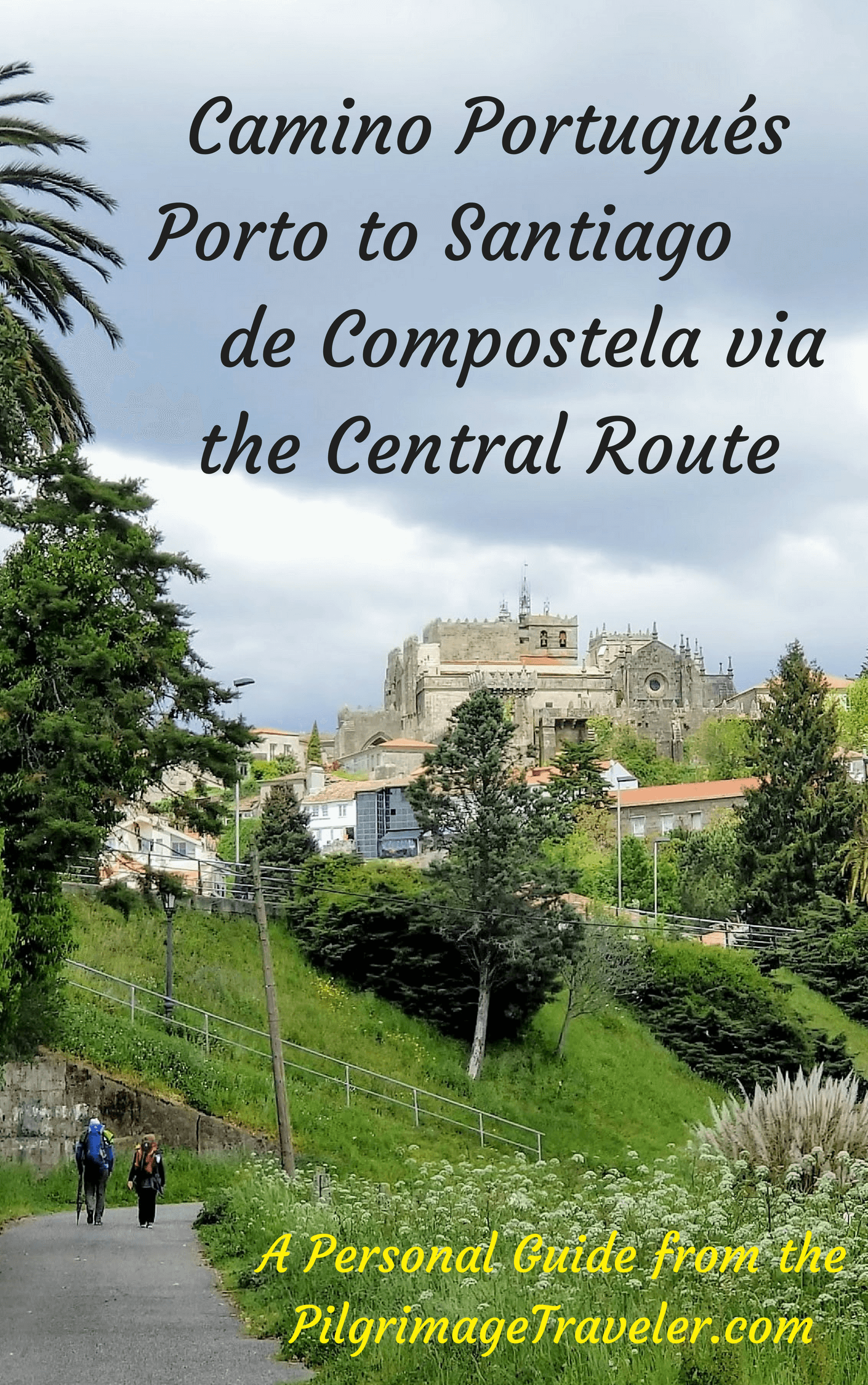
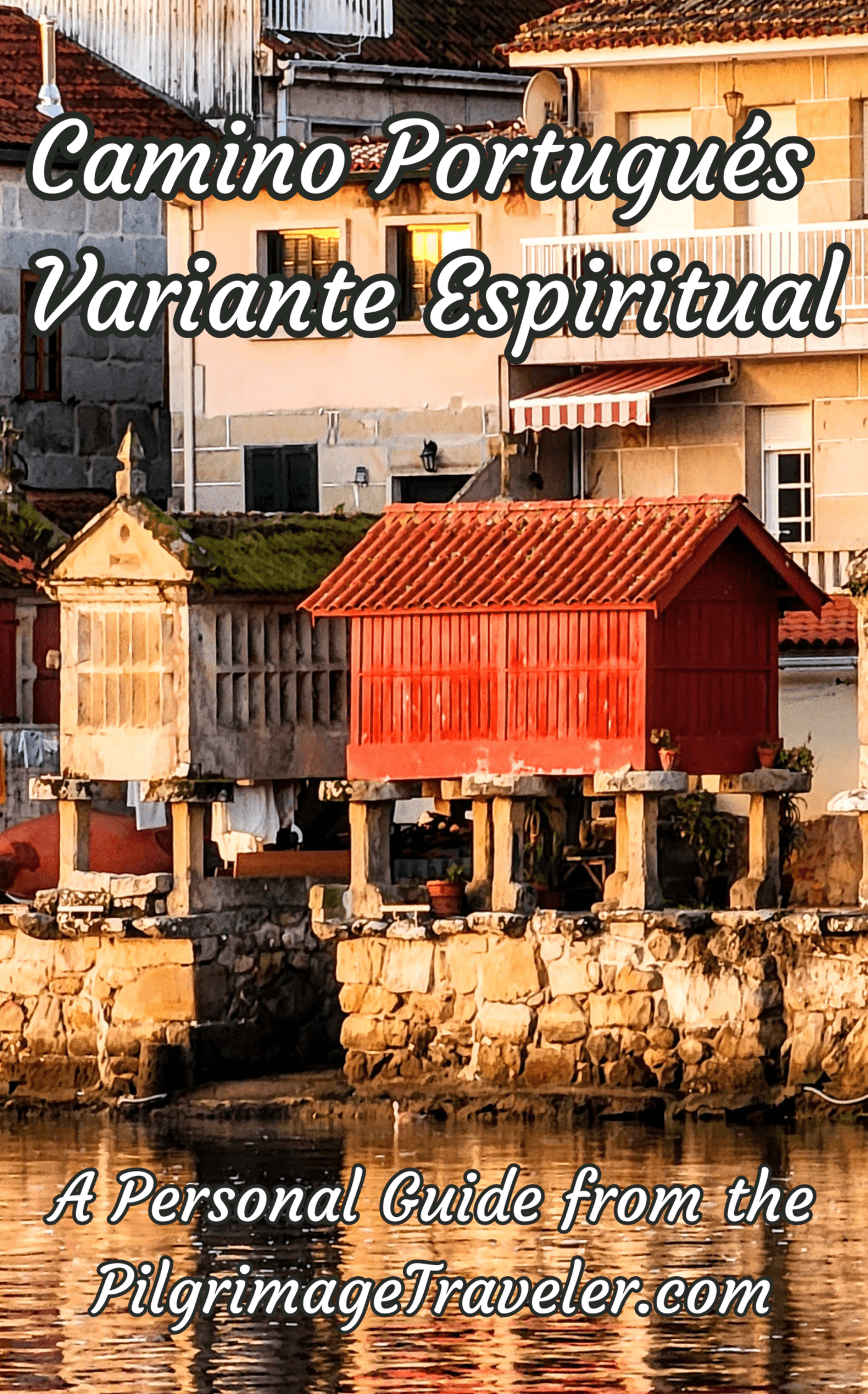
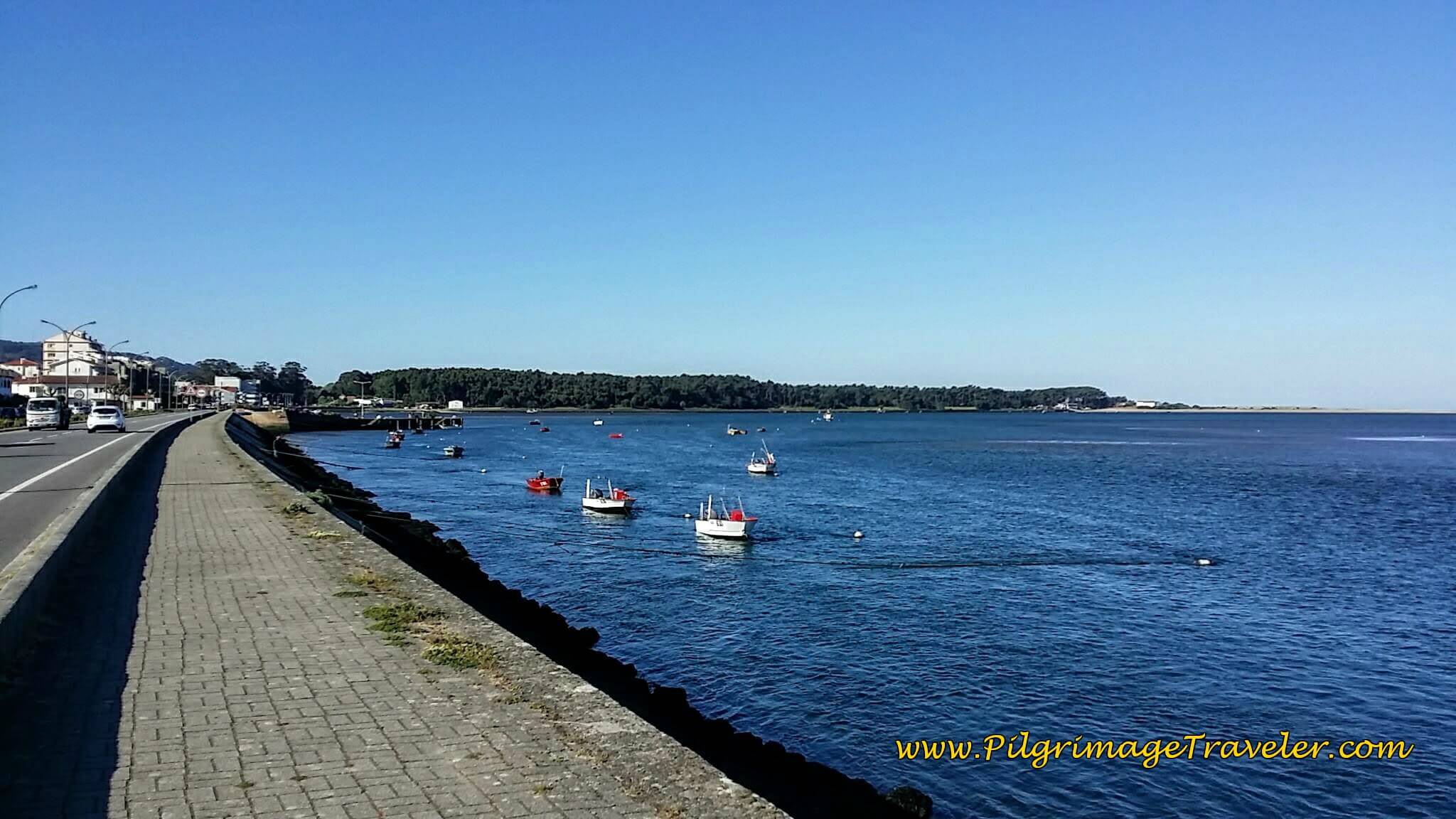
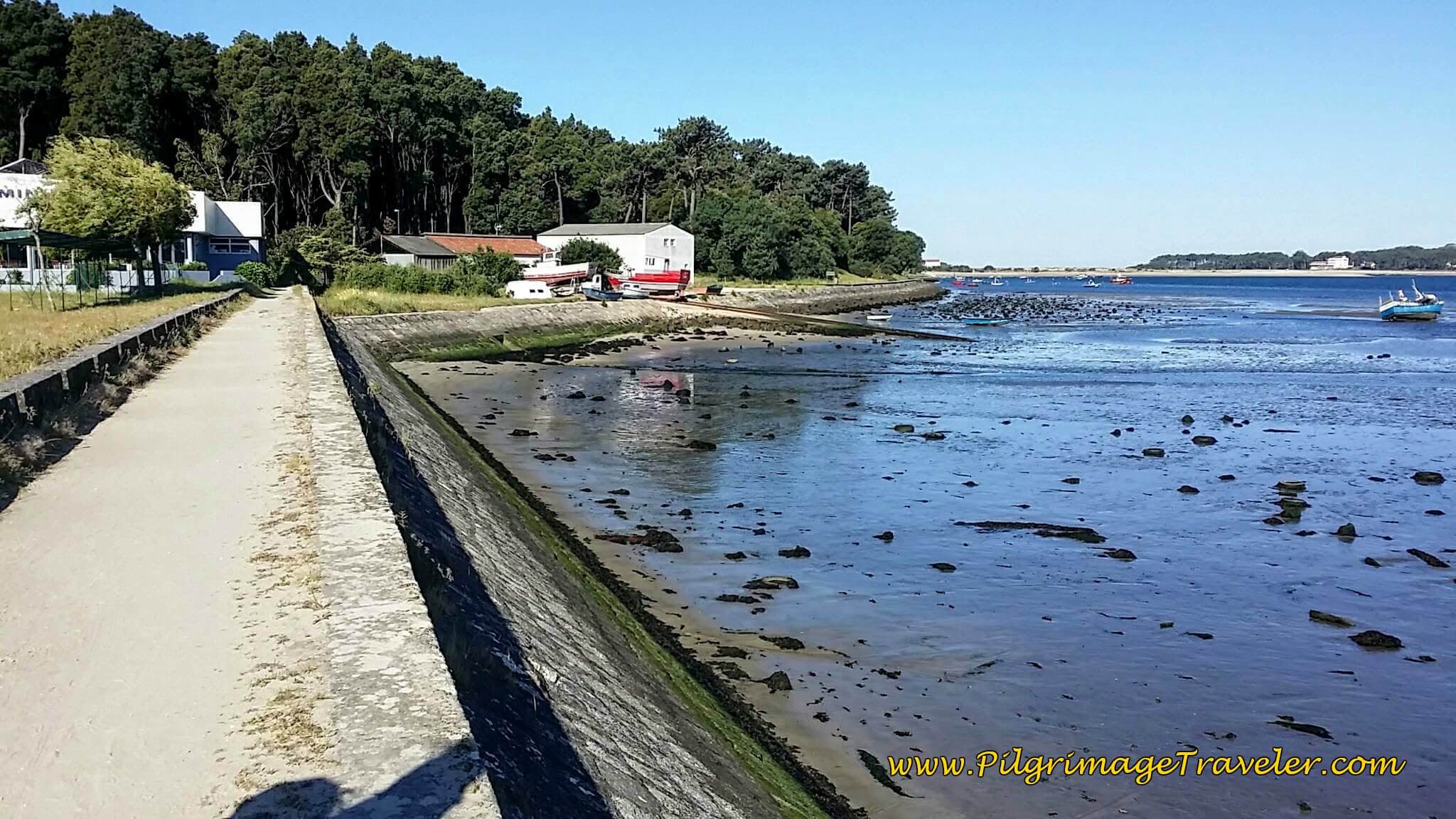
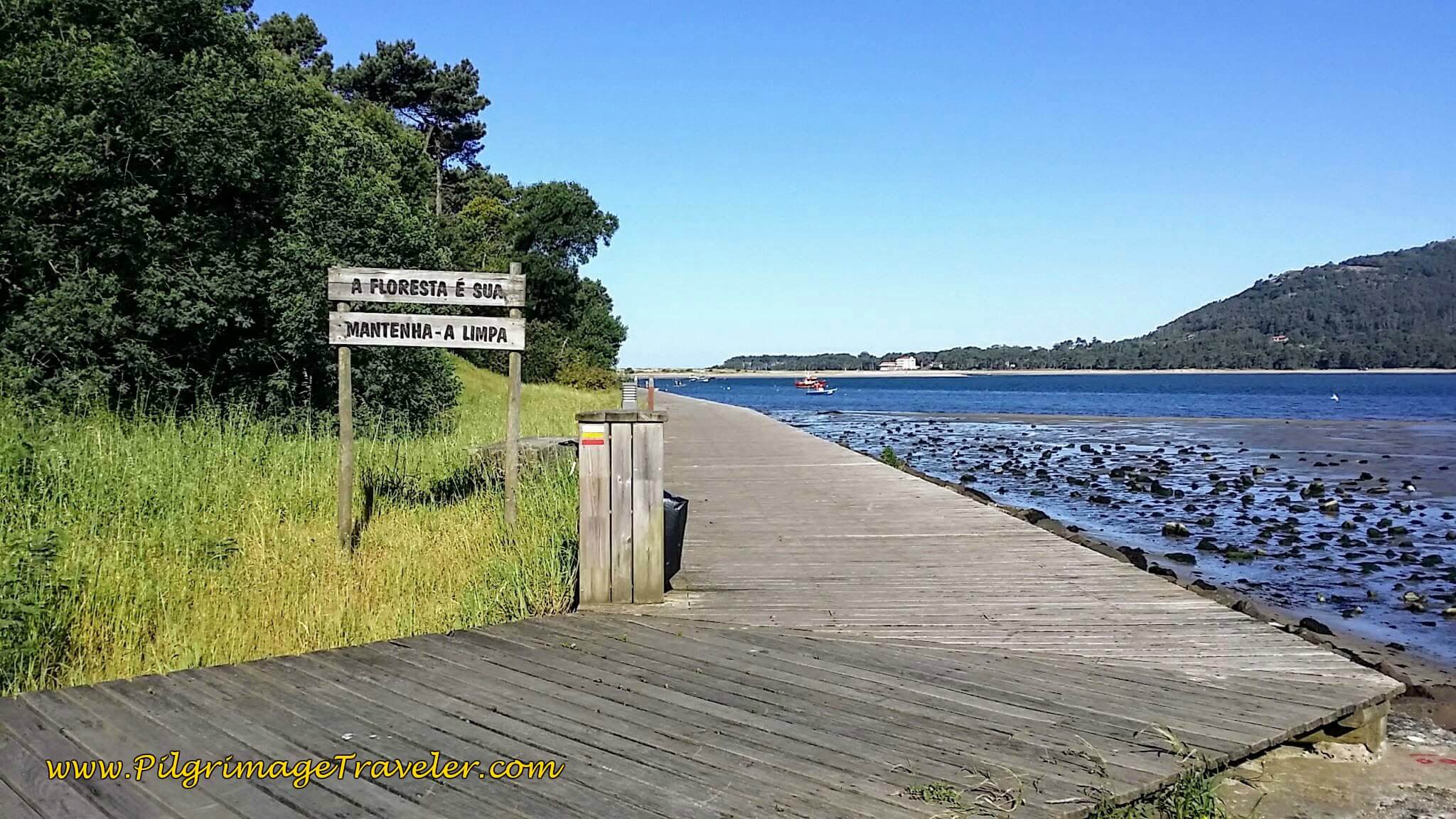
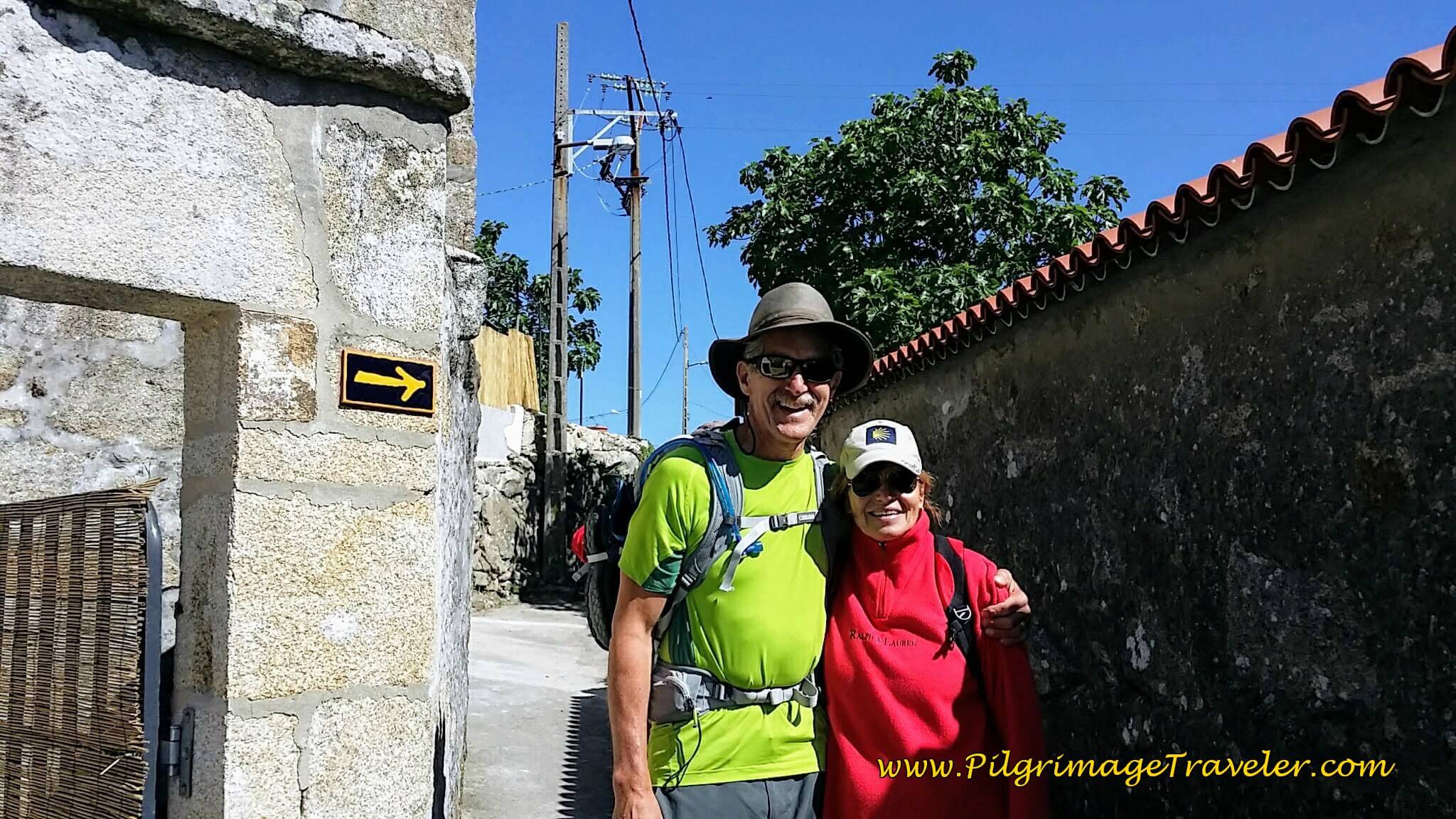
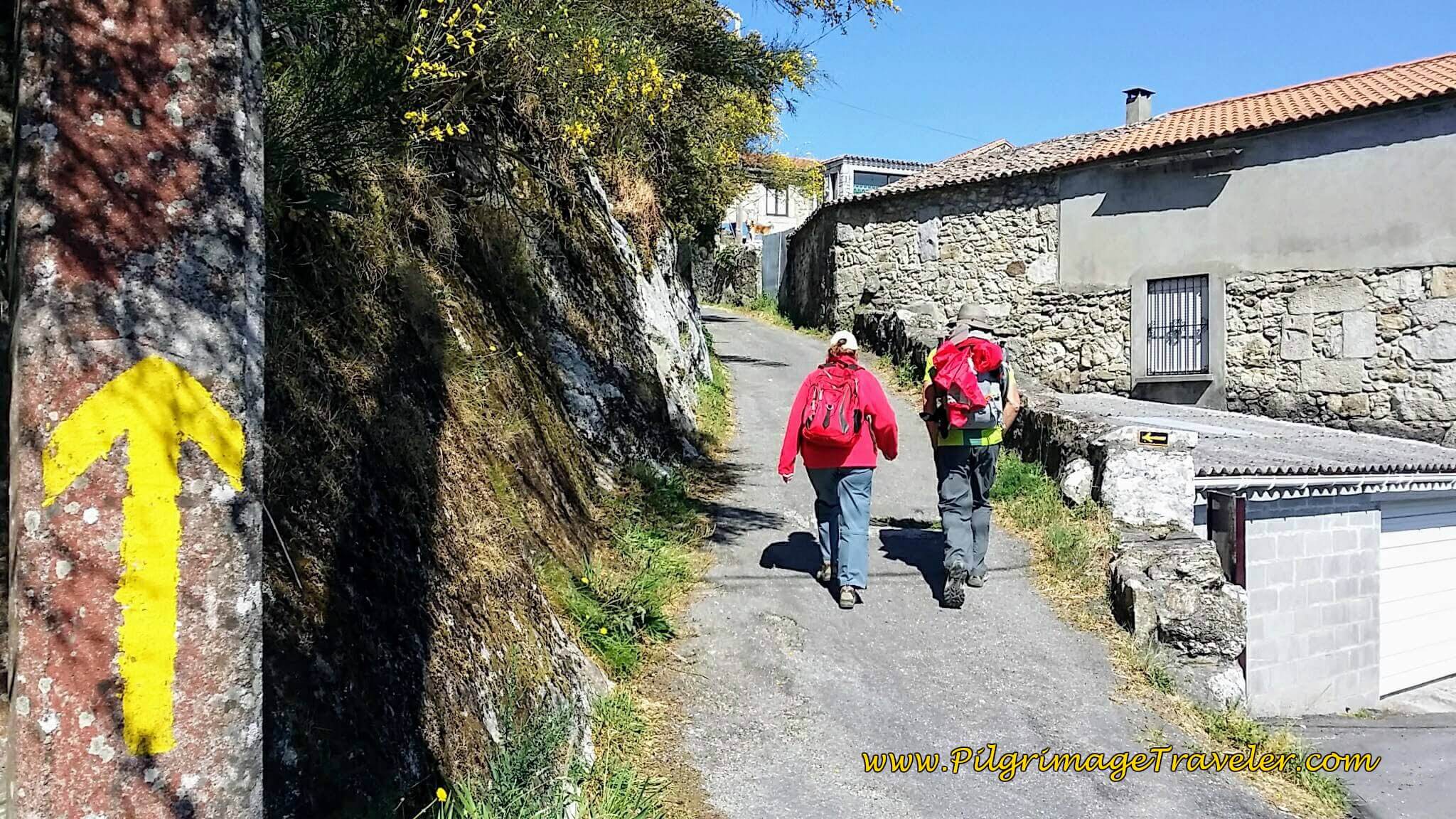
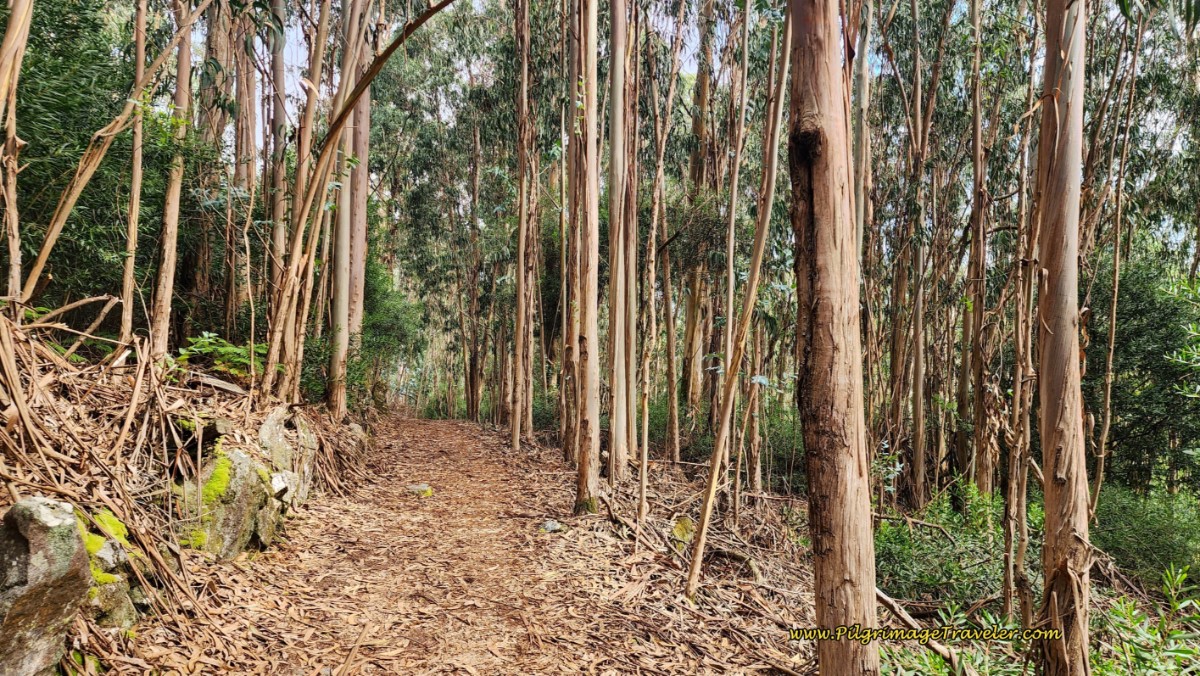
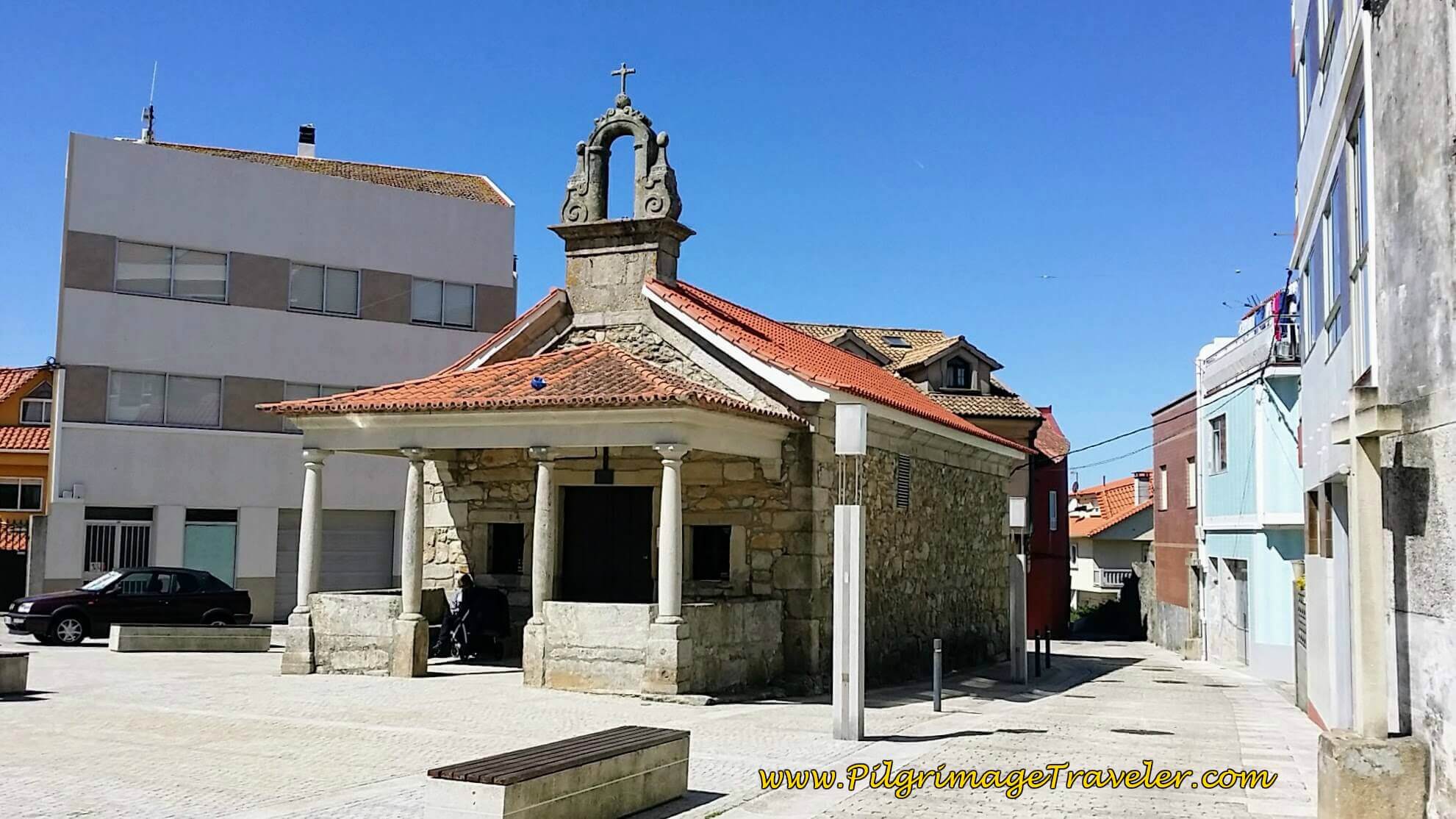
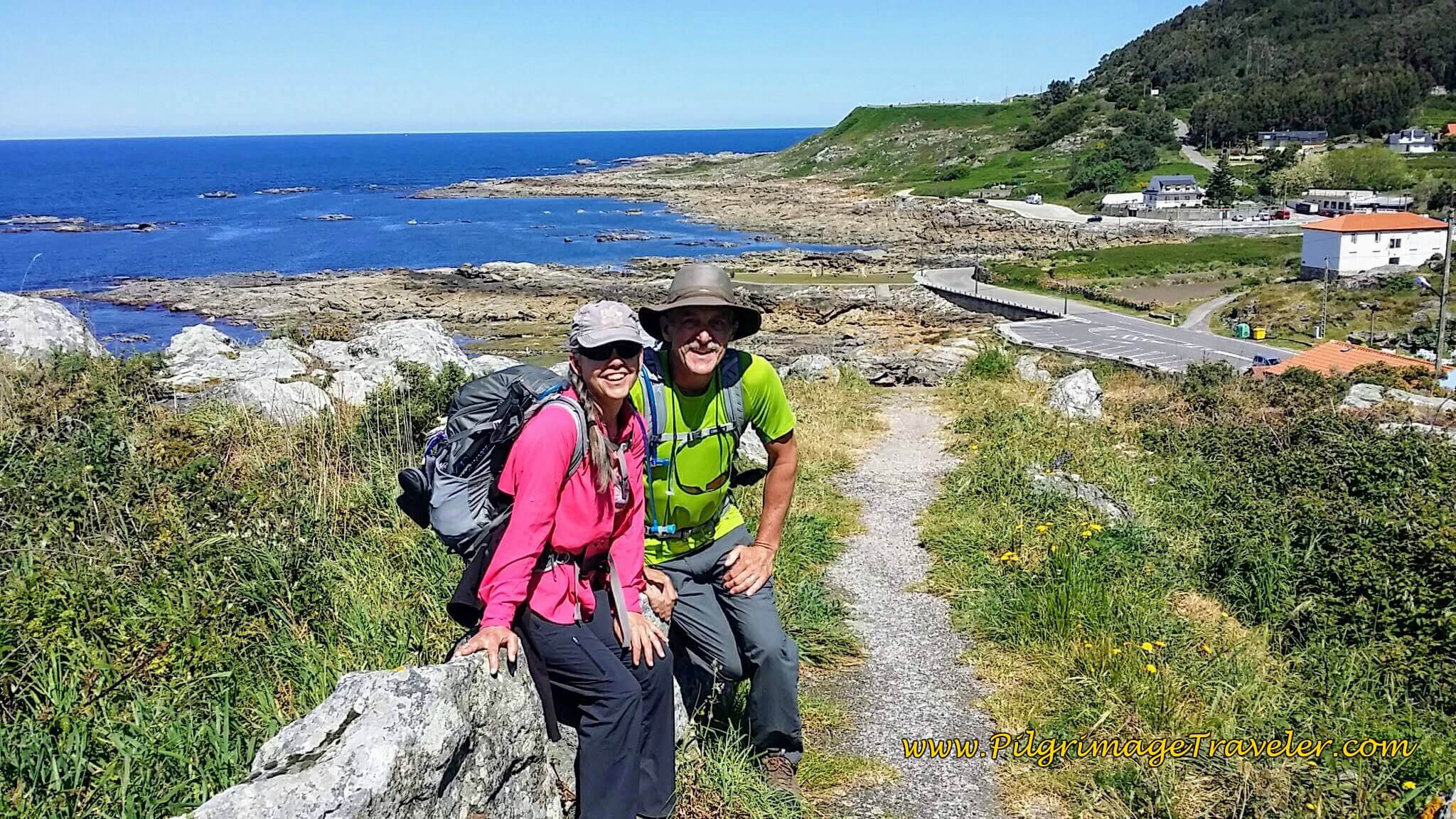
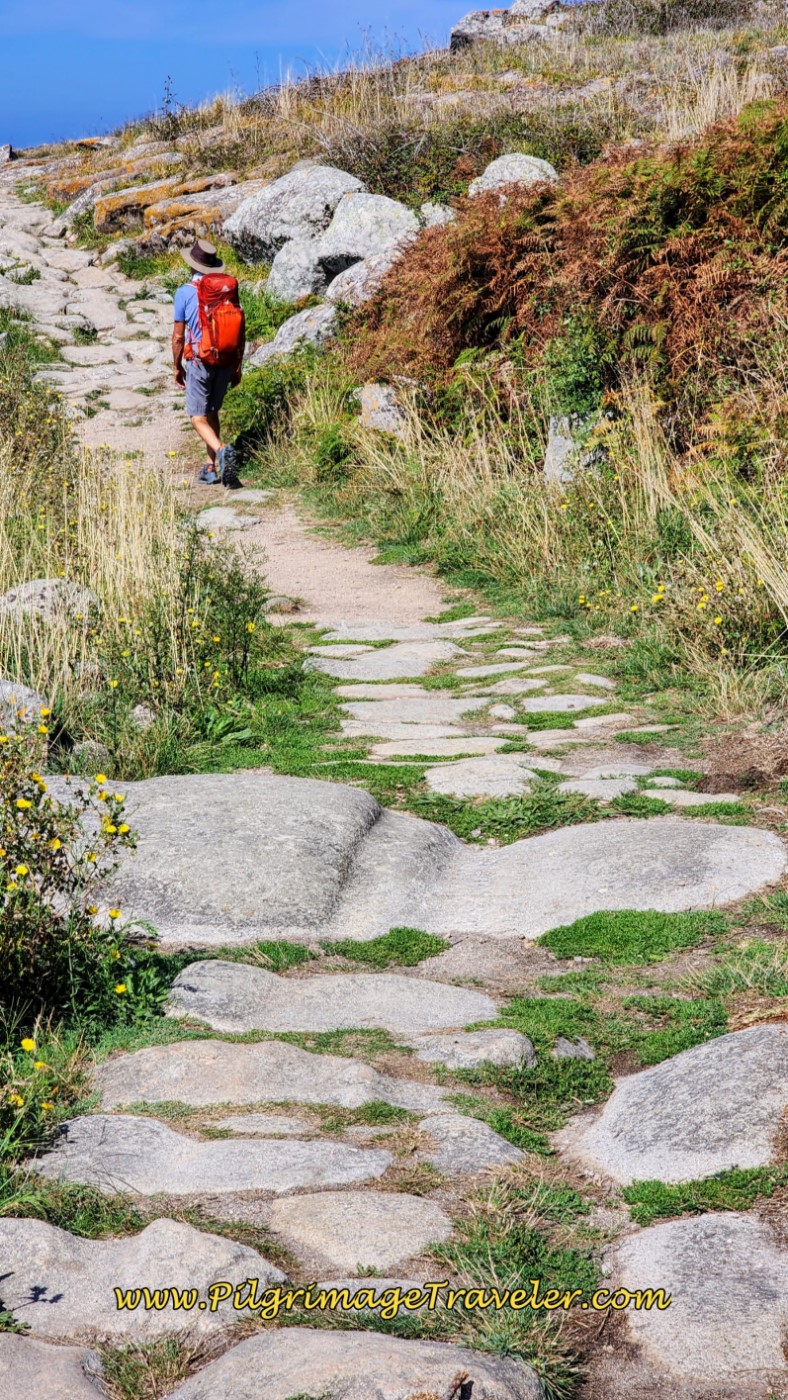
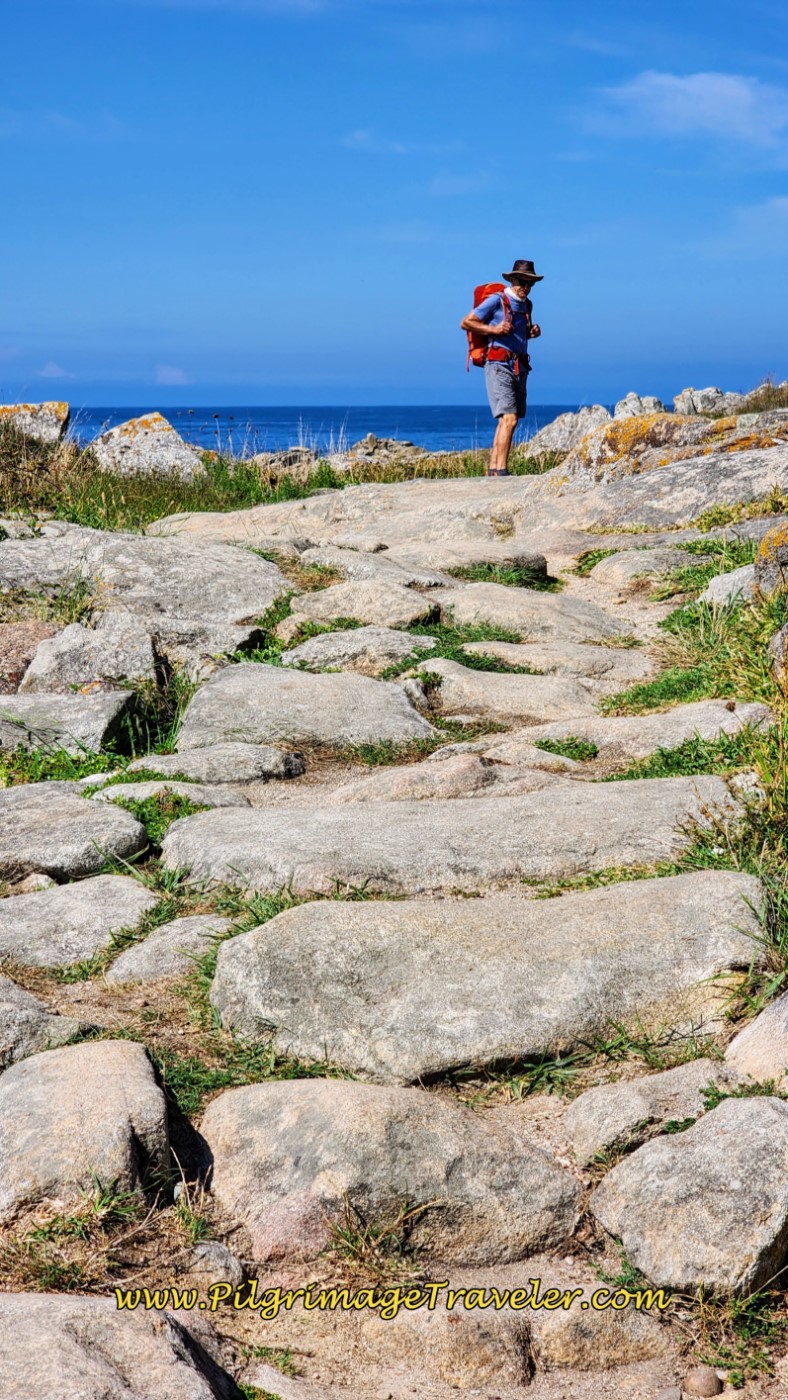
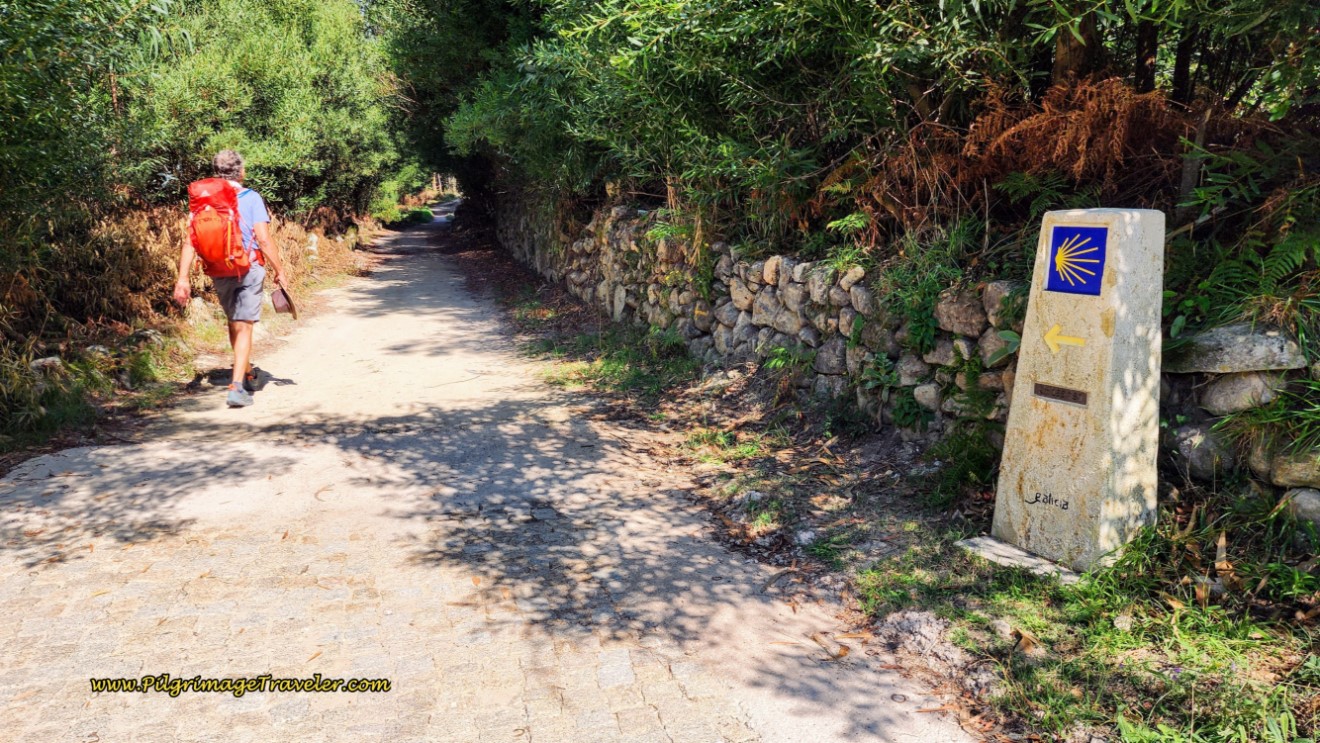
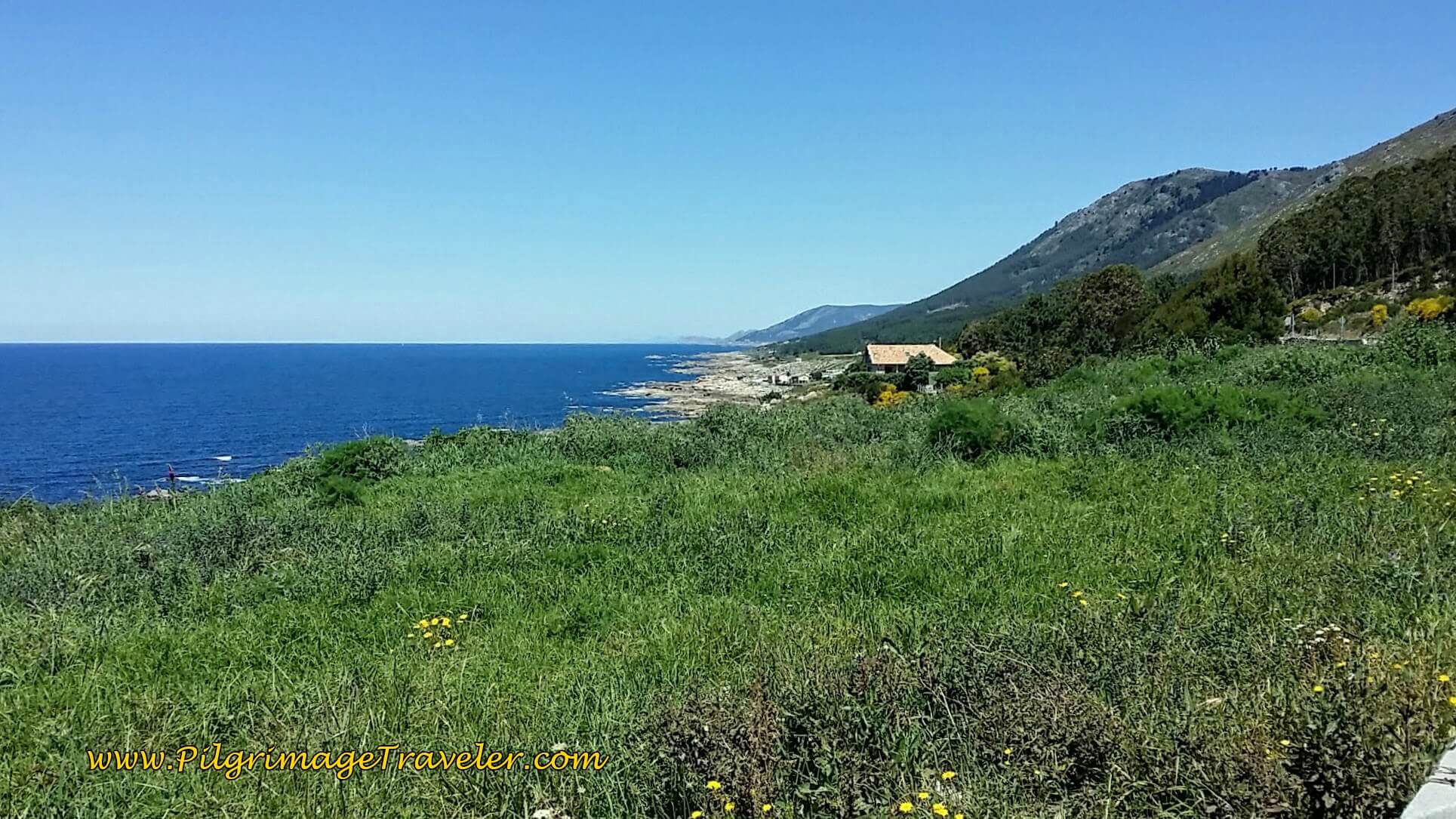
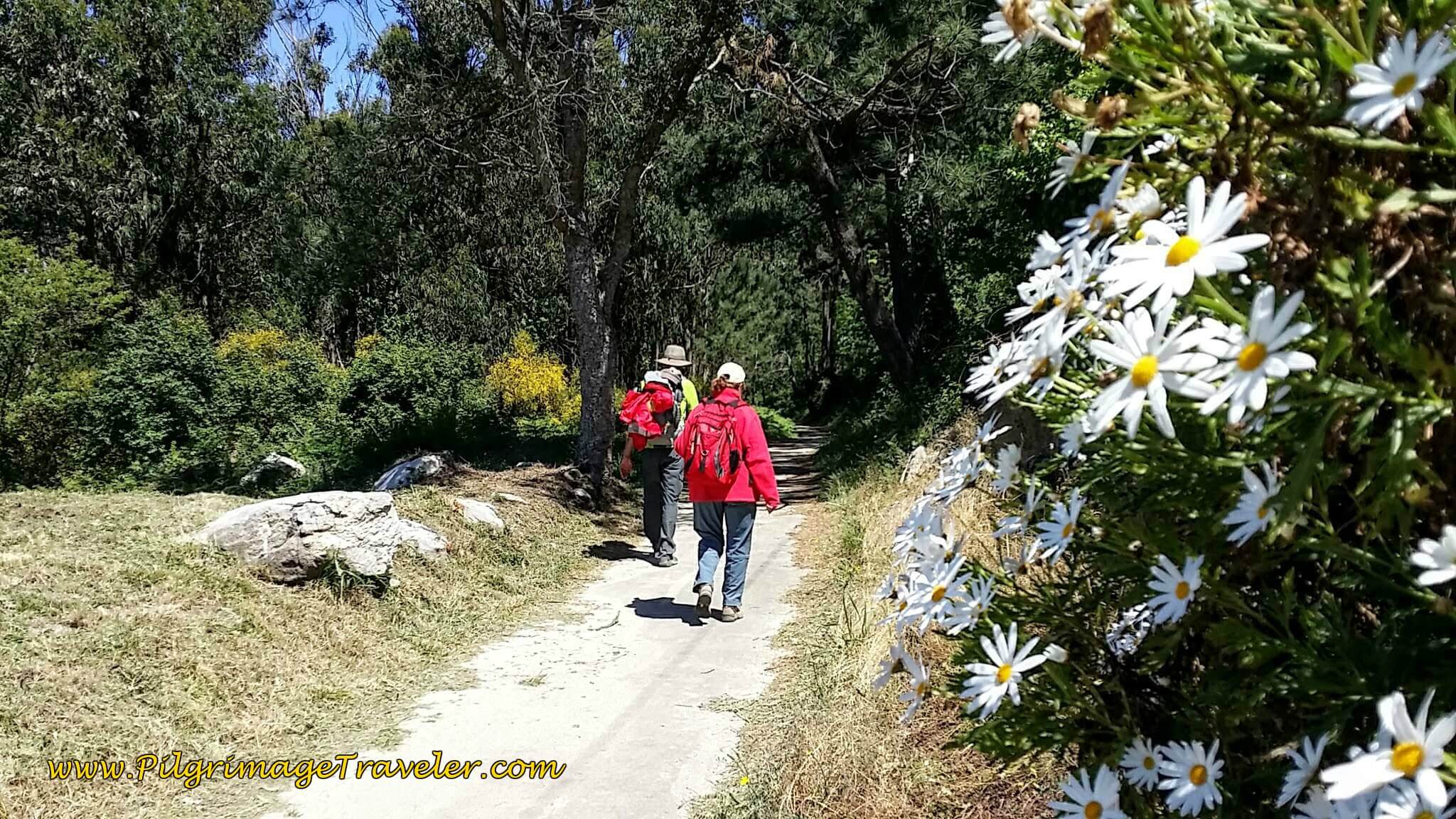
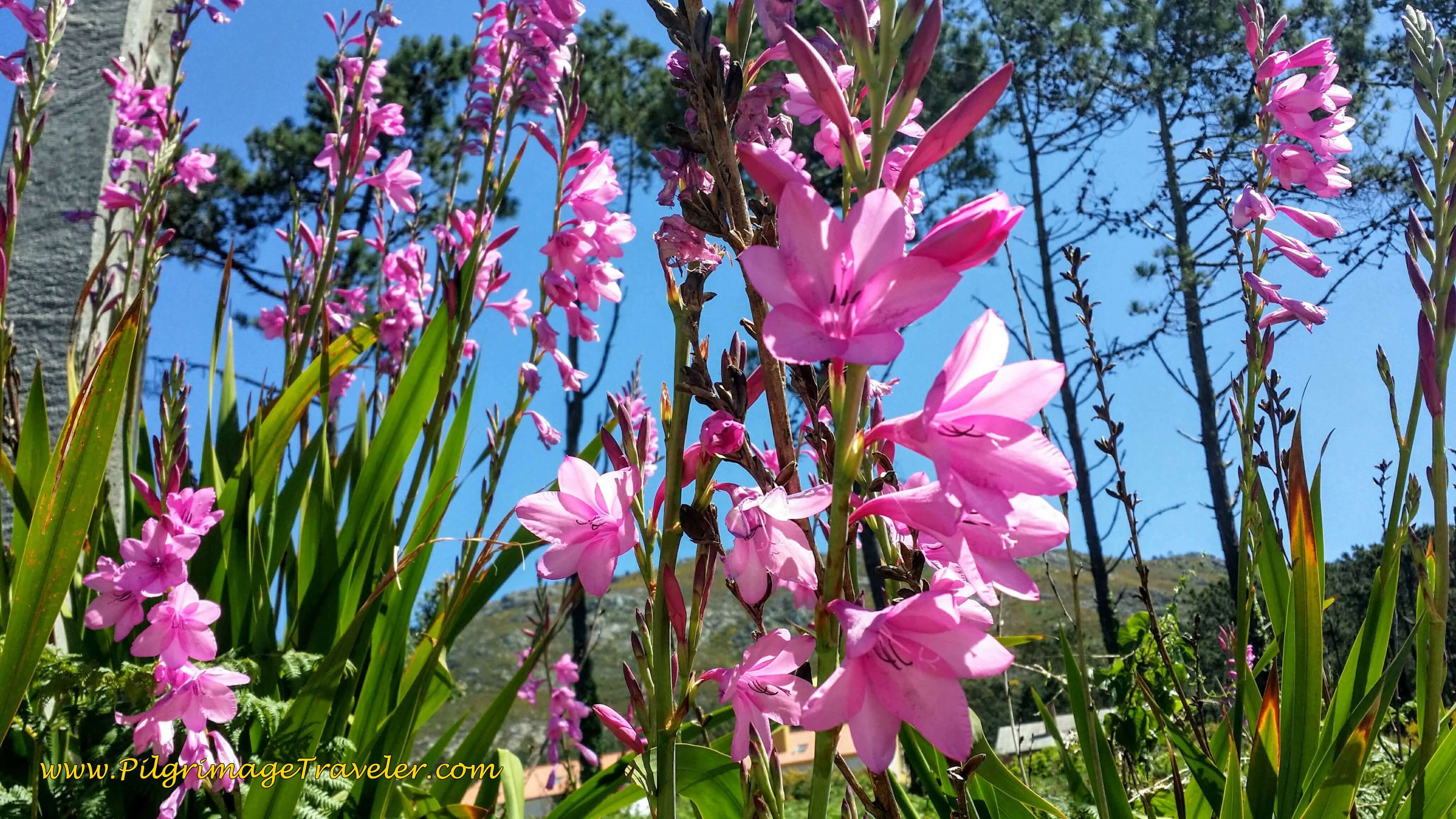
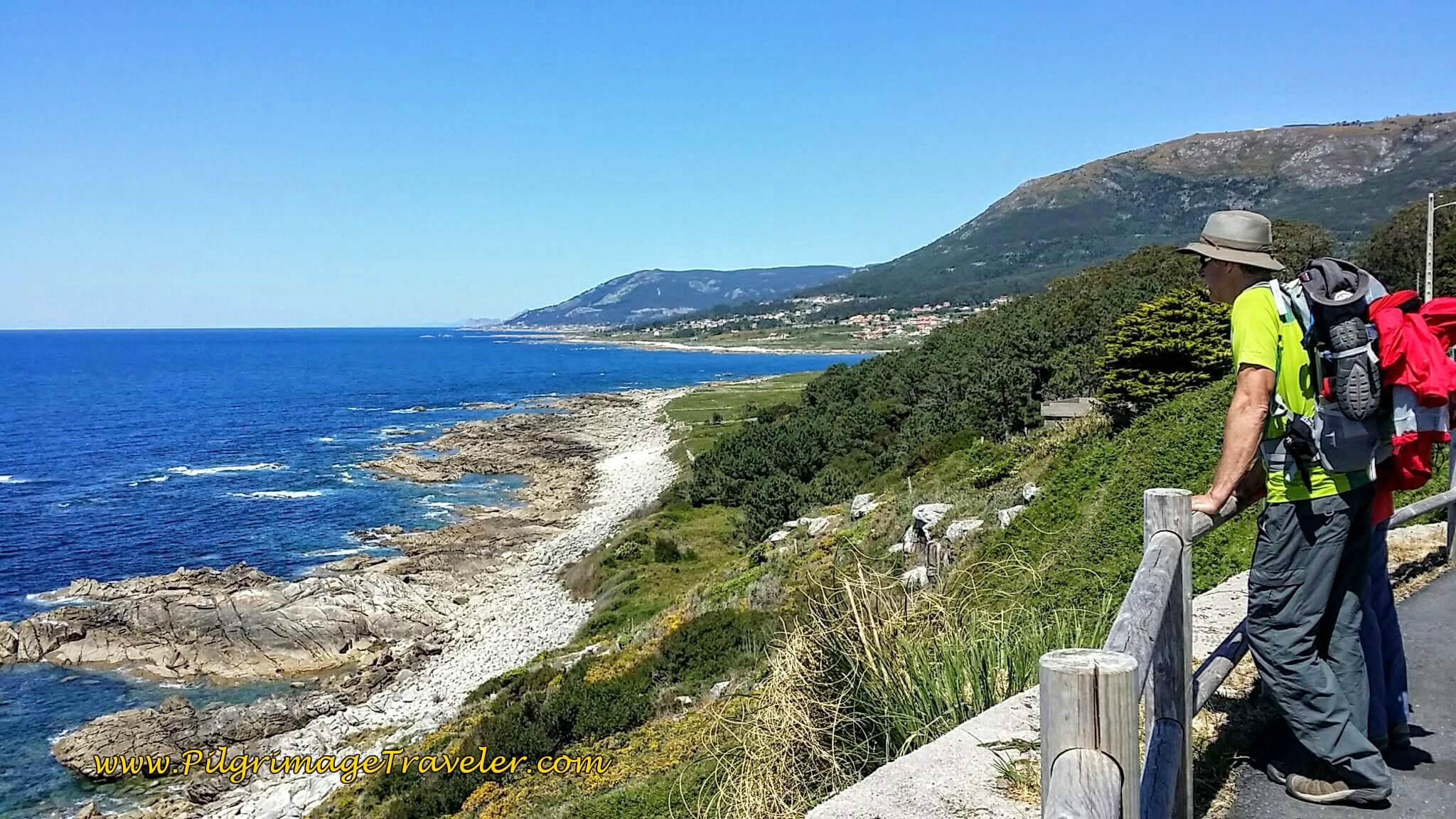
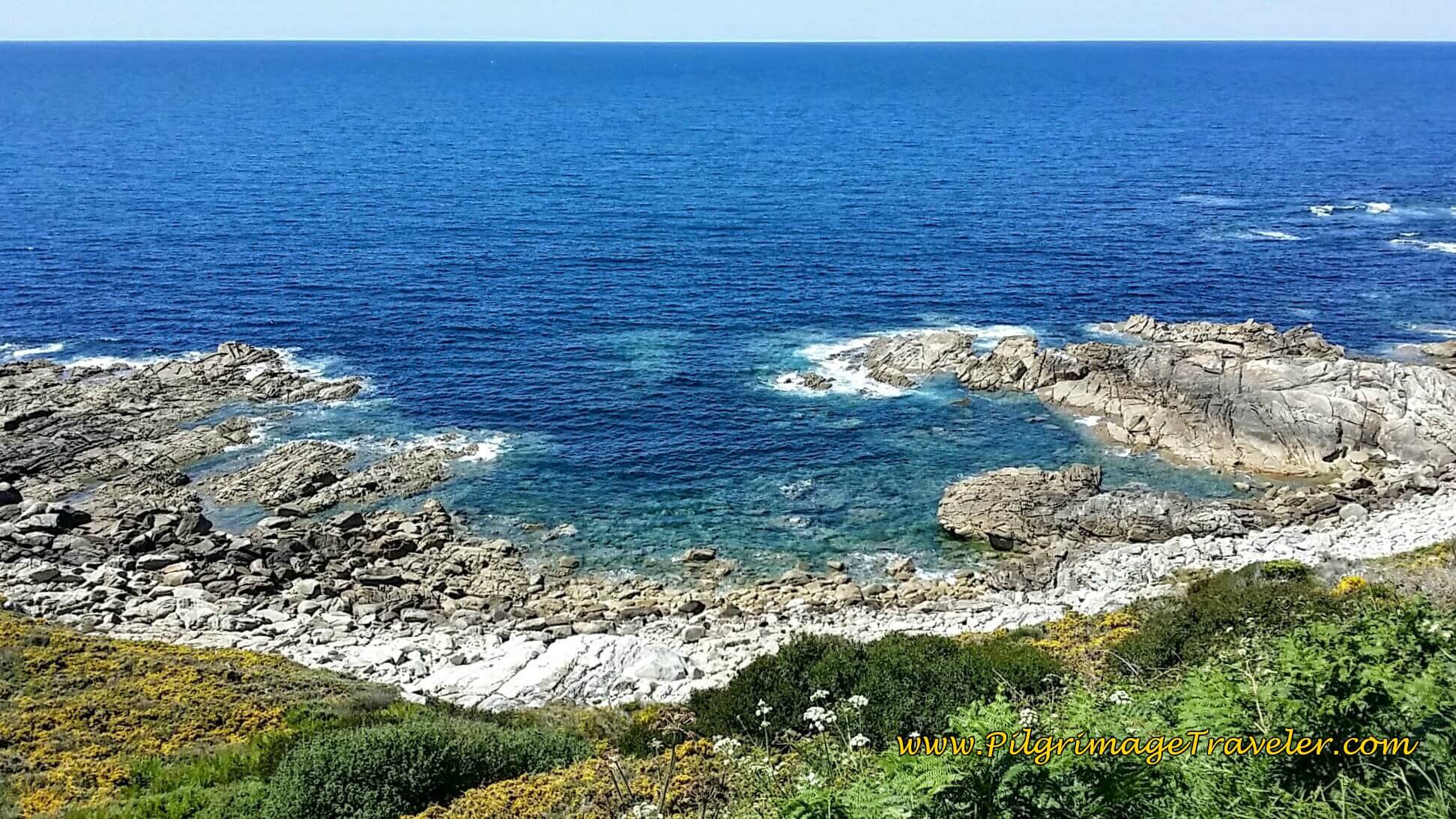
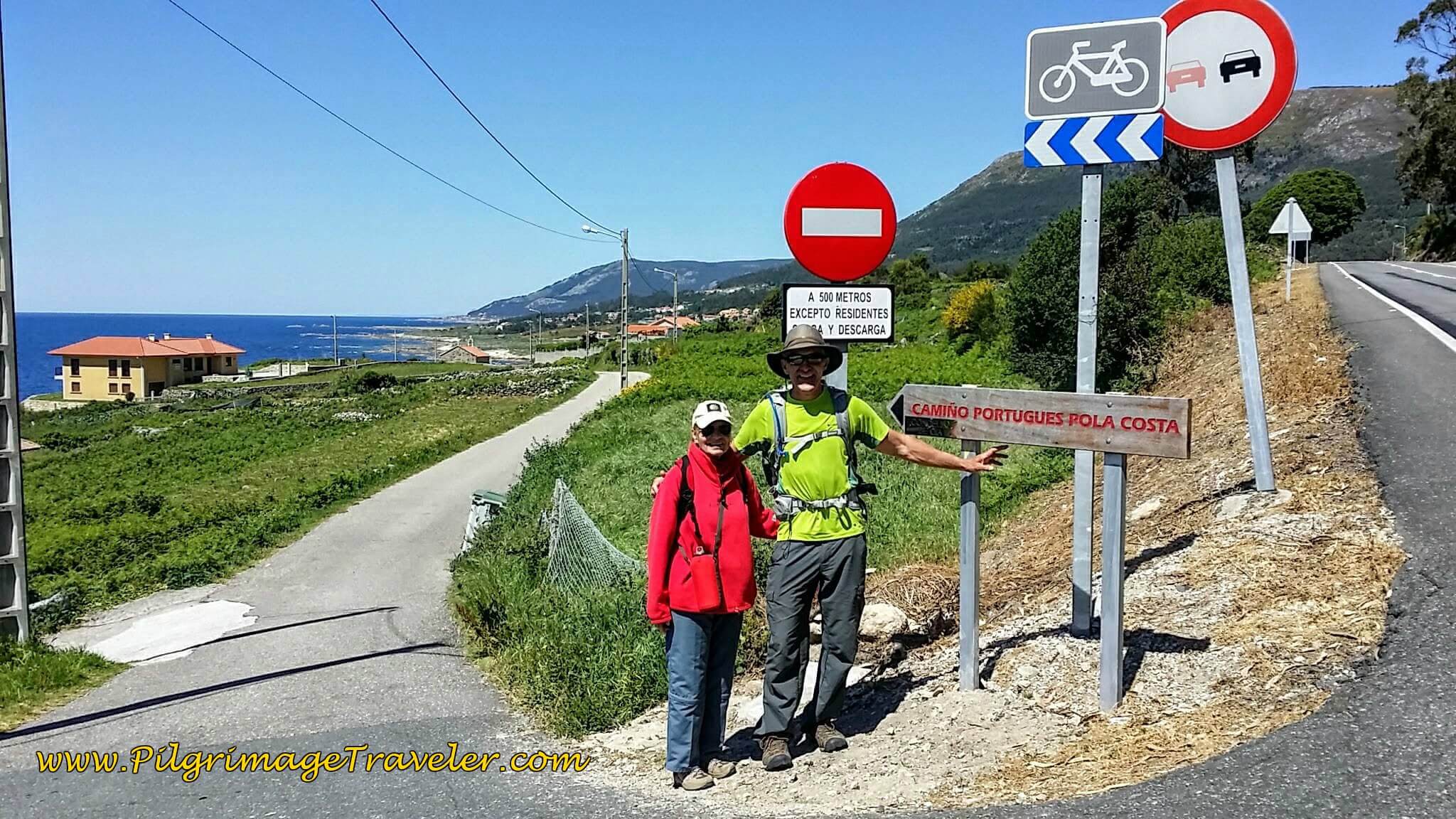
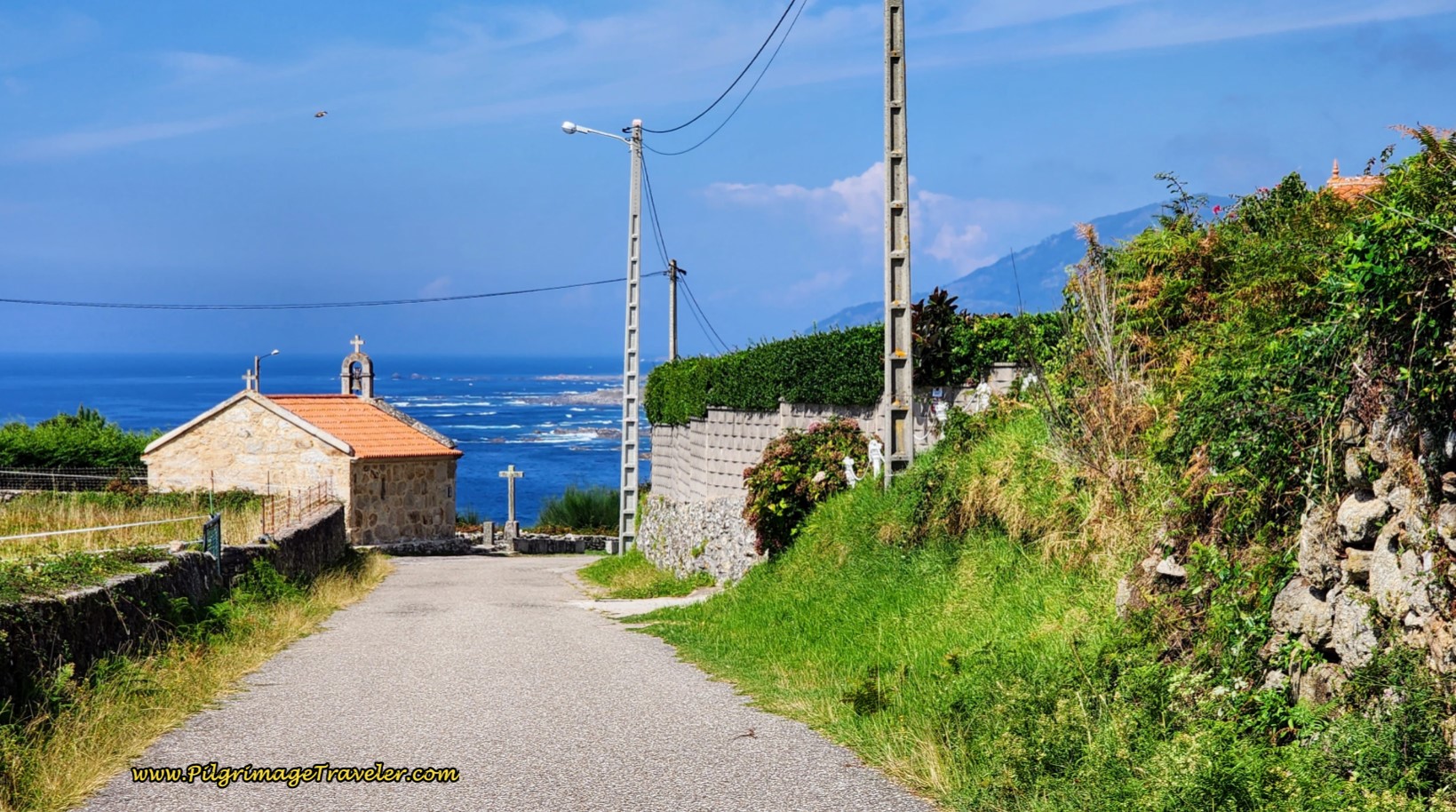

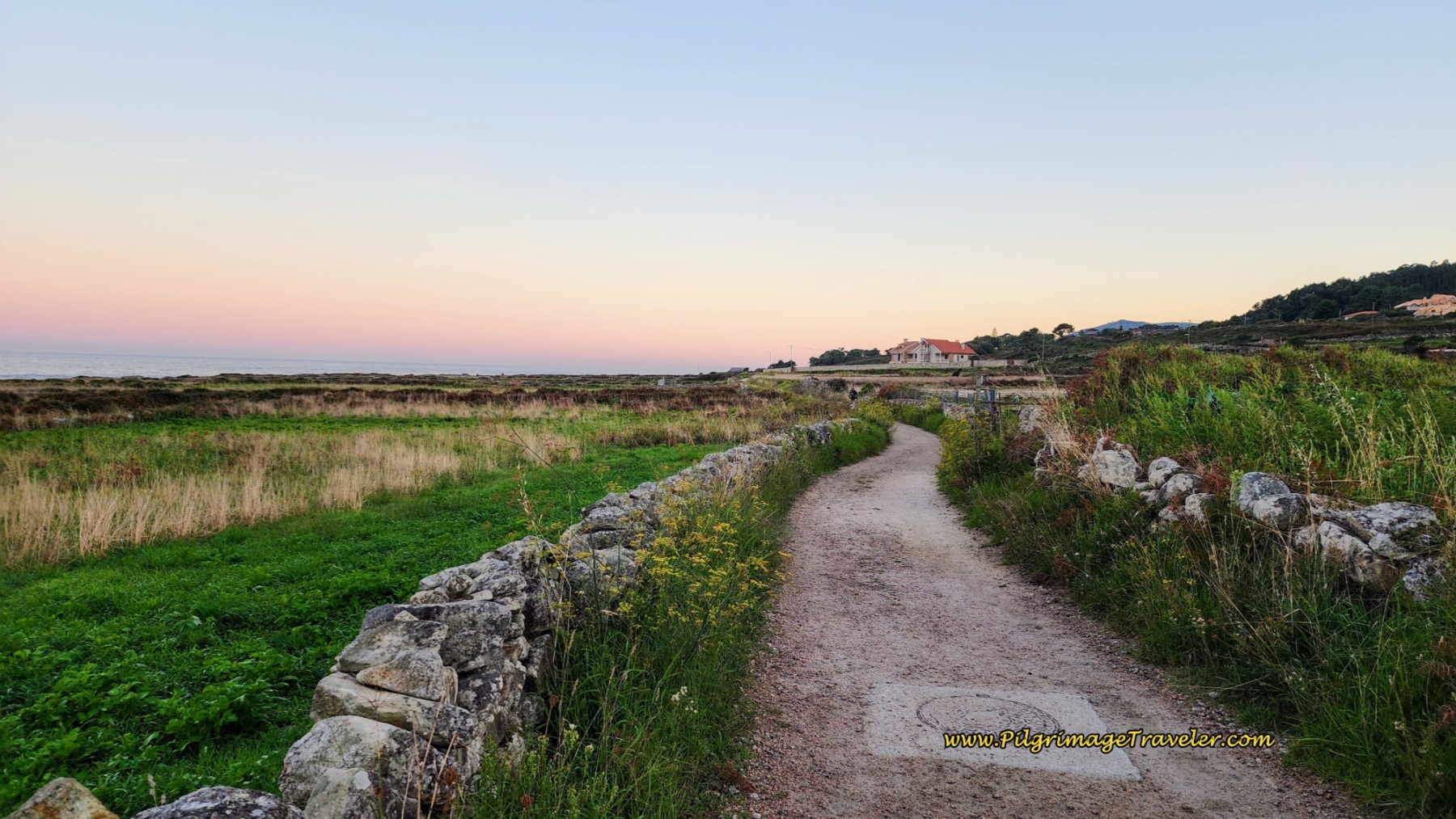
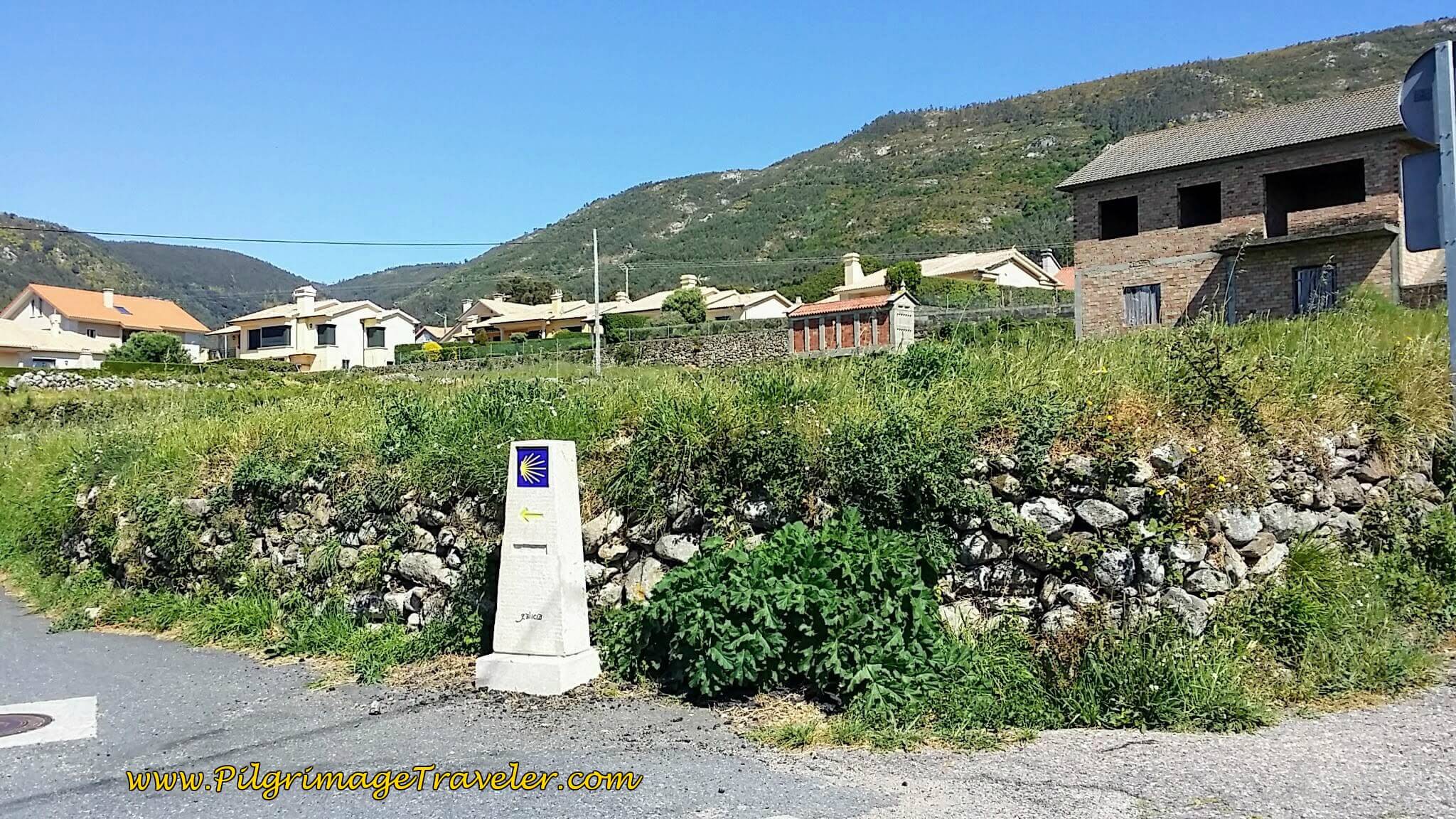





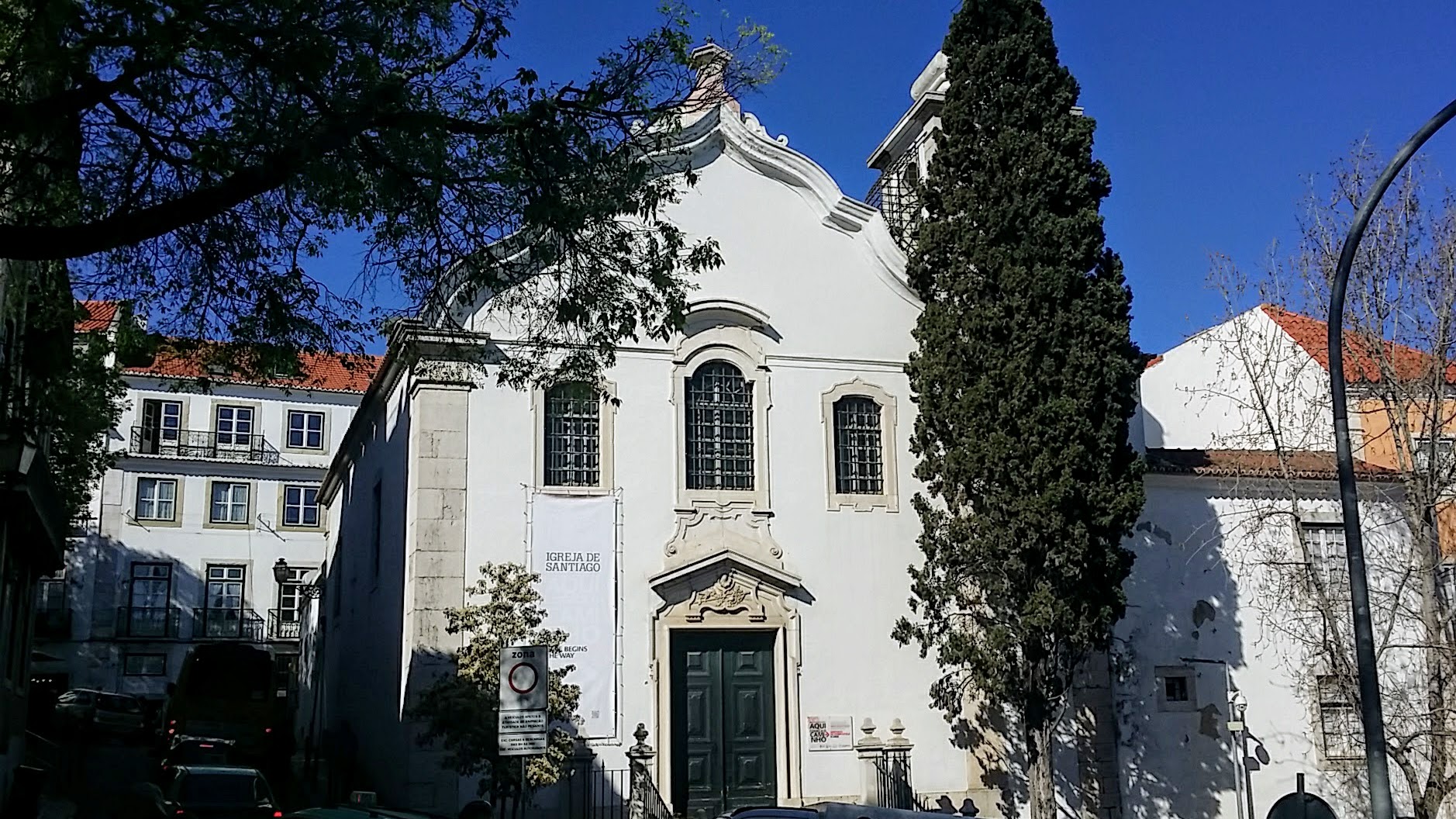

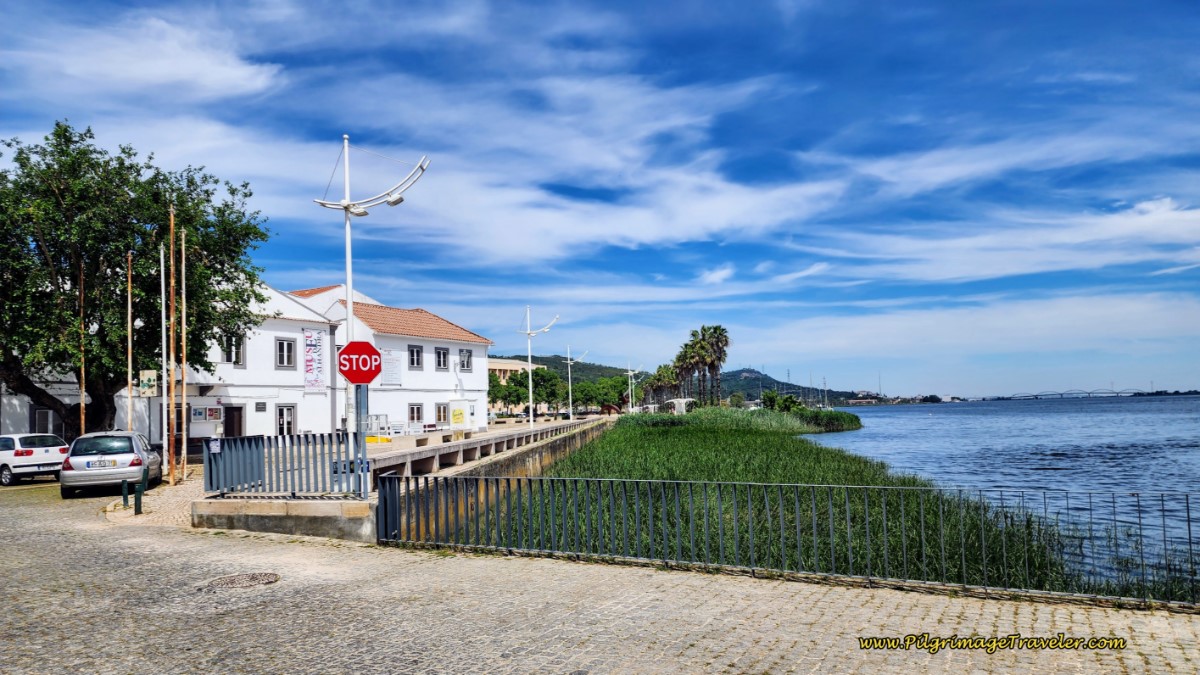









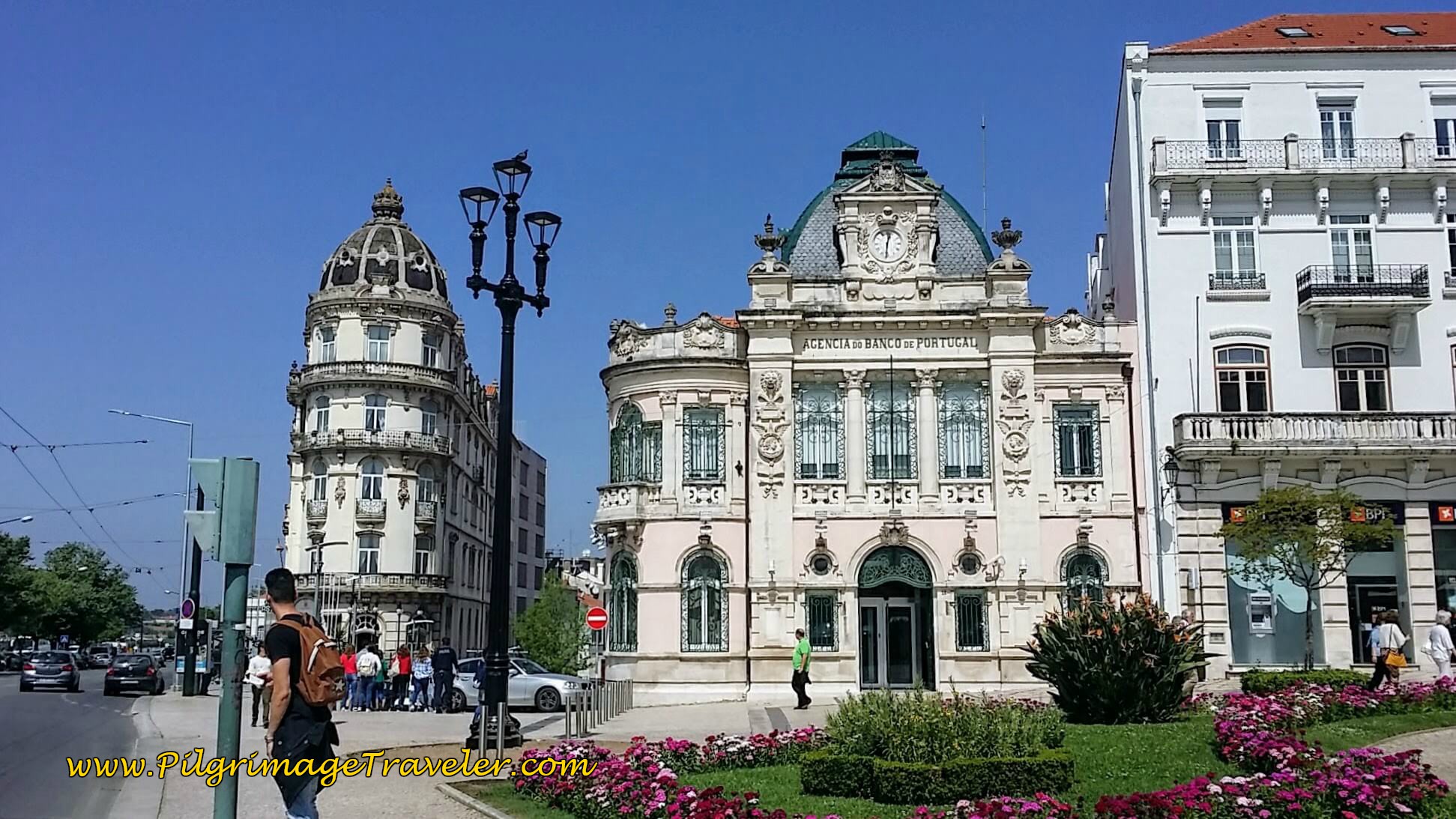






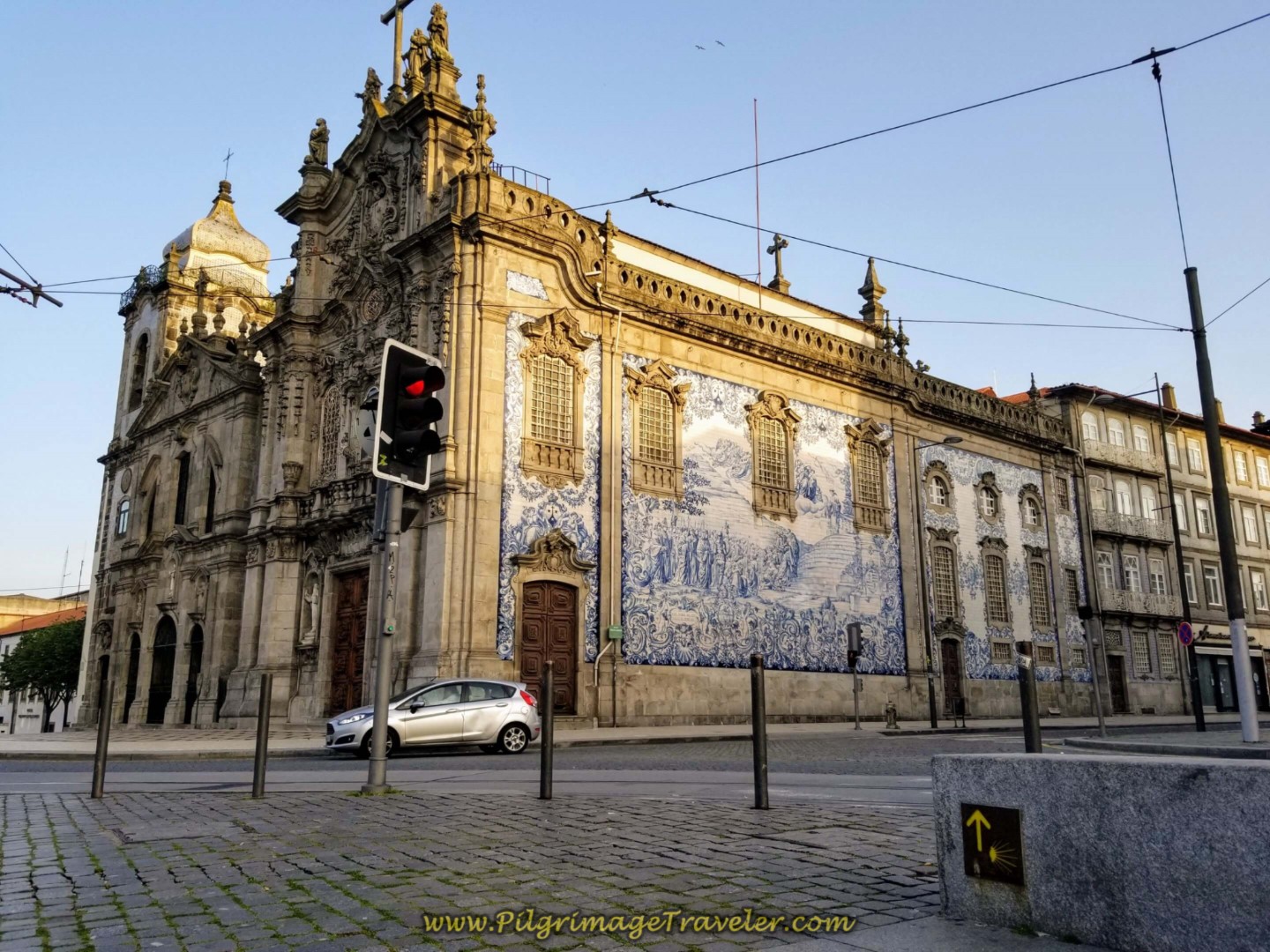








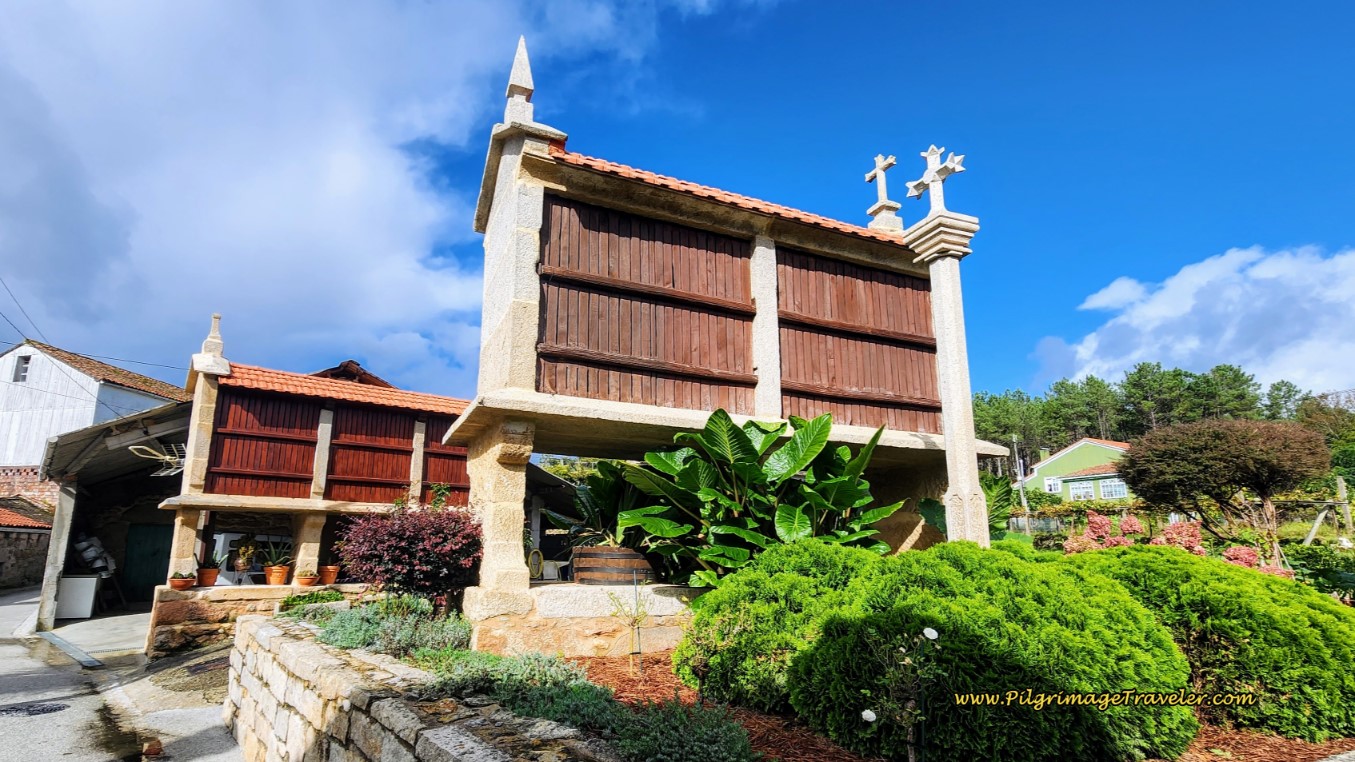

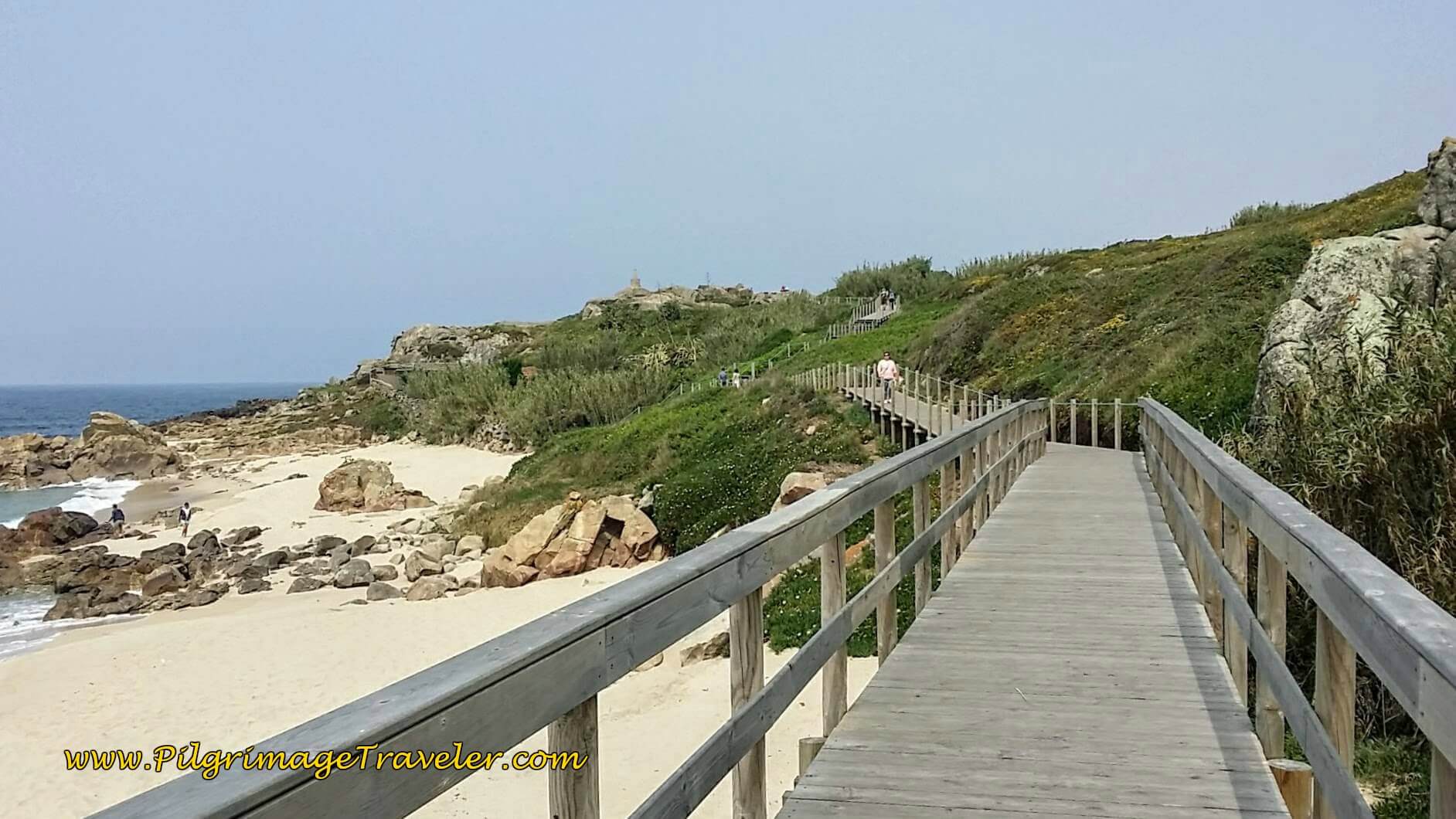

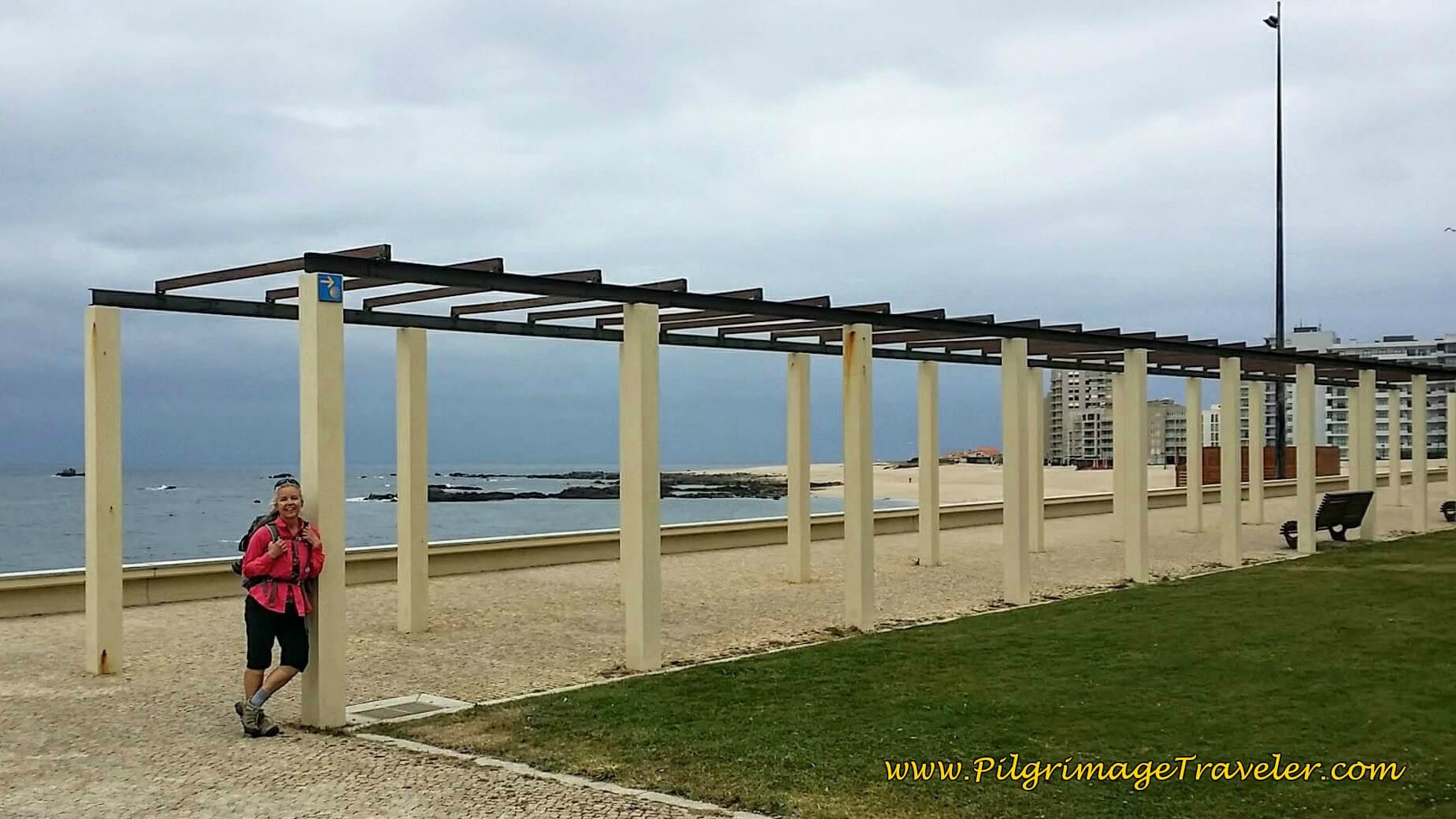

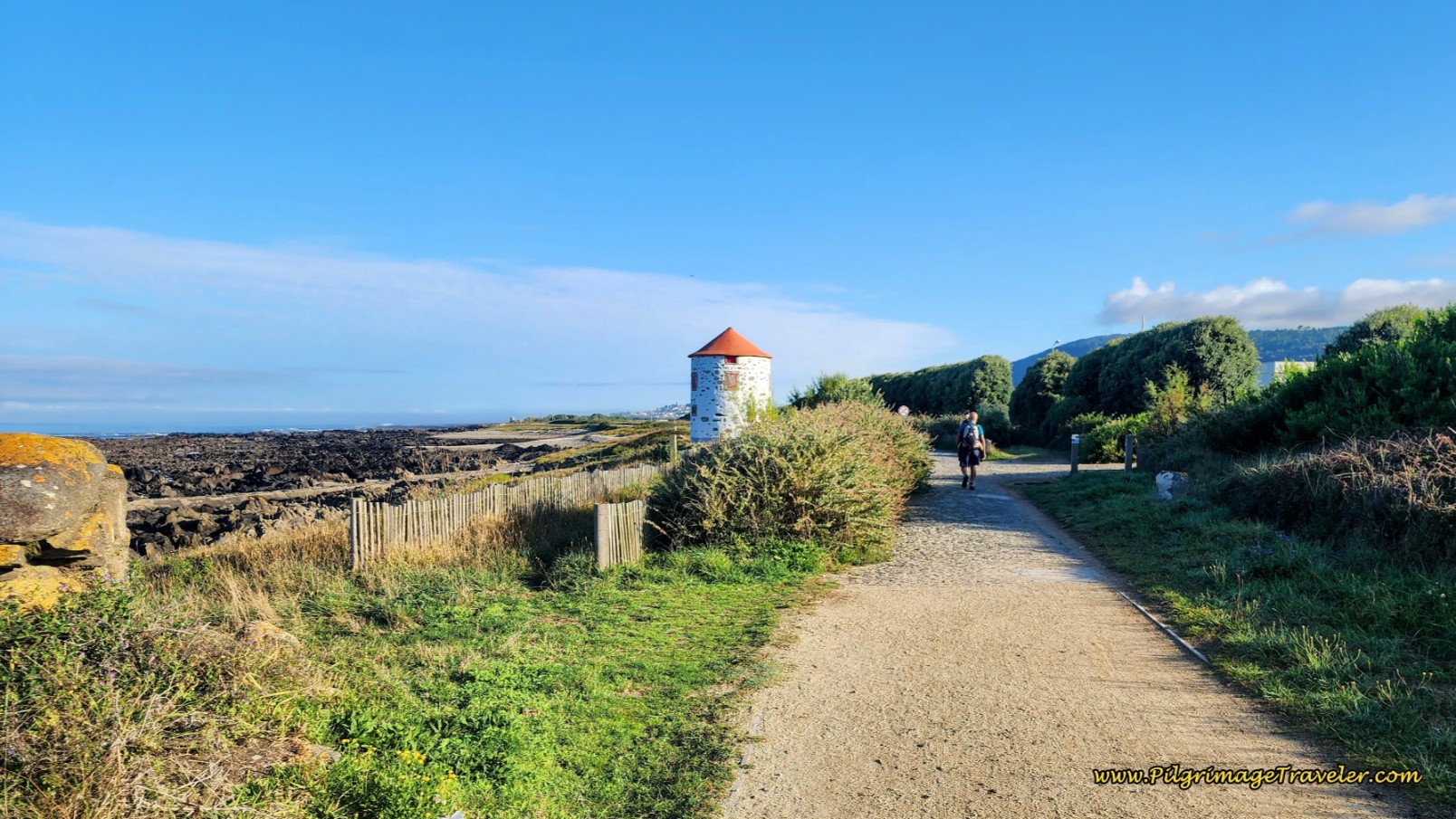








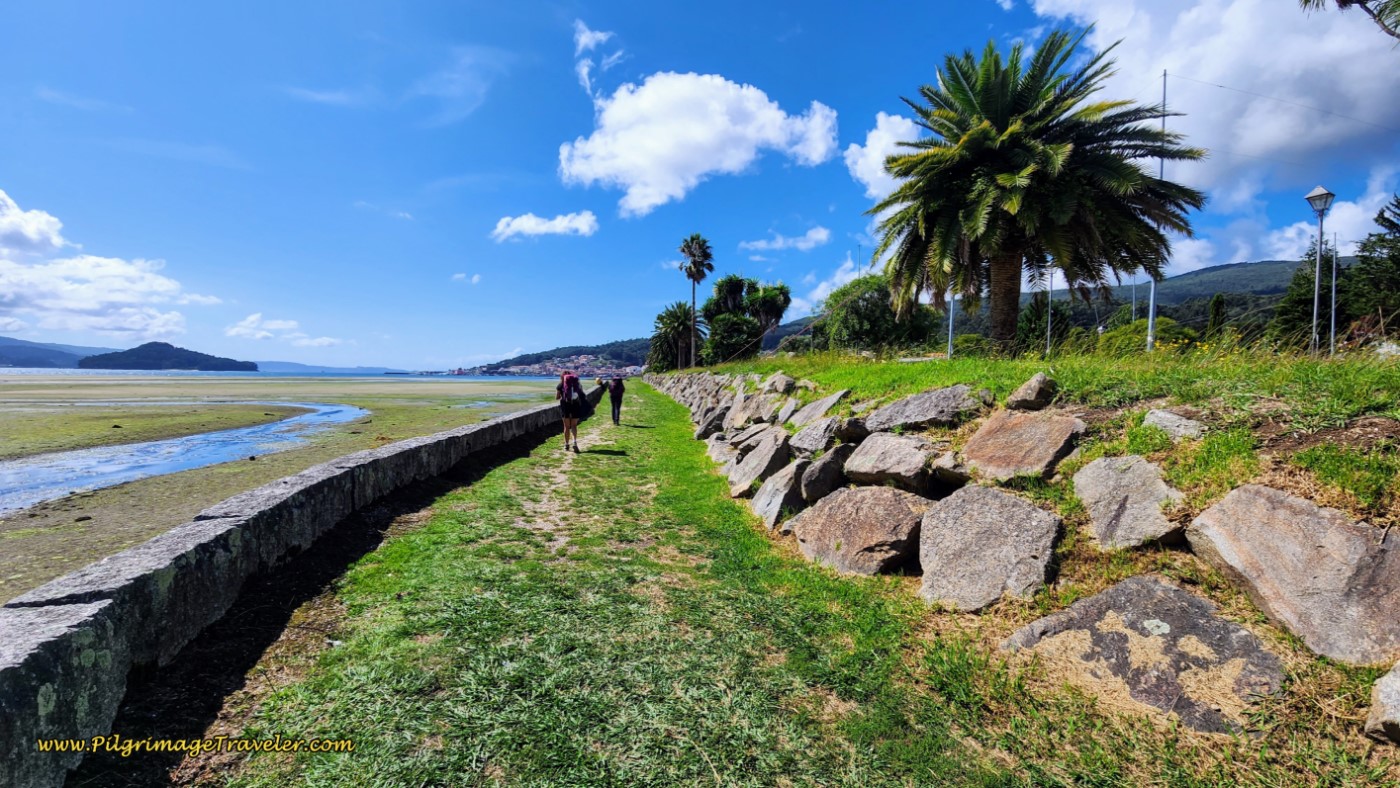
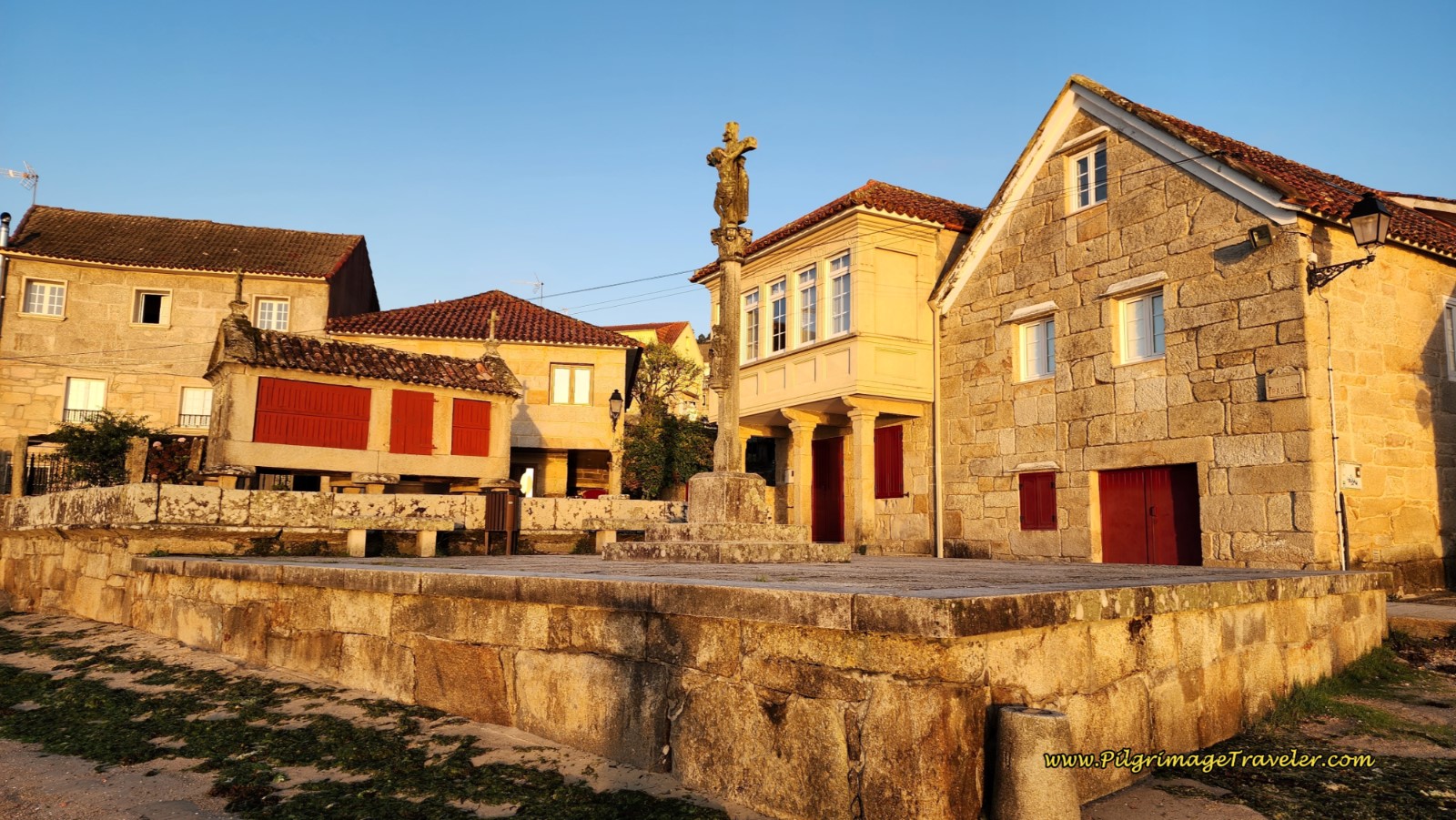



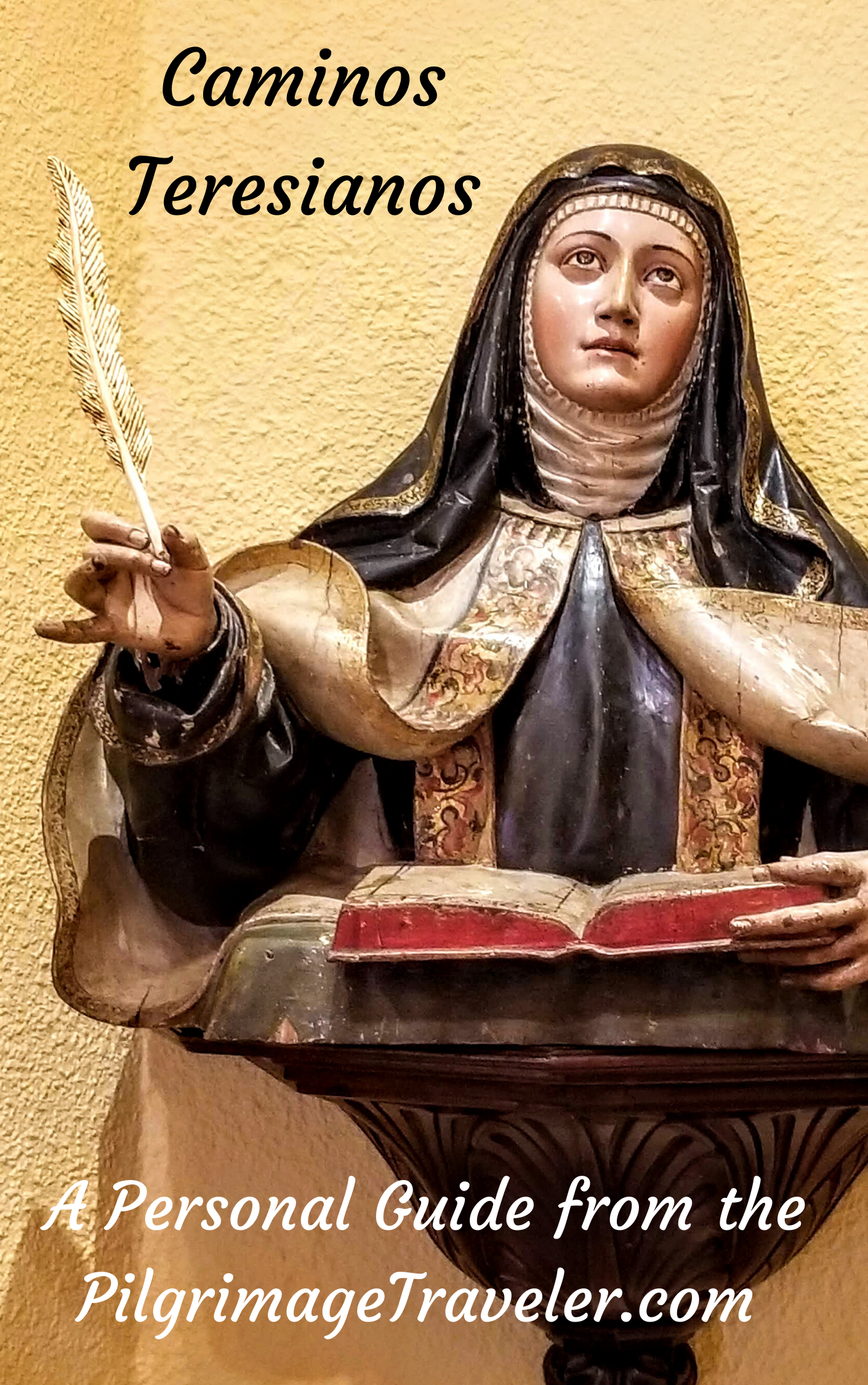
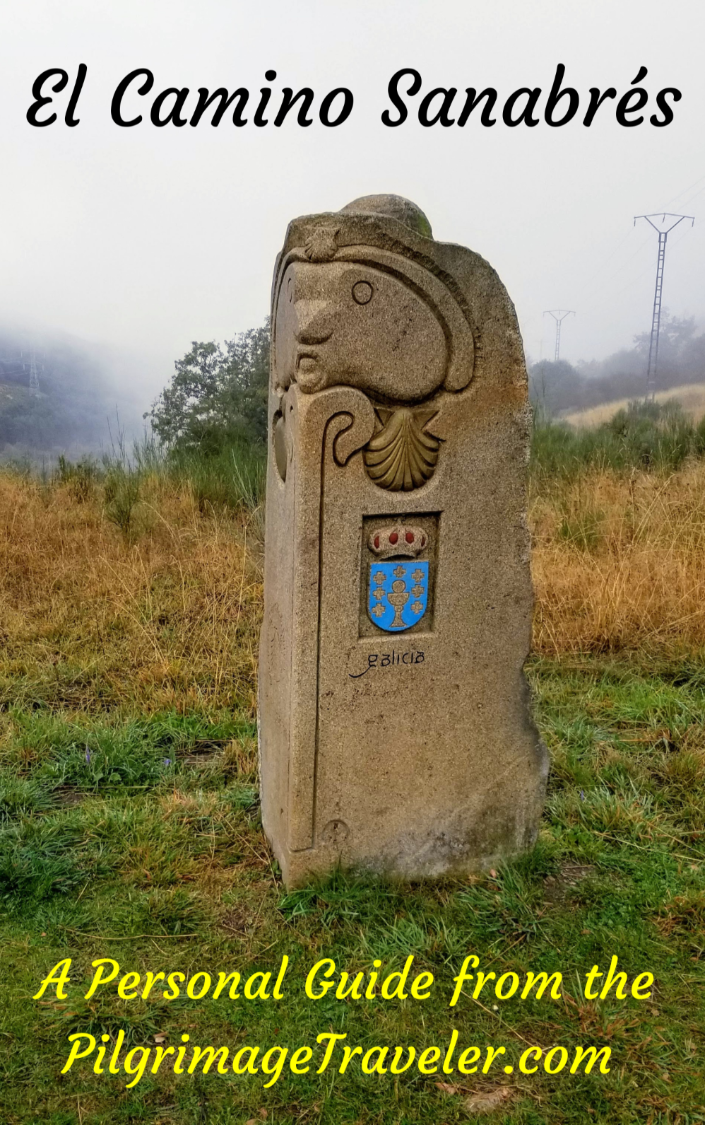
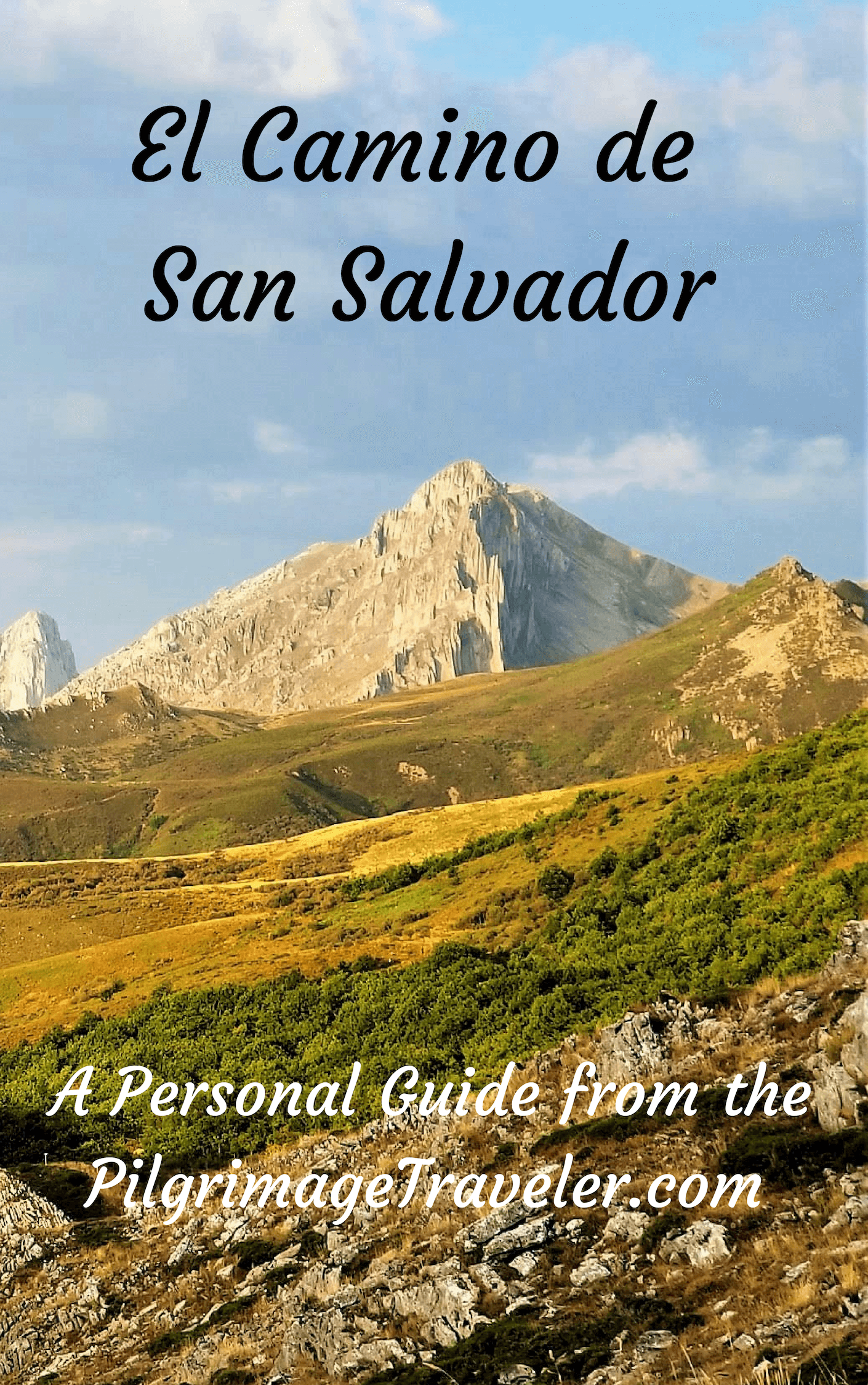
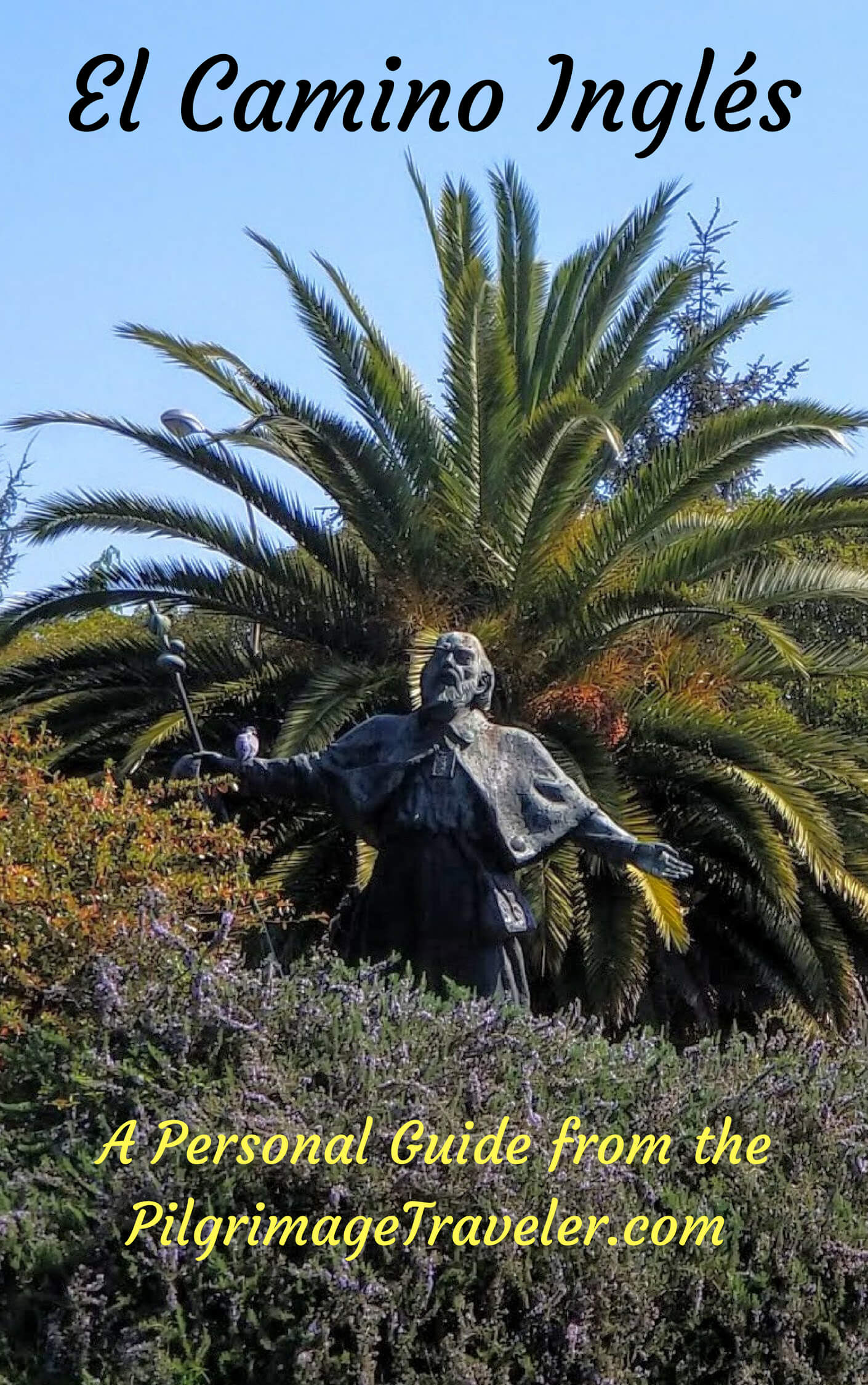
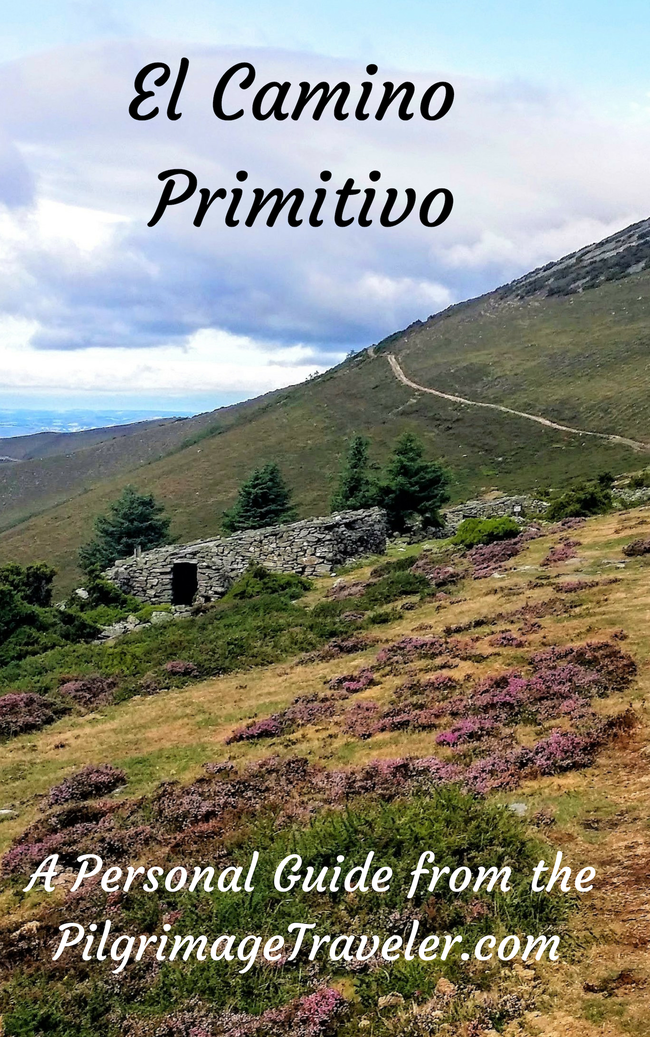
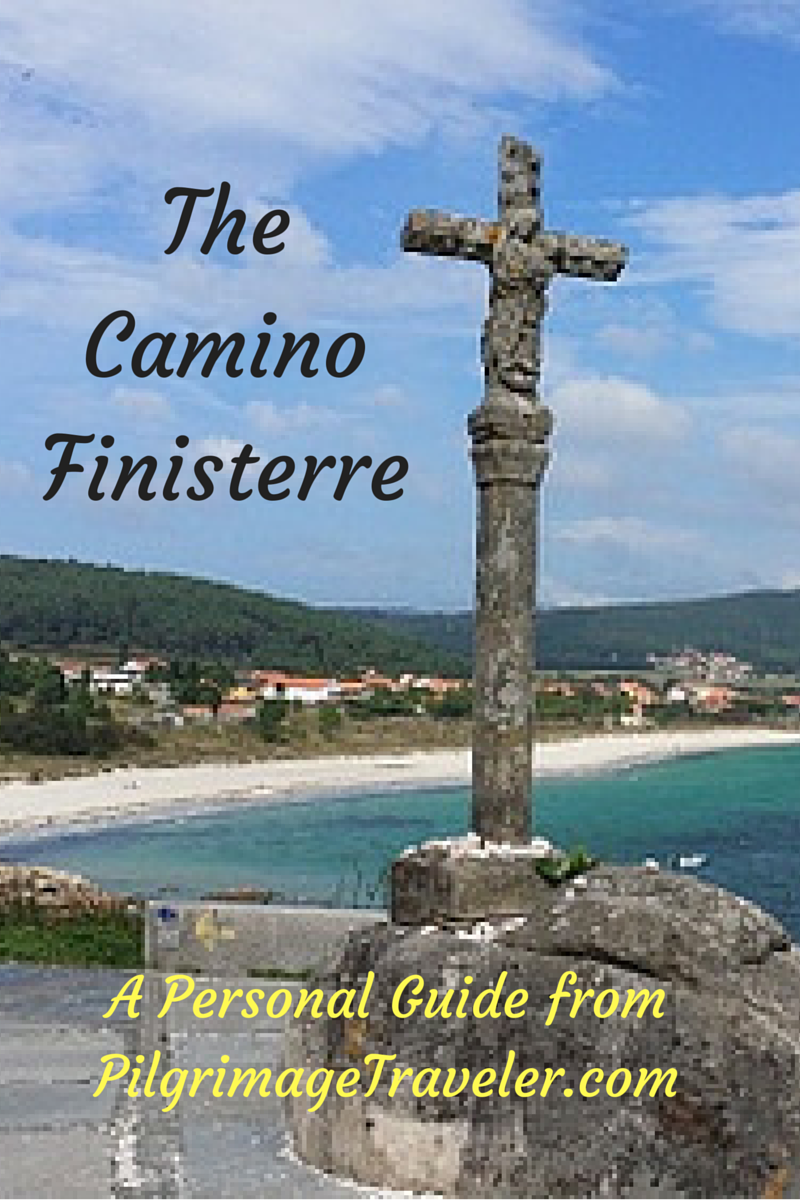
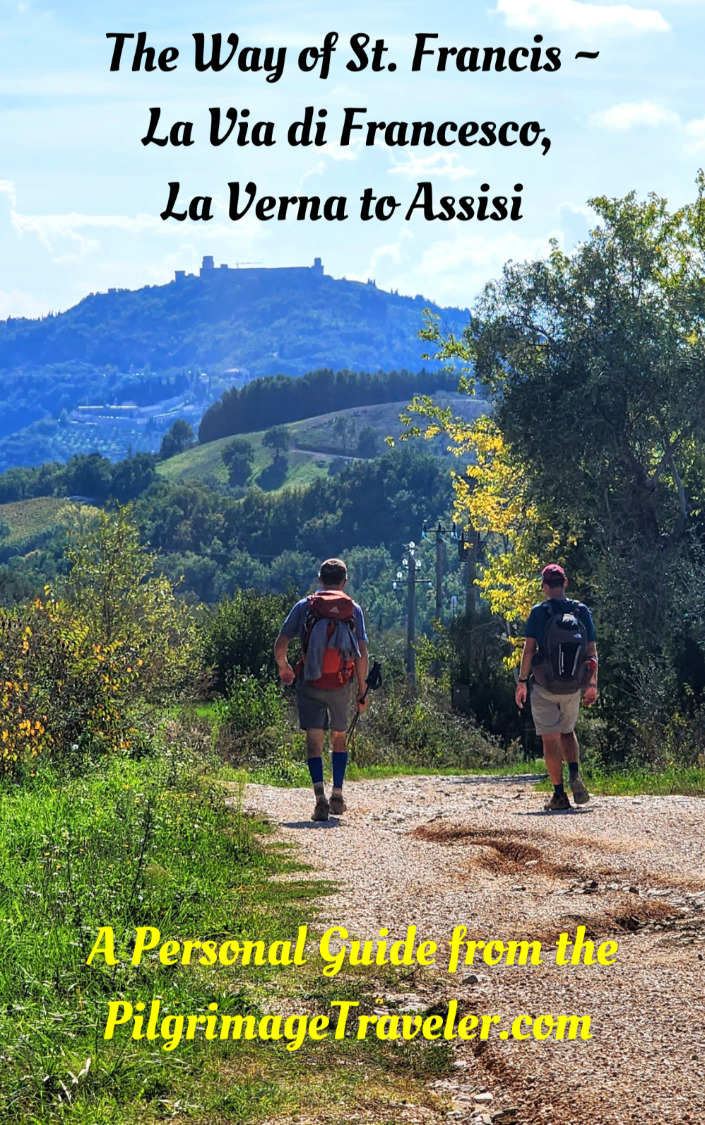
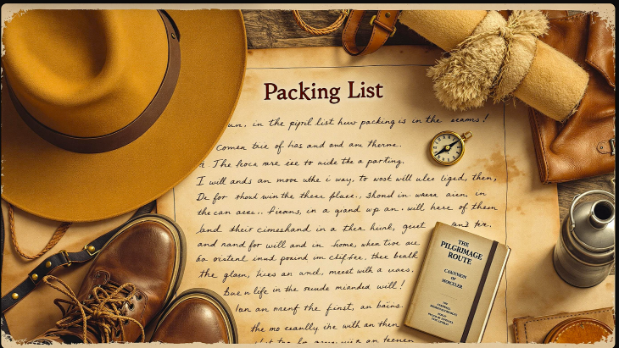
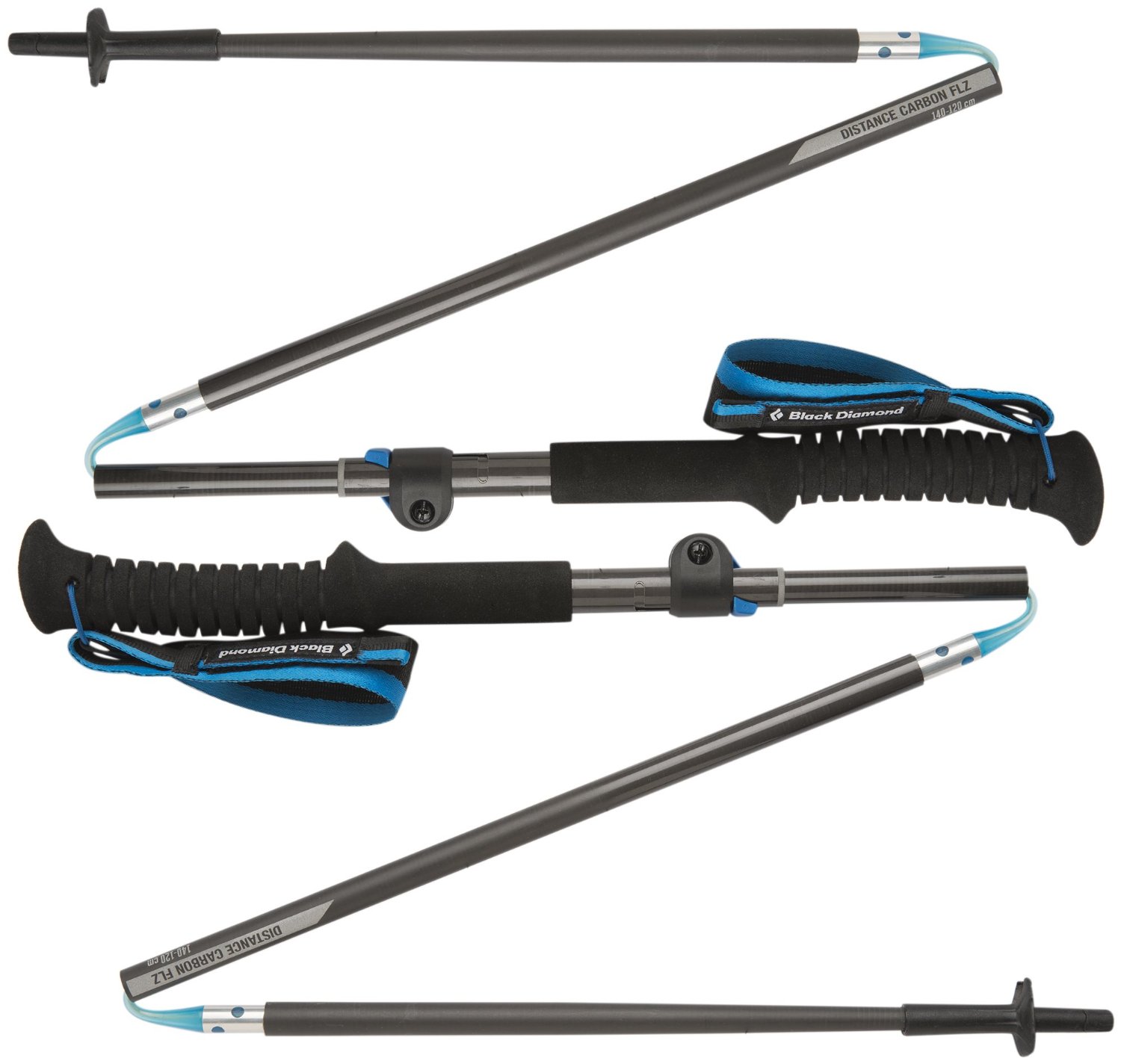

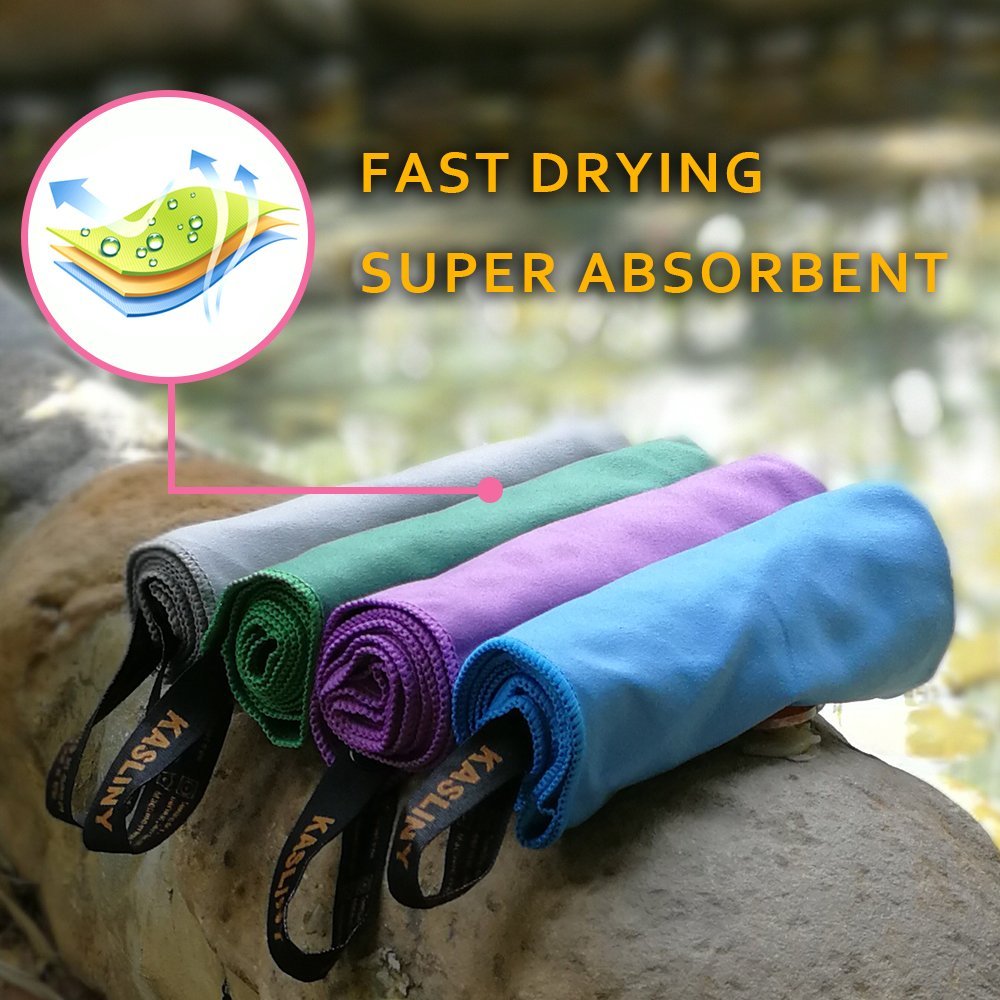
Your Opinion Matters! Comments
Have you had a similar experience, have some advice to give, or have something else you'd like to share? We would love to hear from you! Please leave us a comment in the box below.